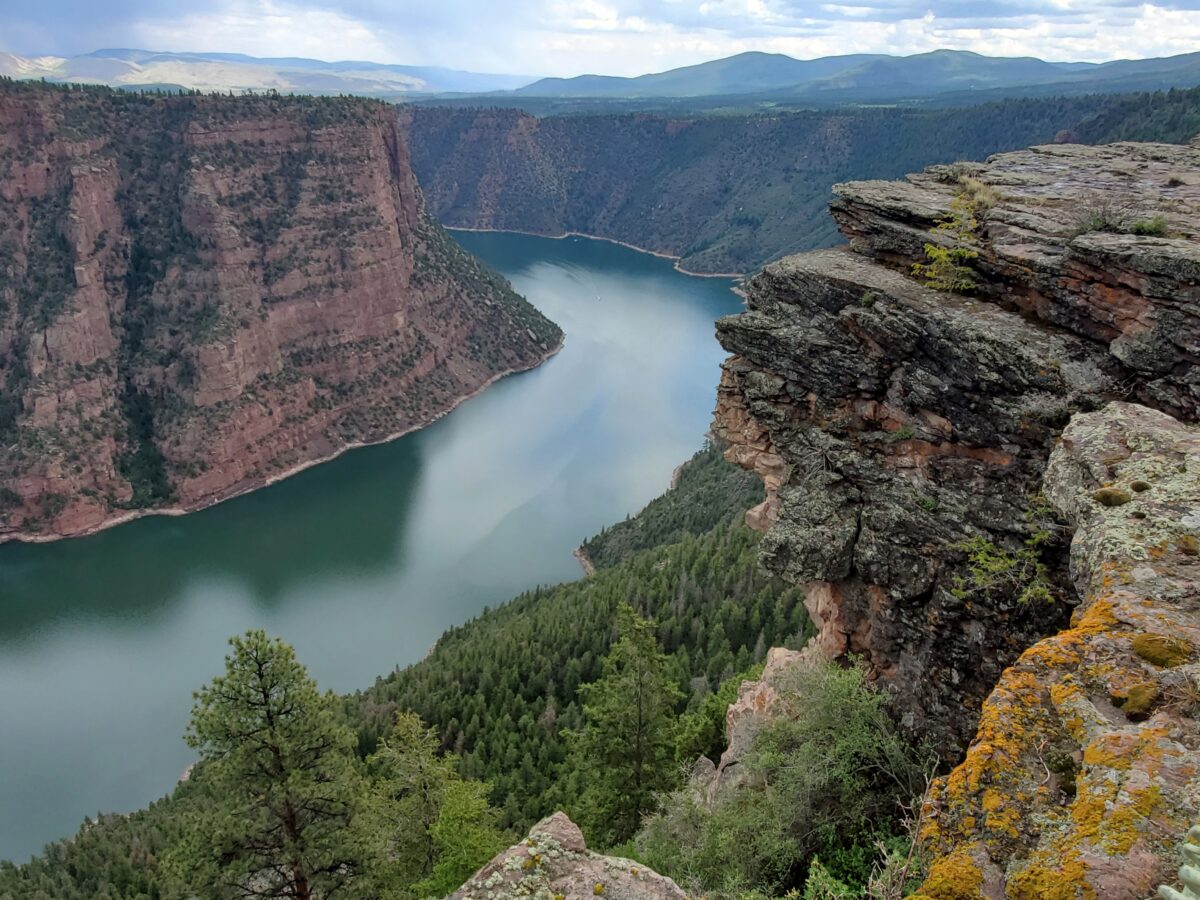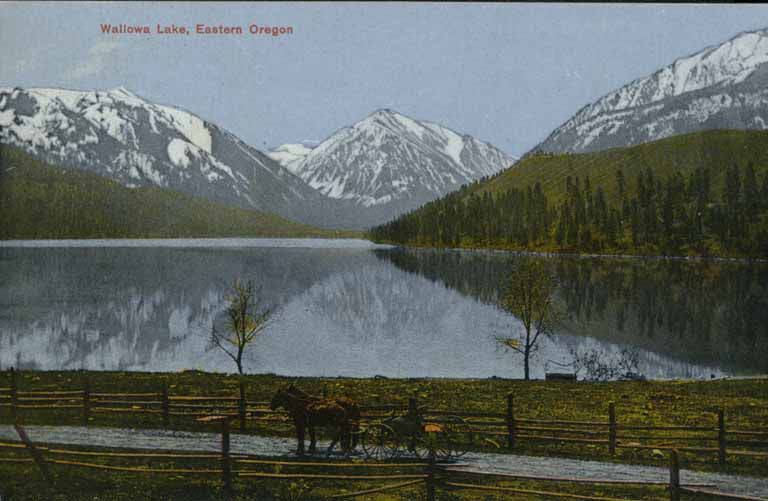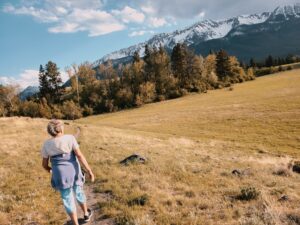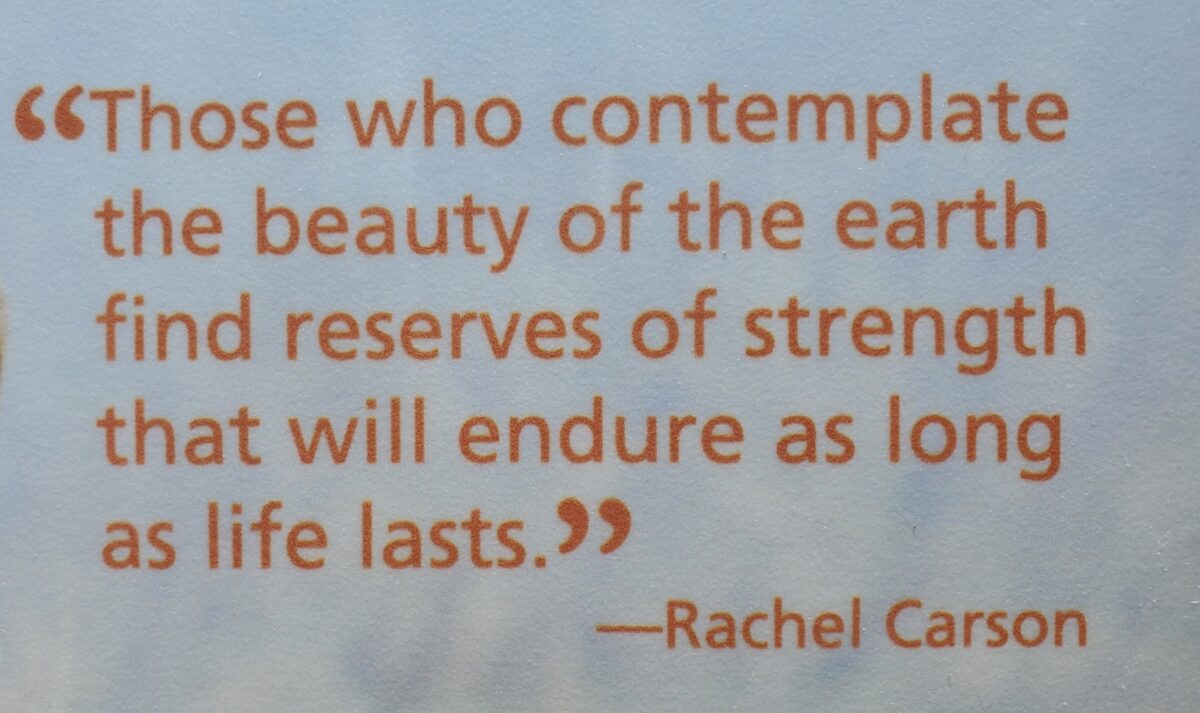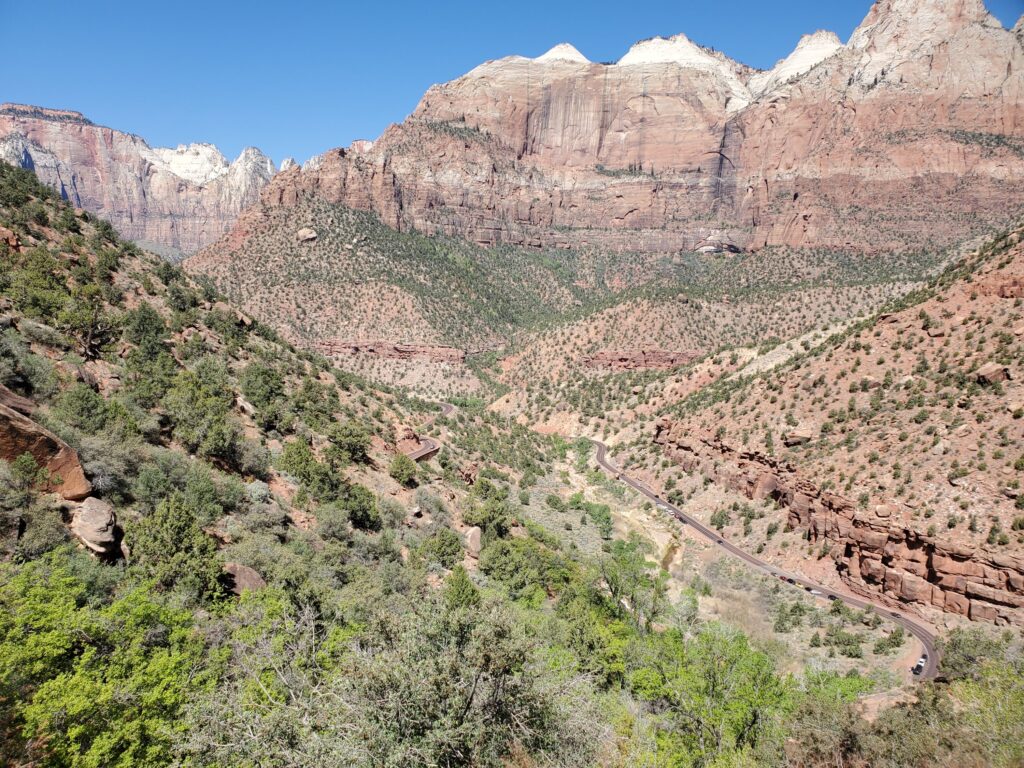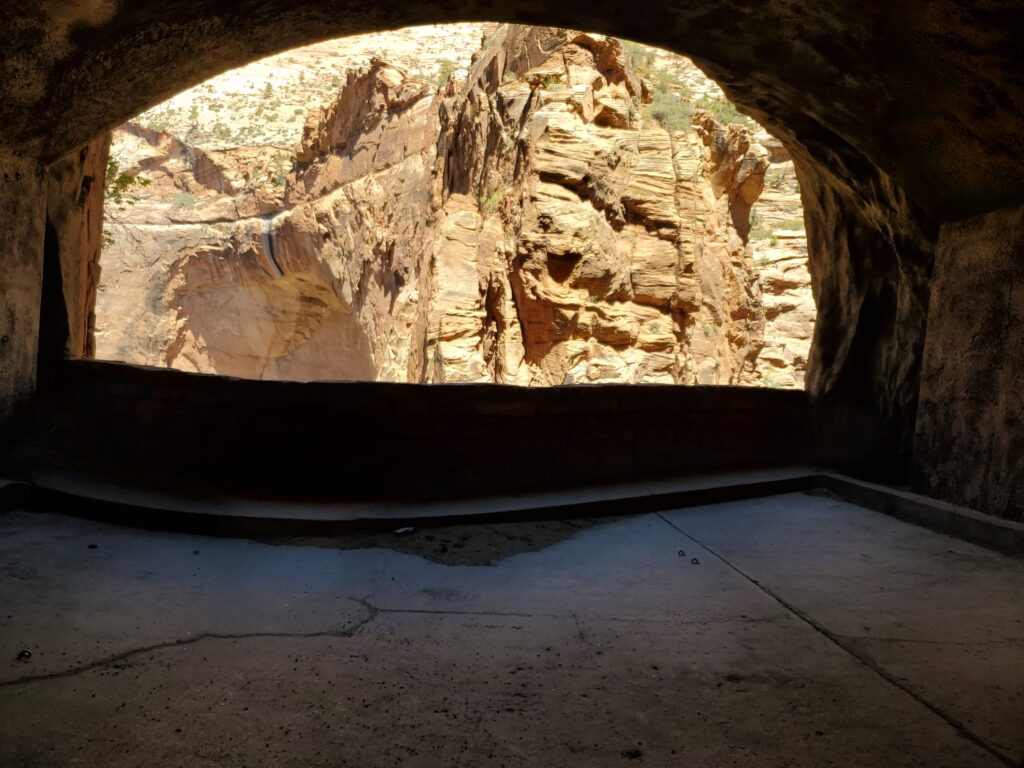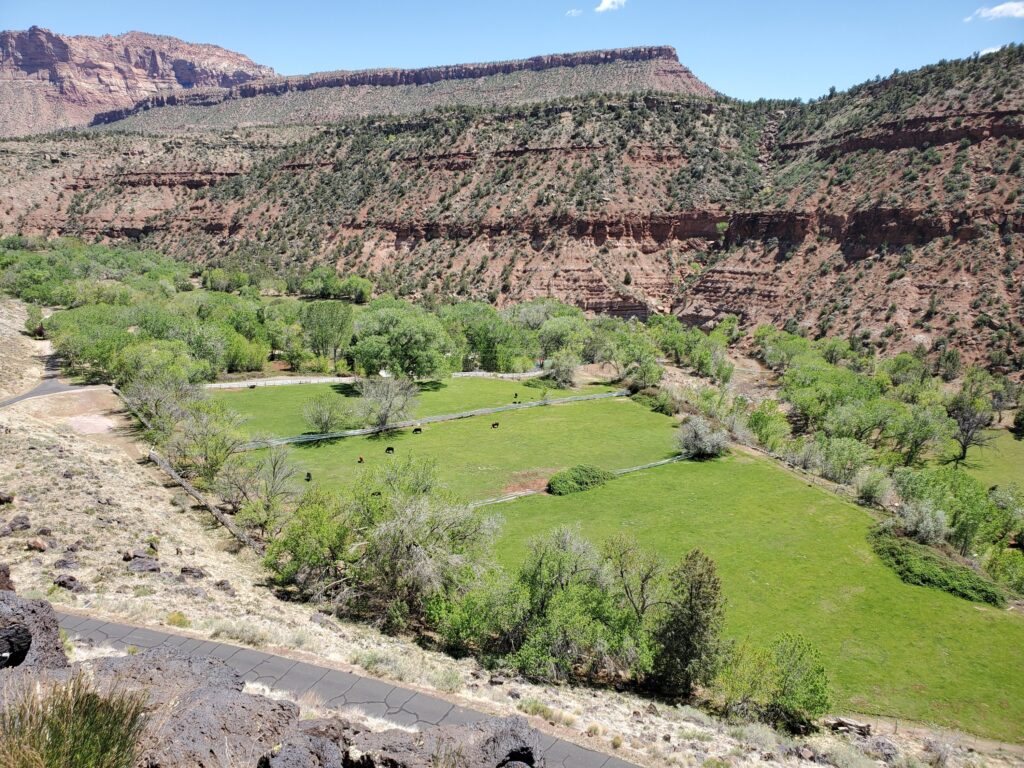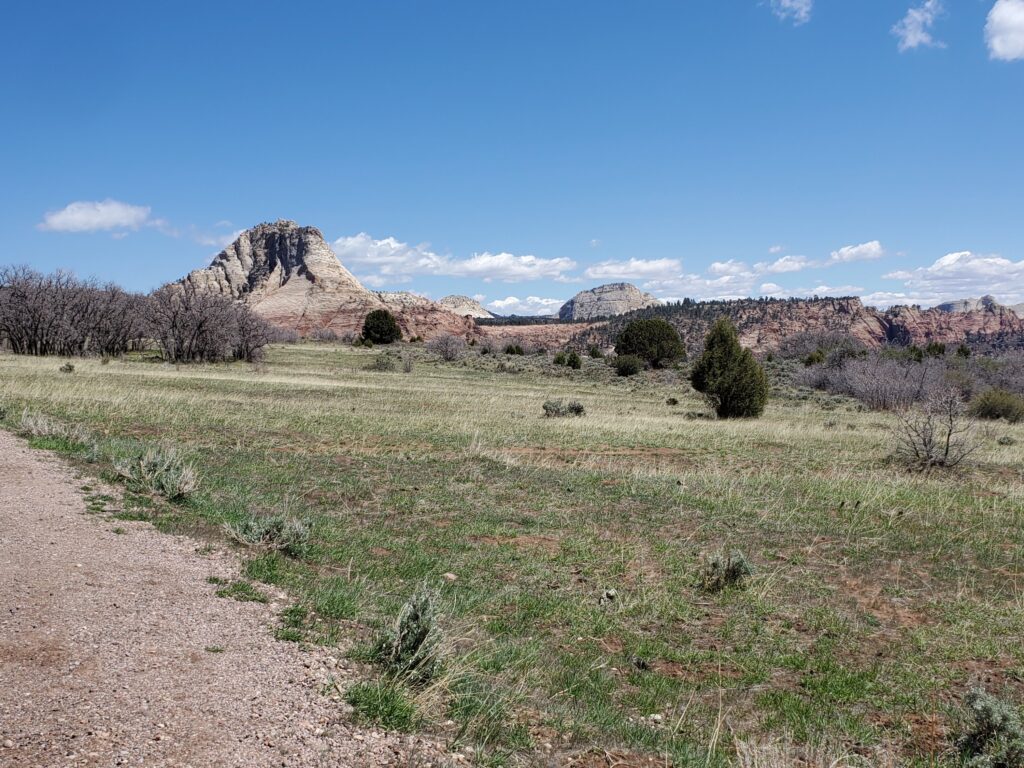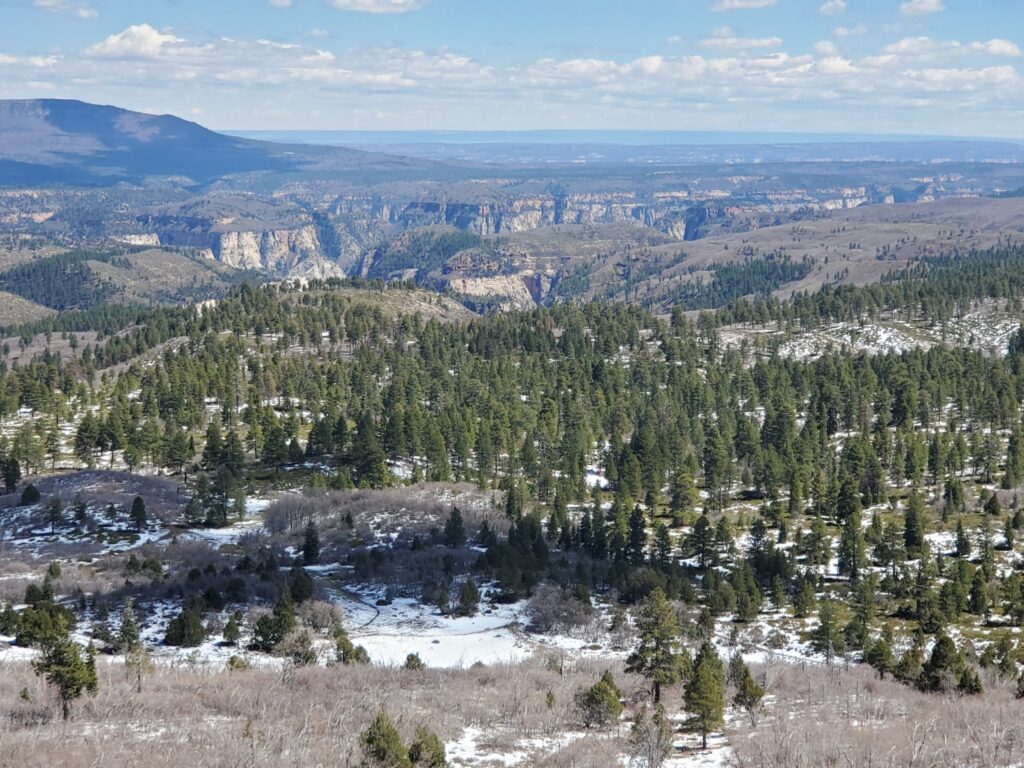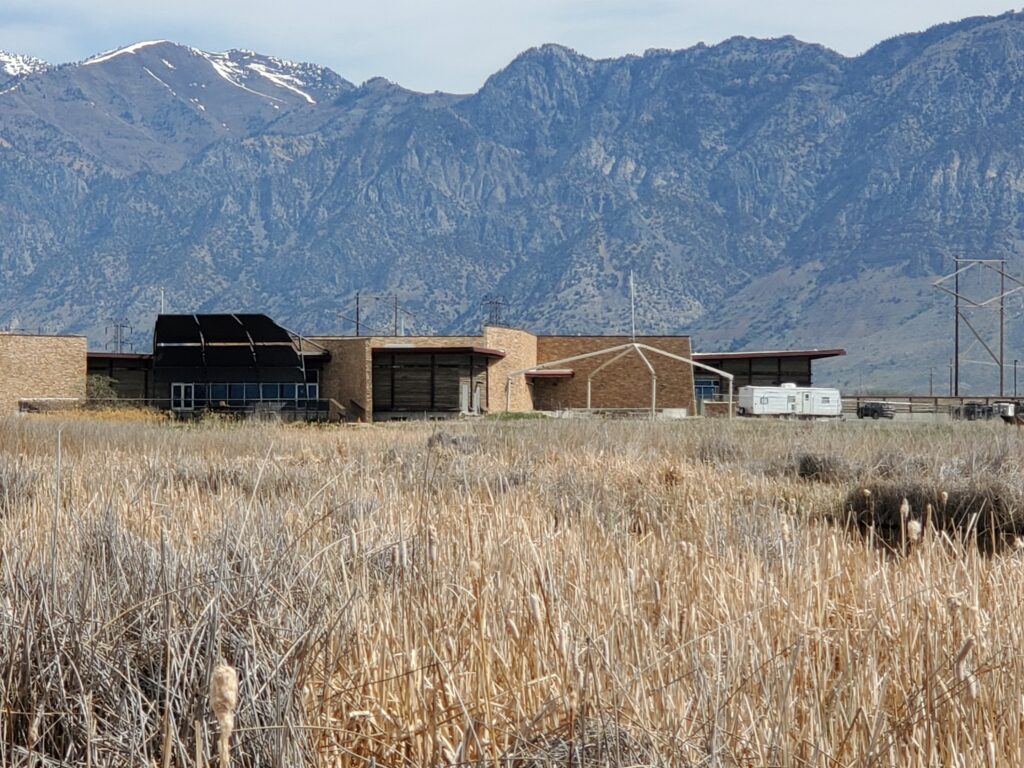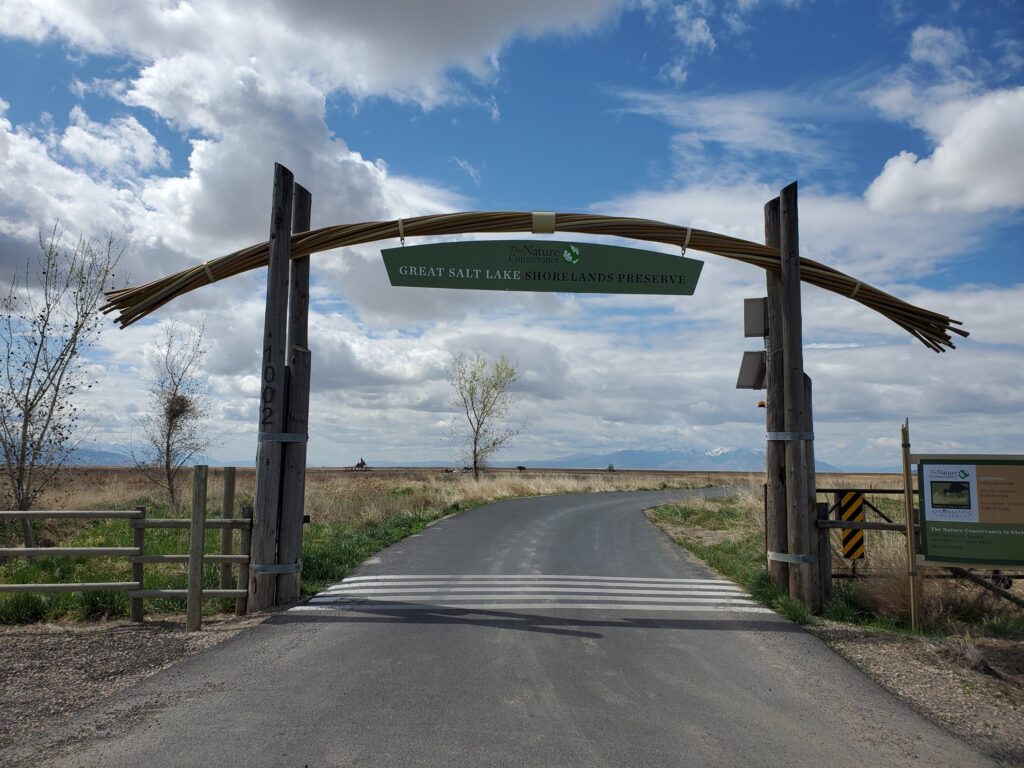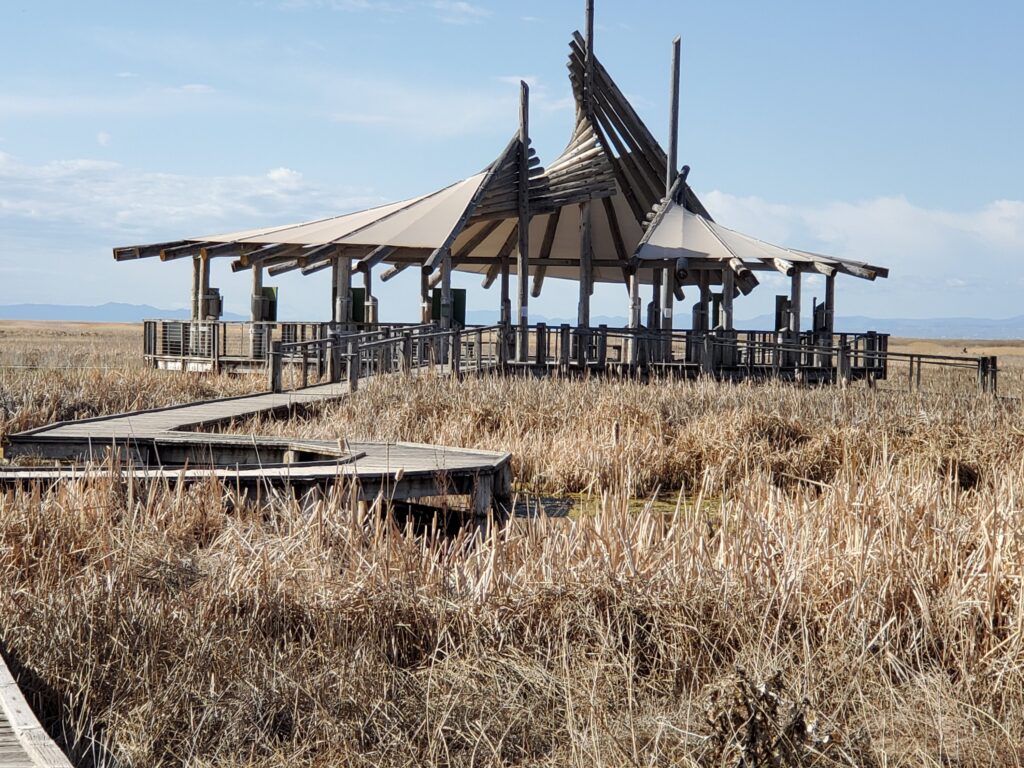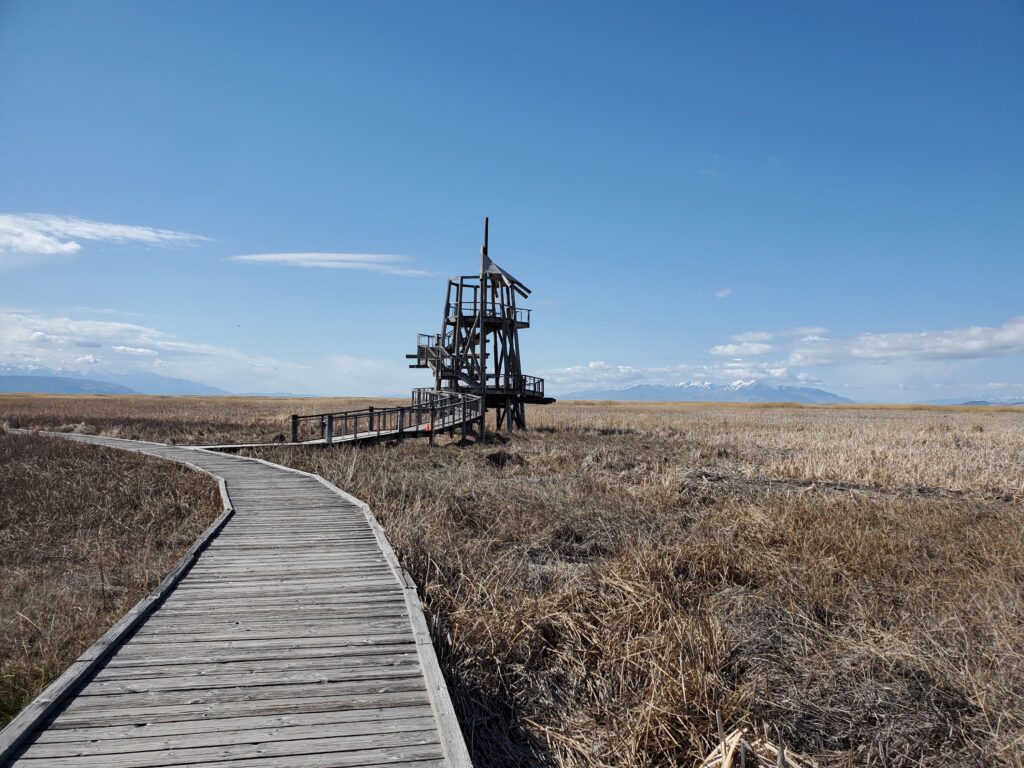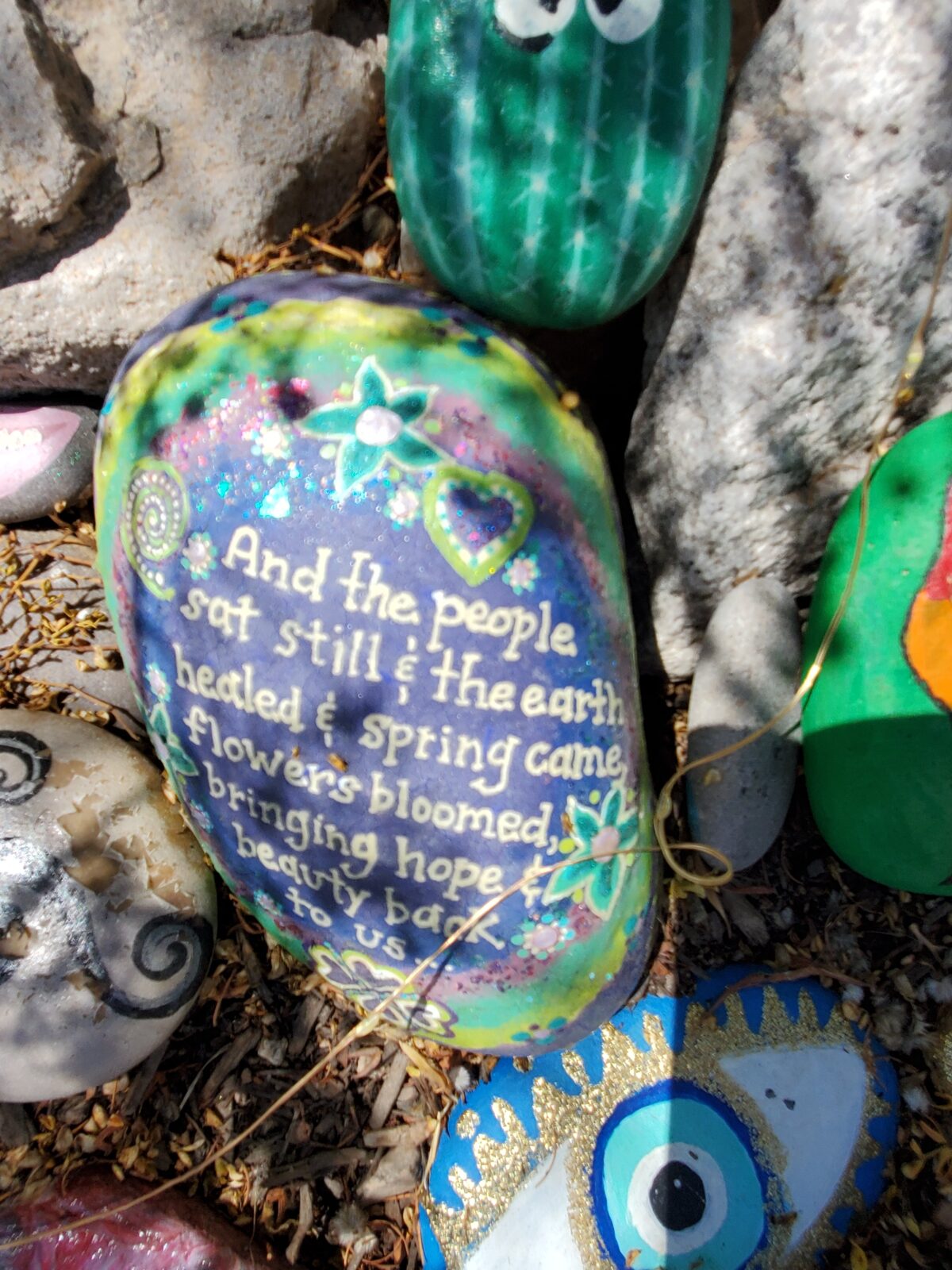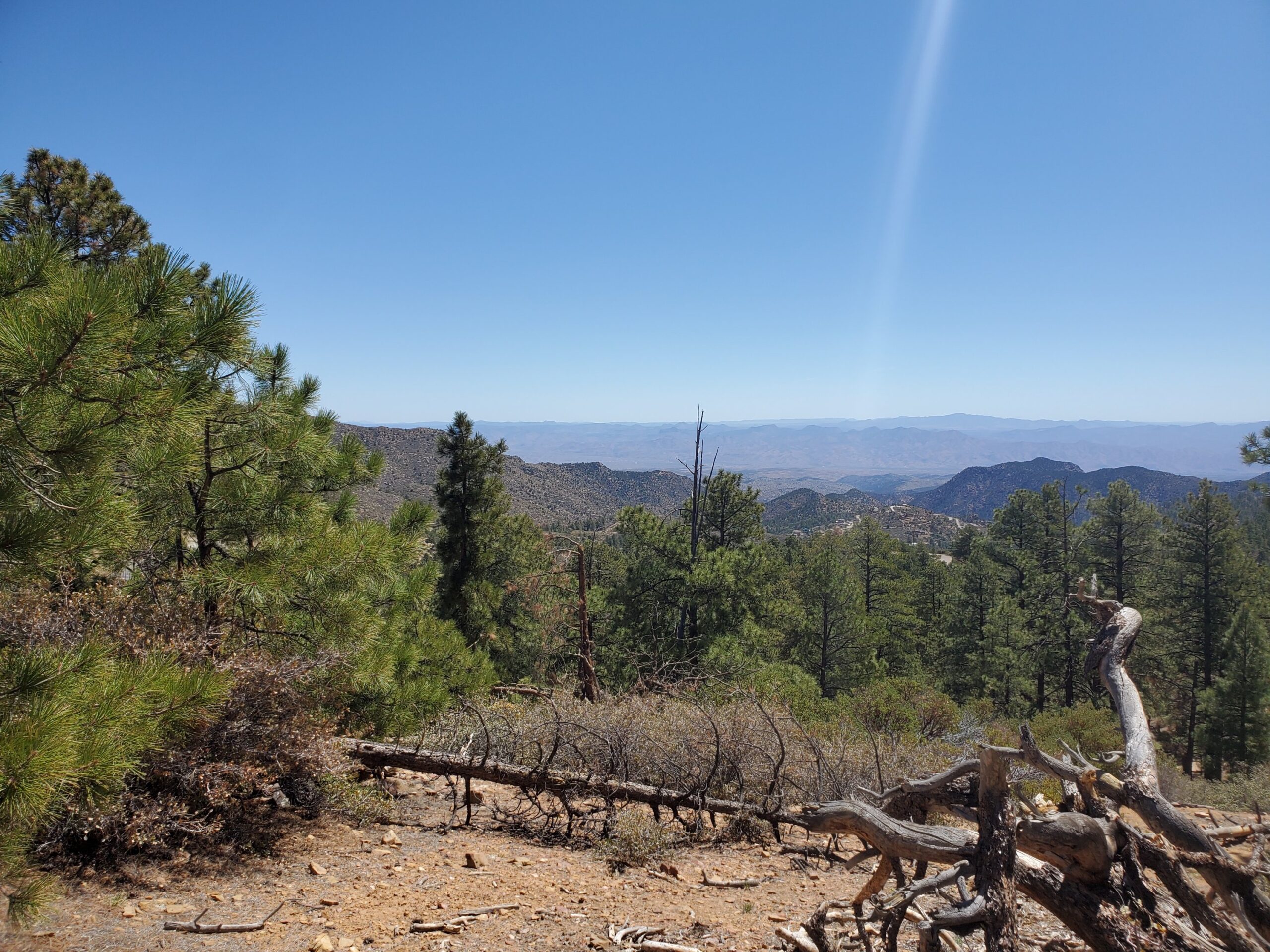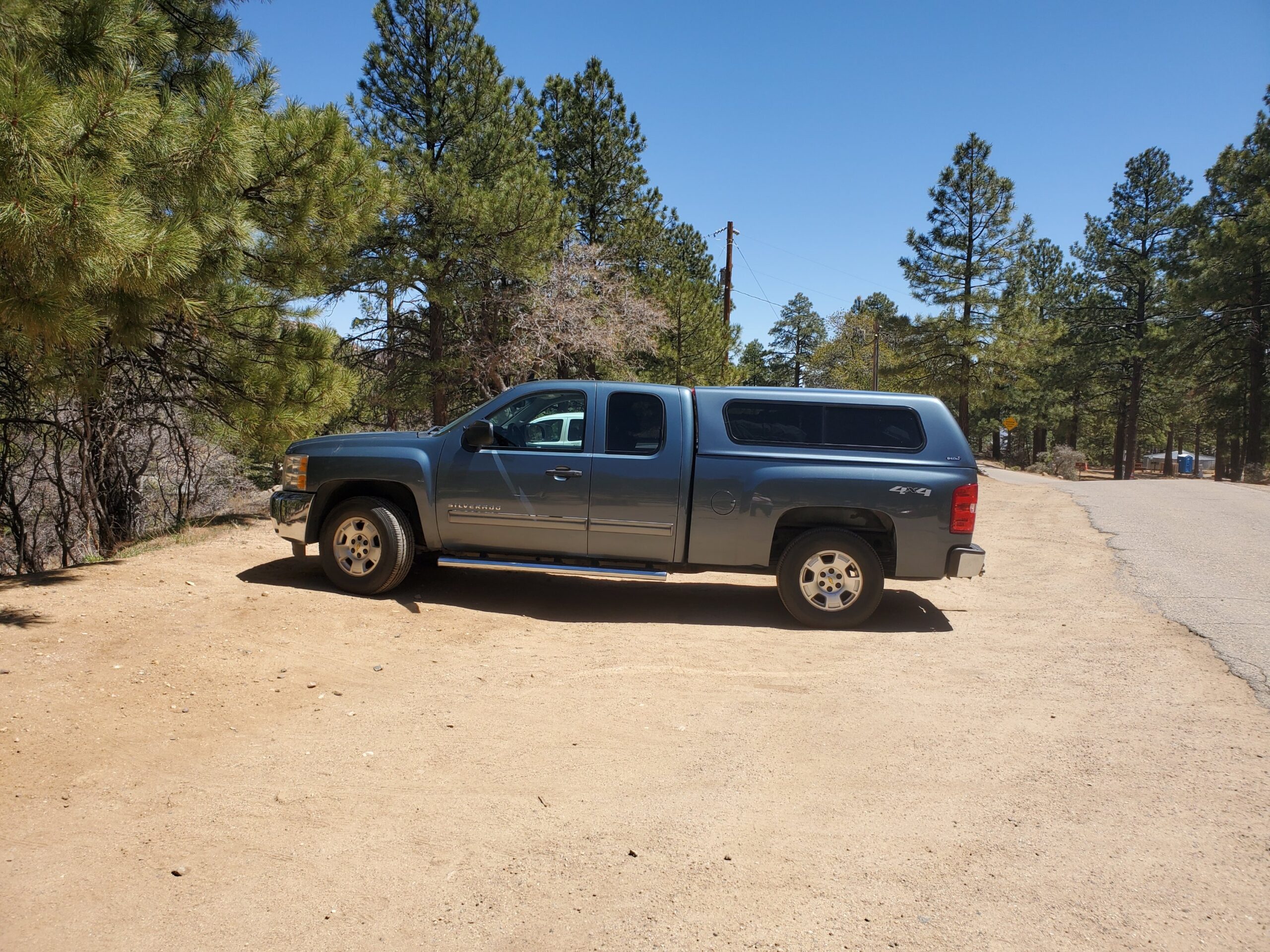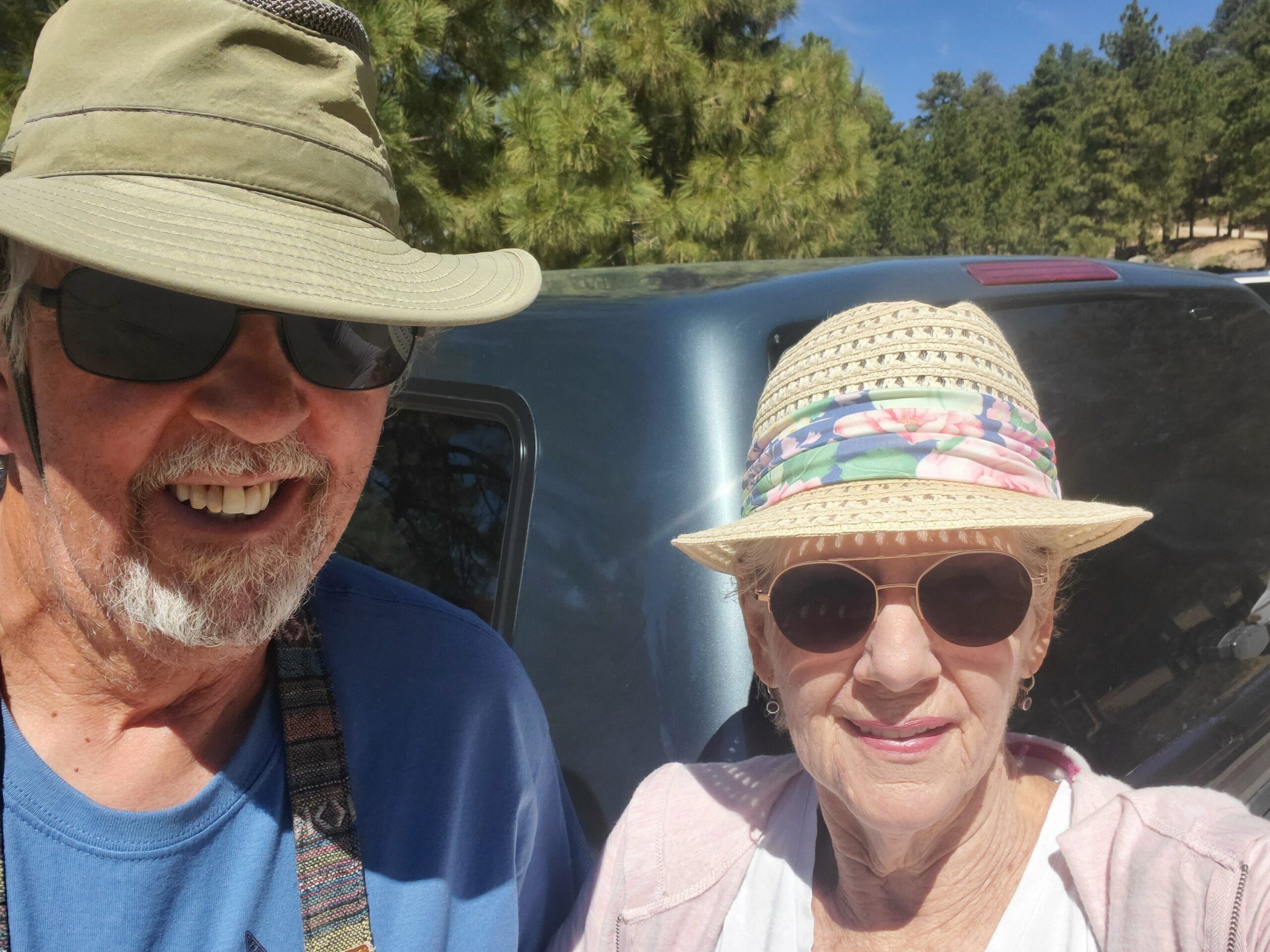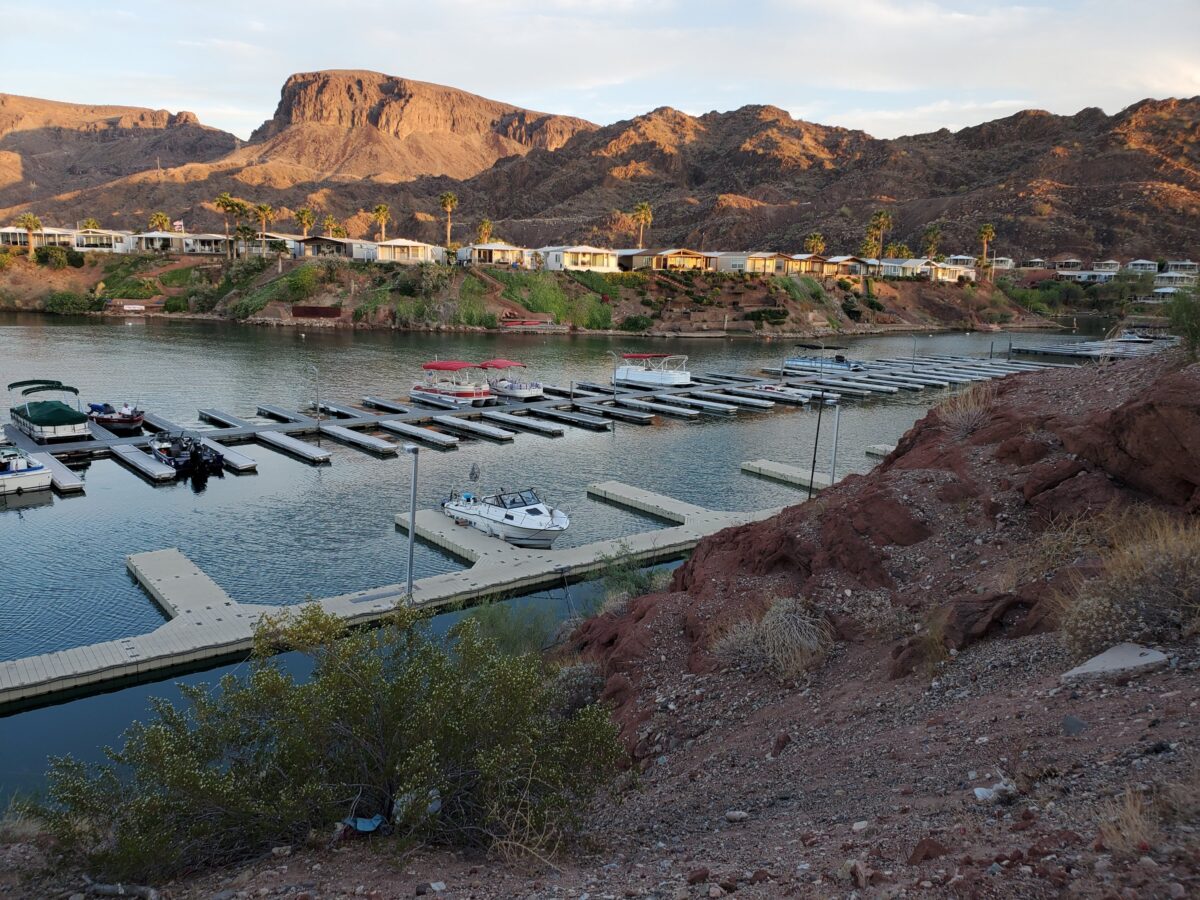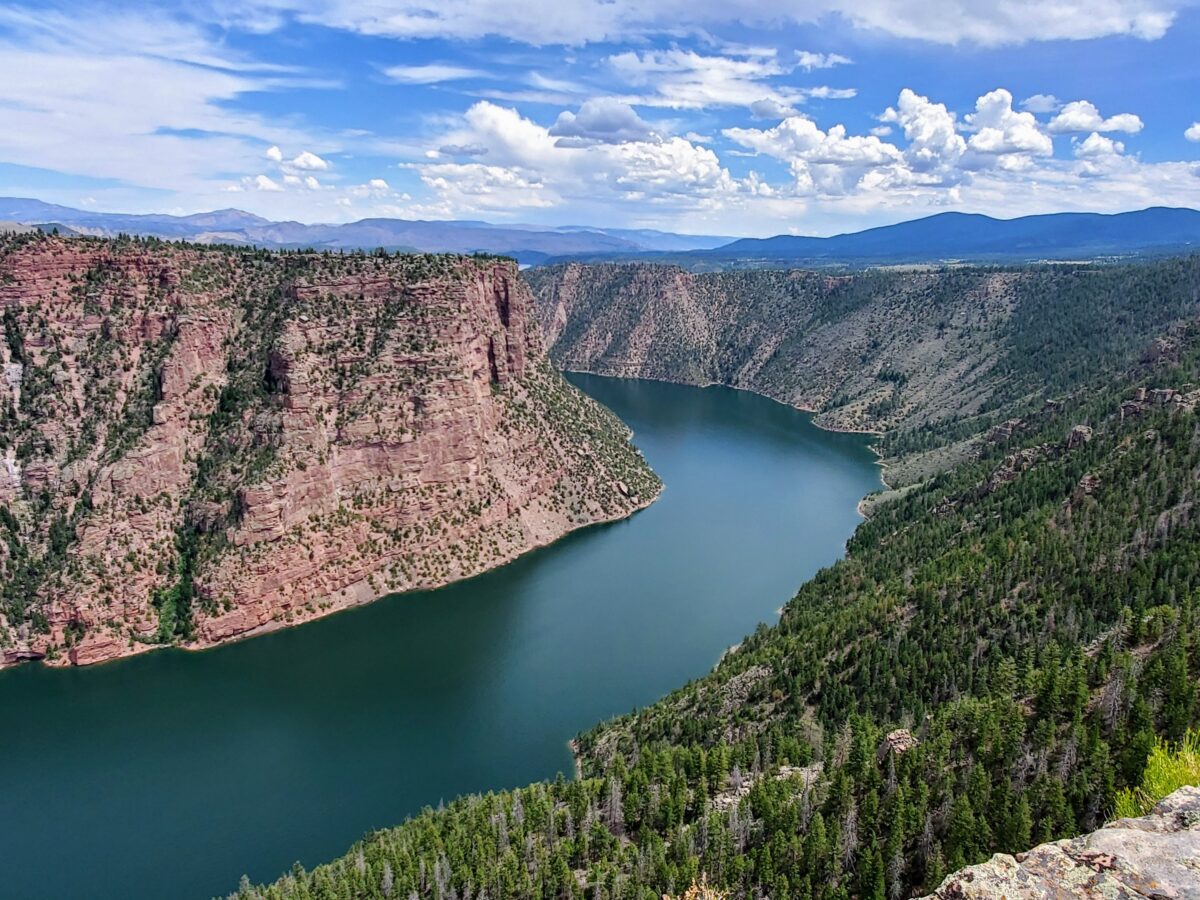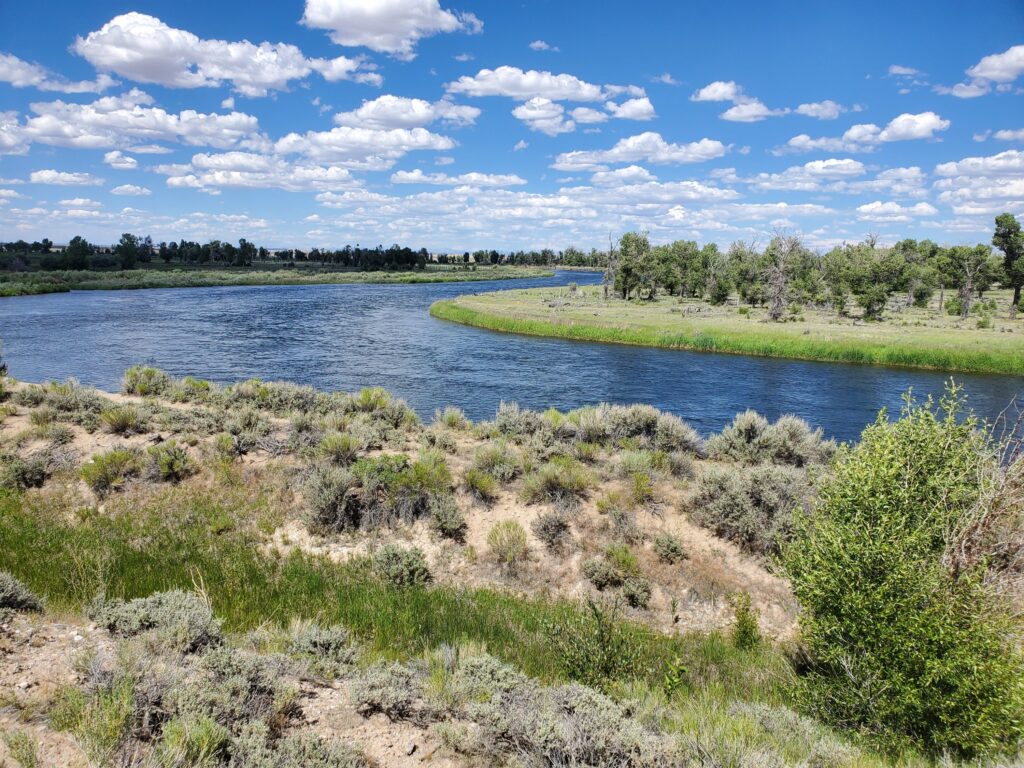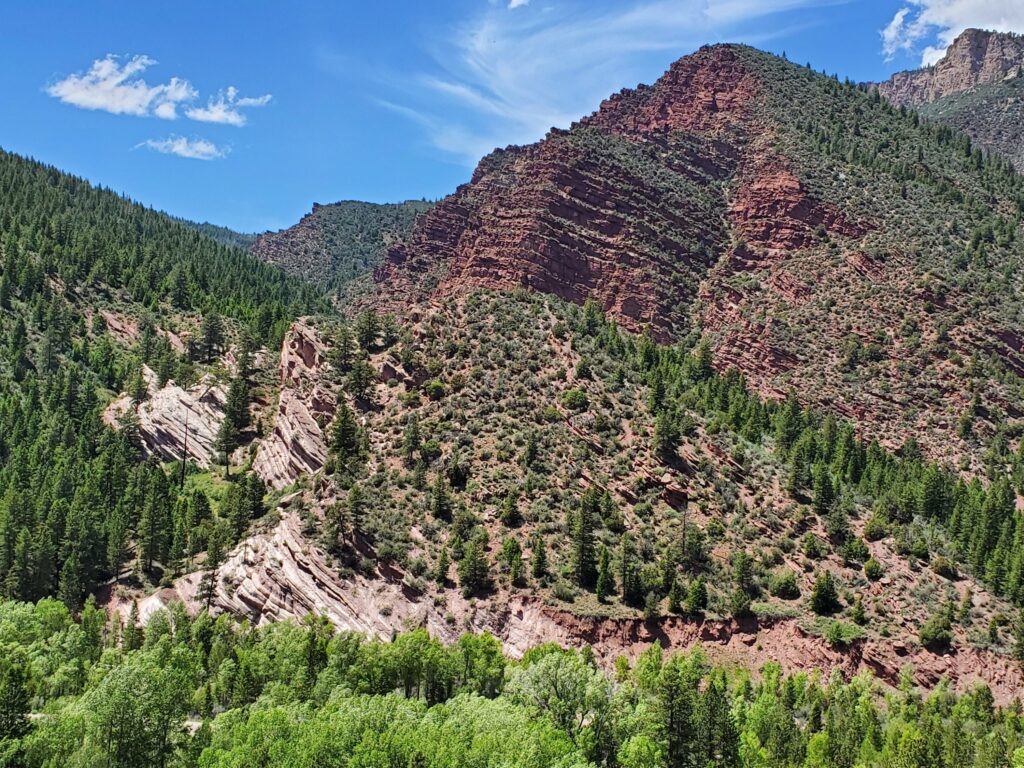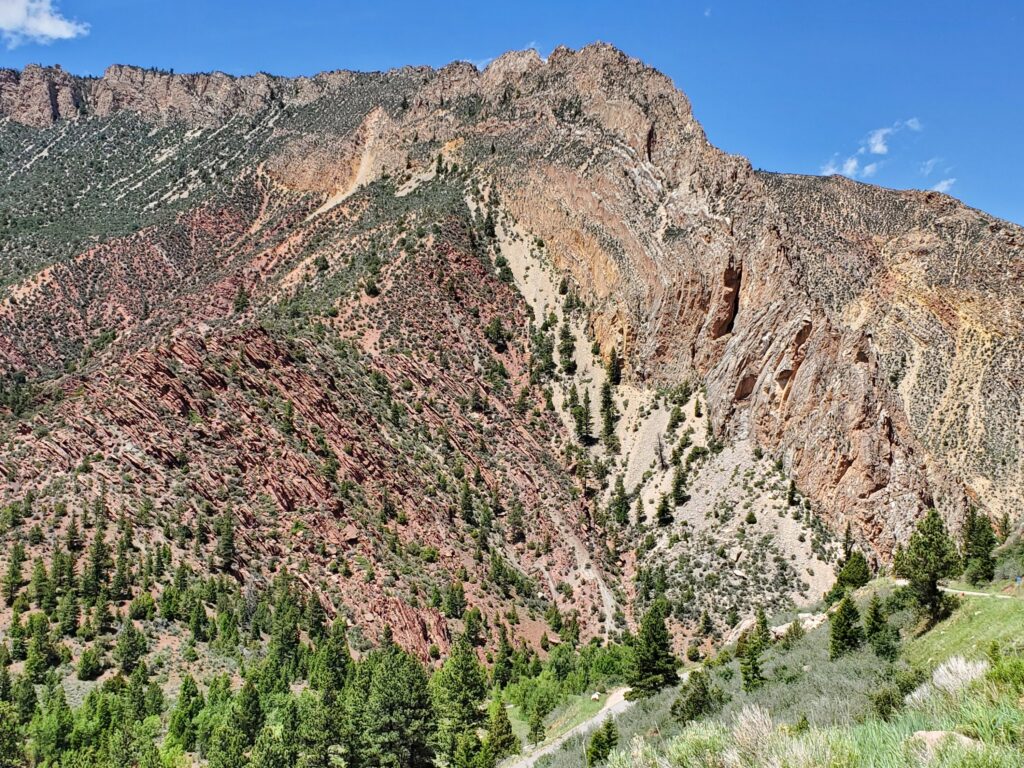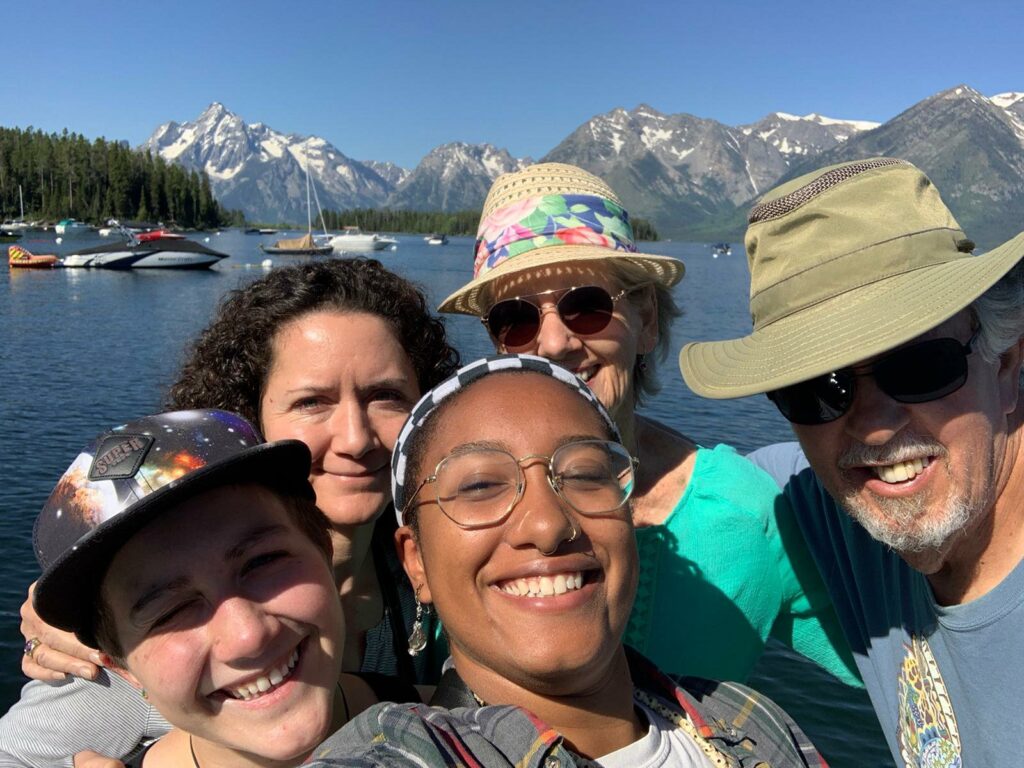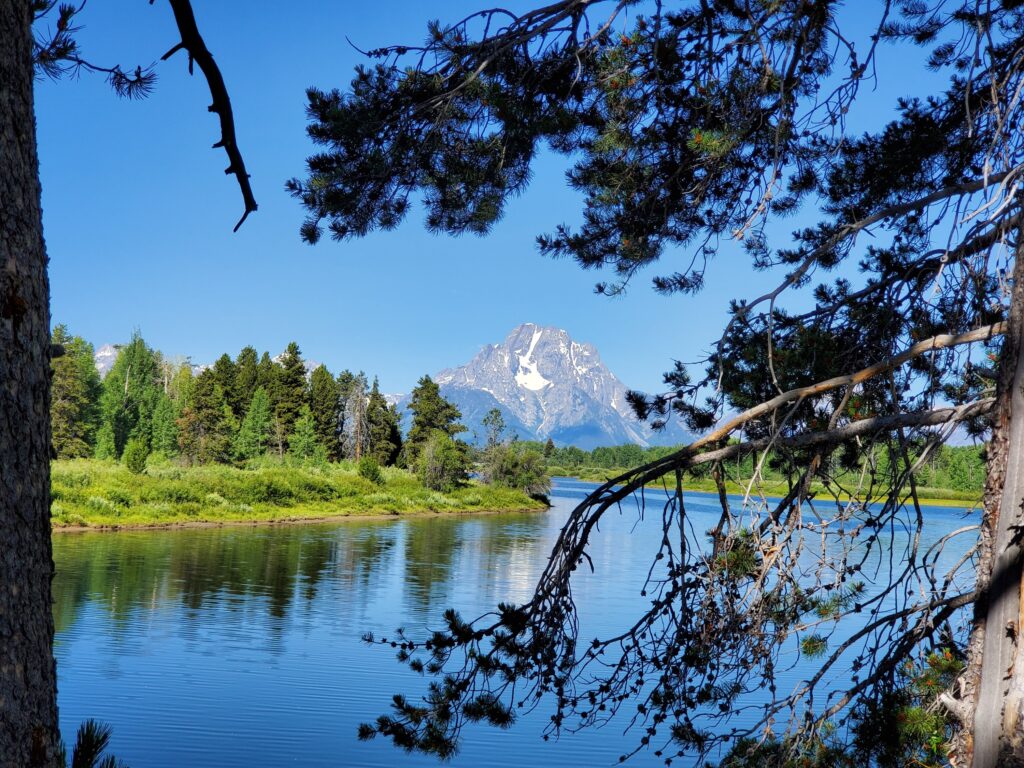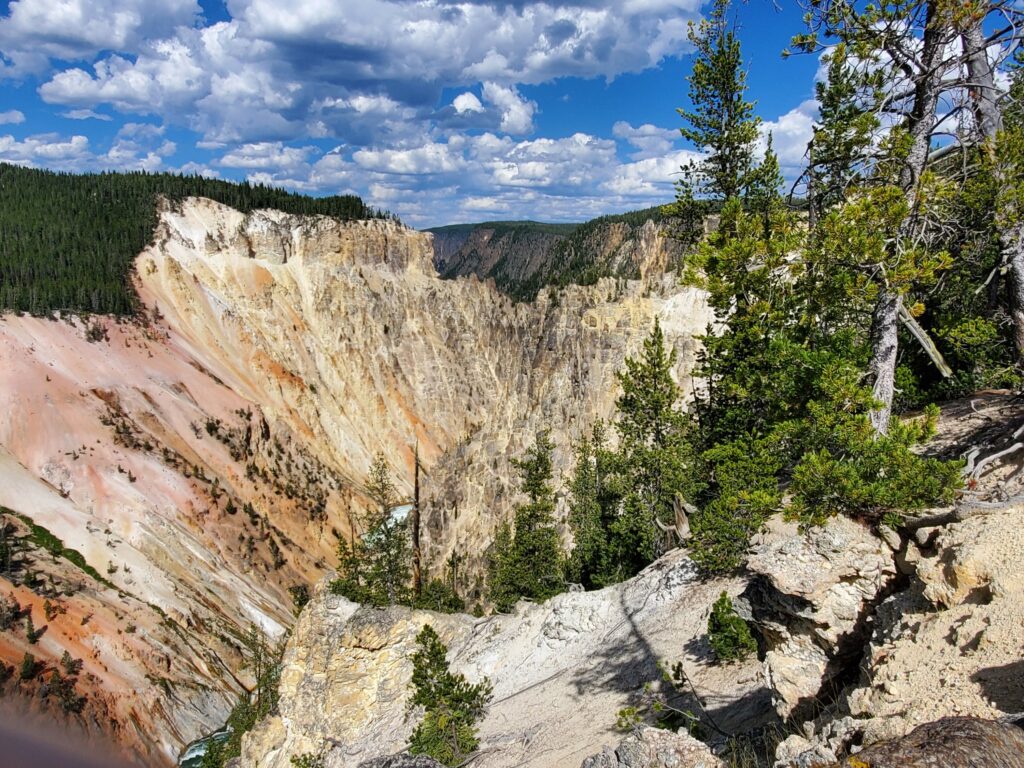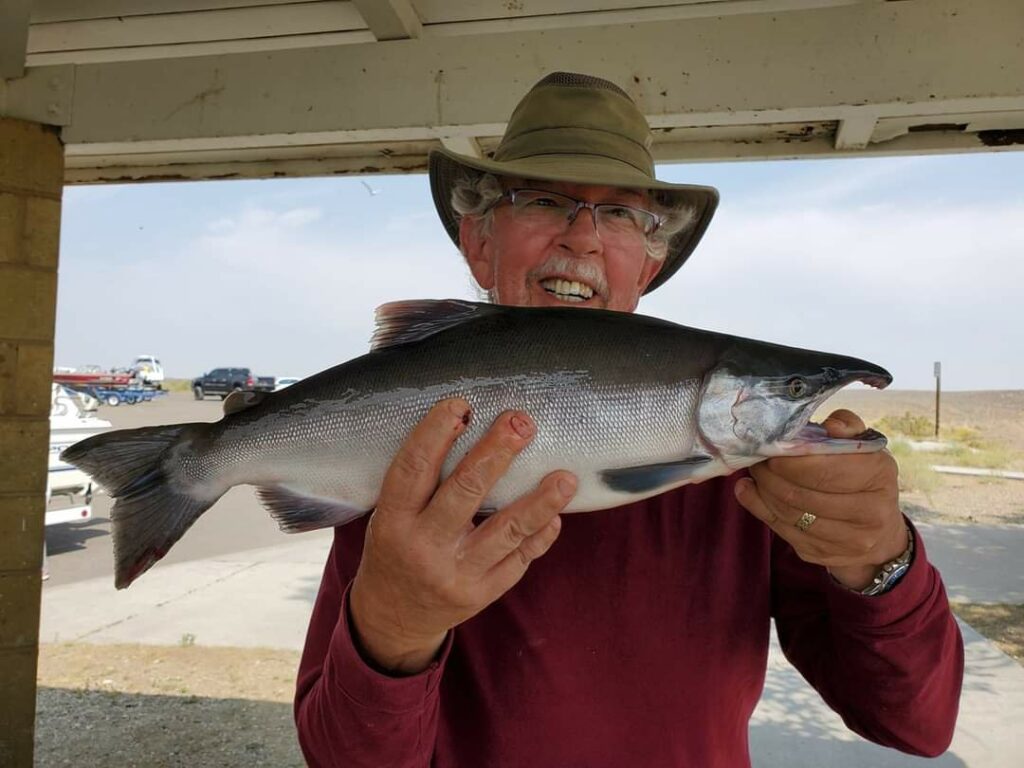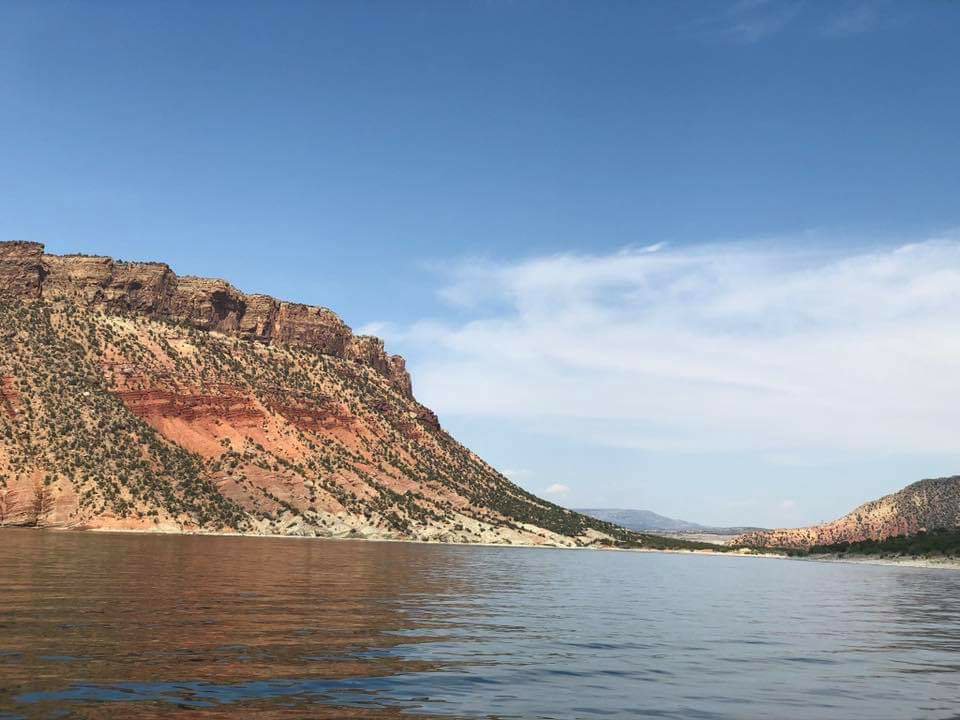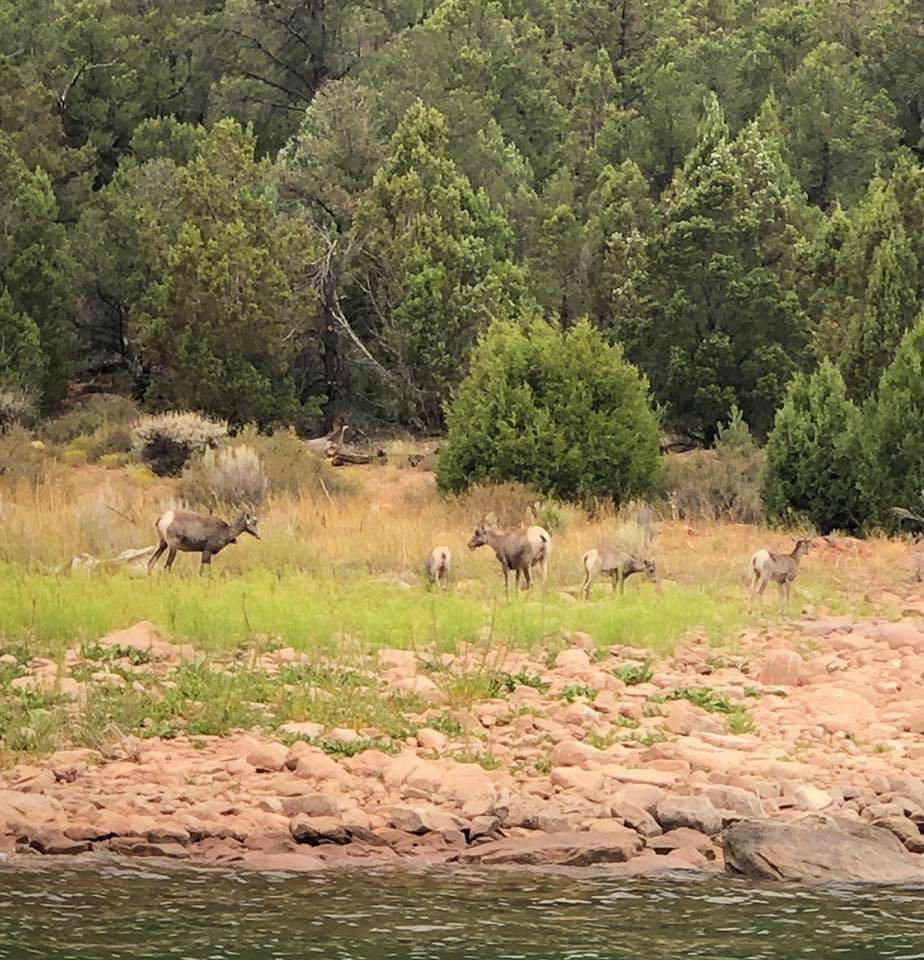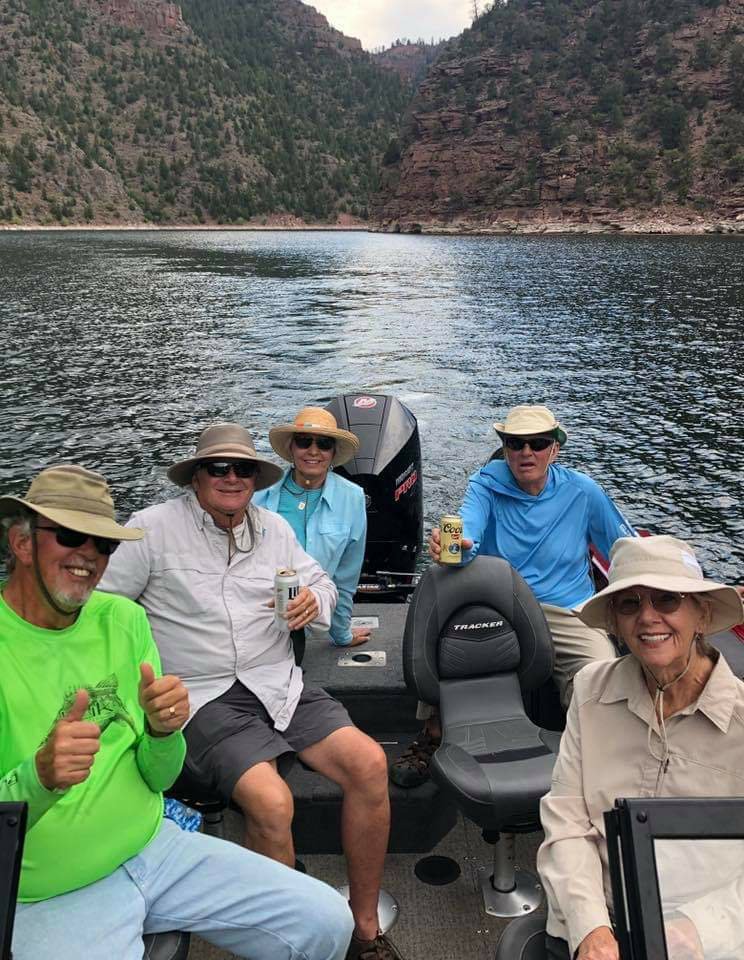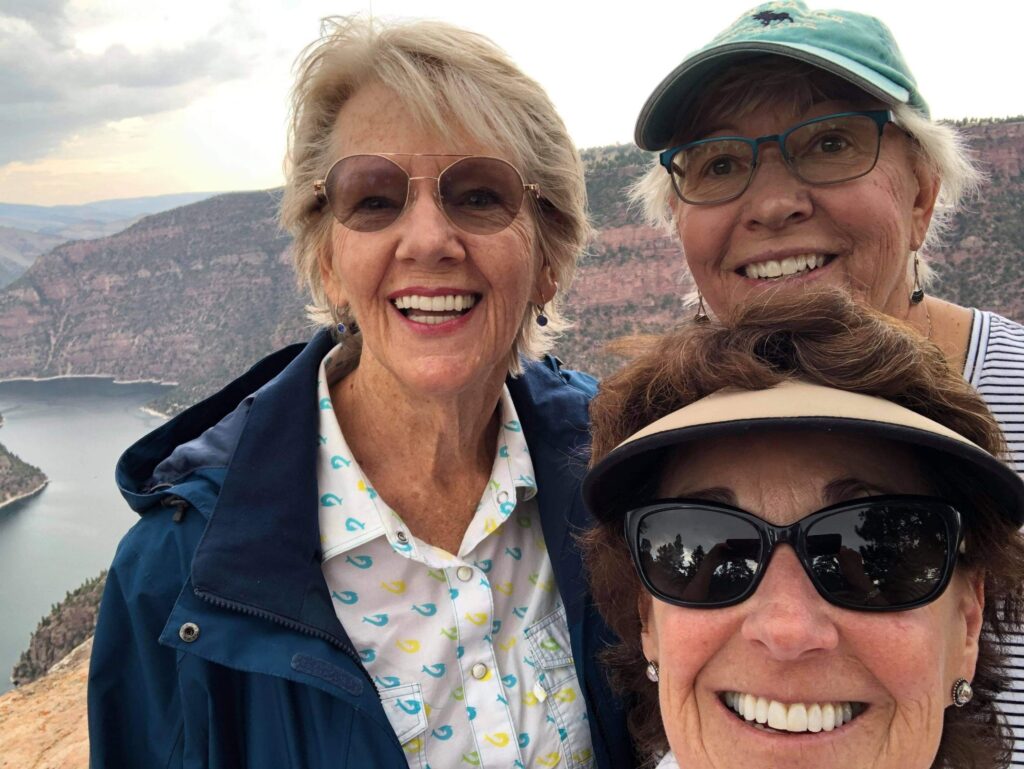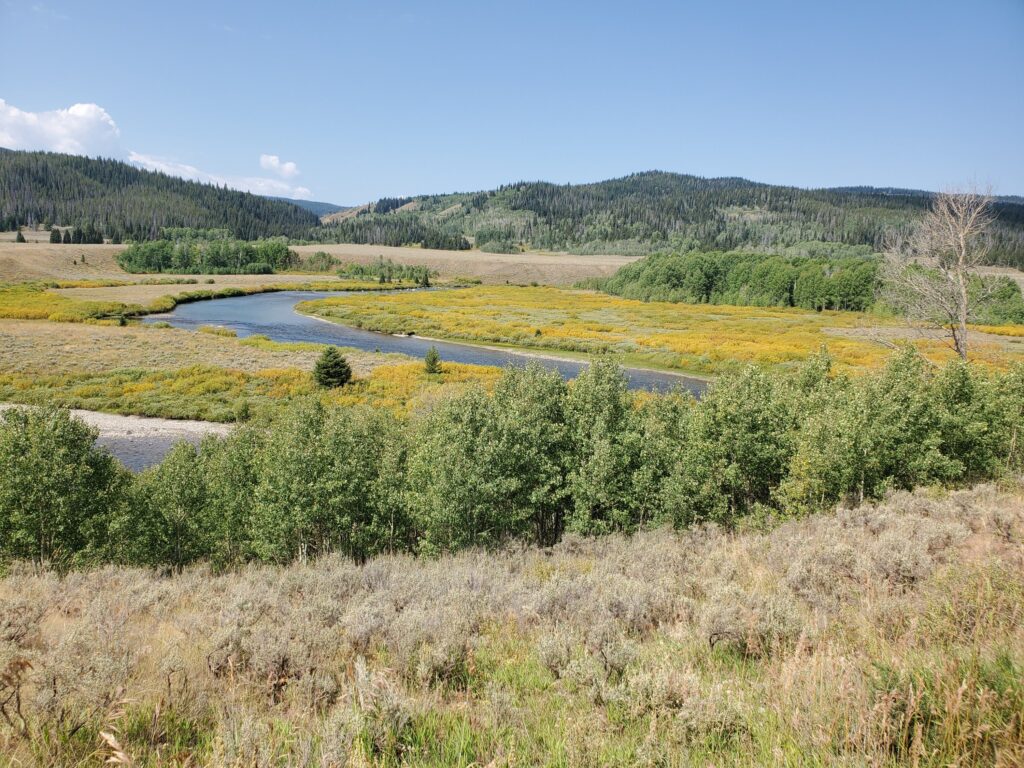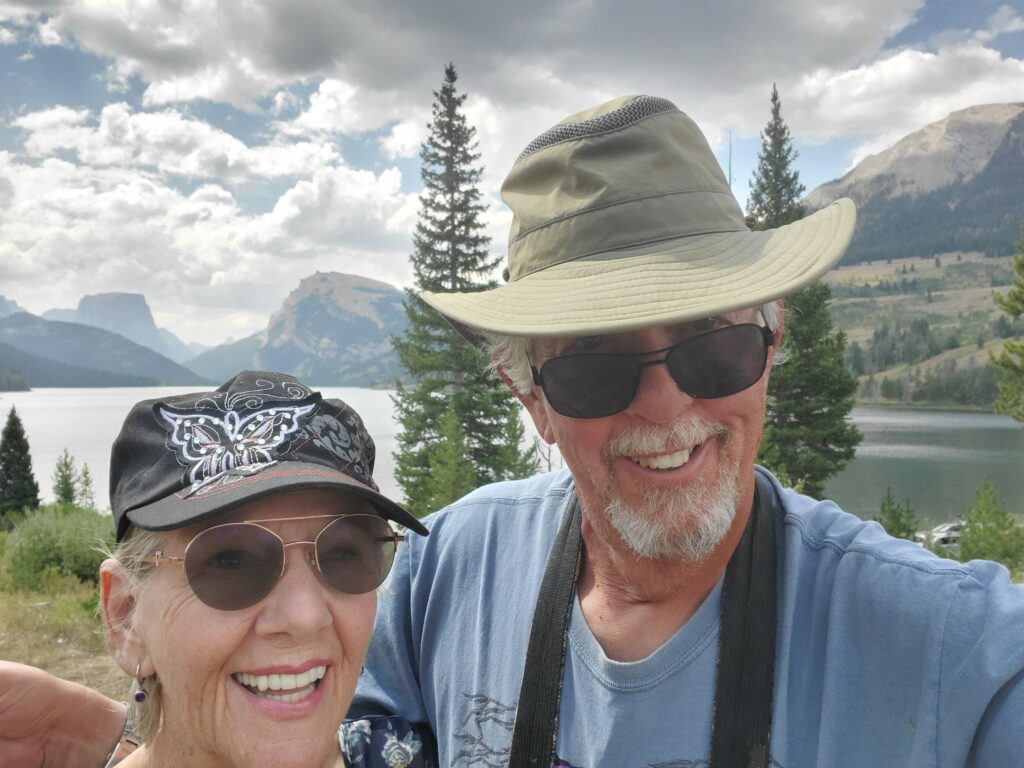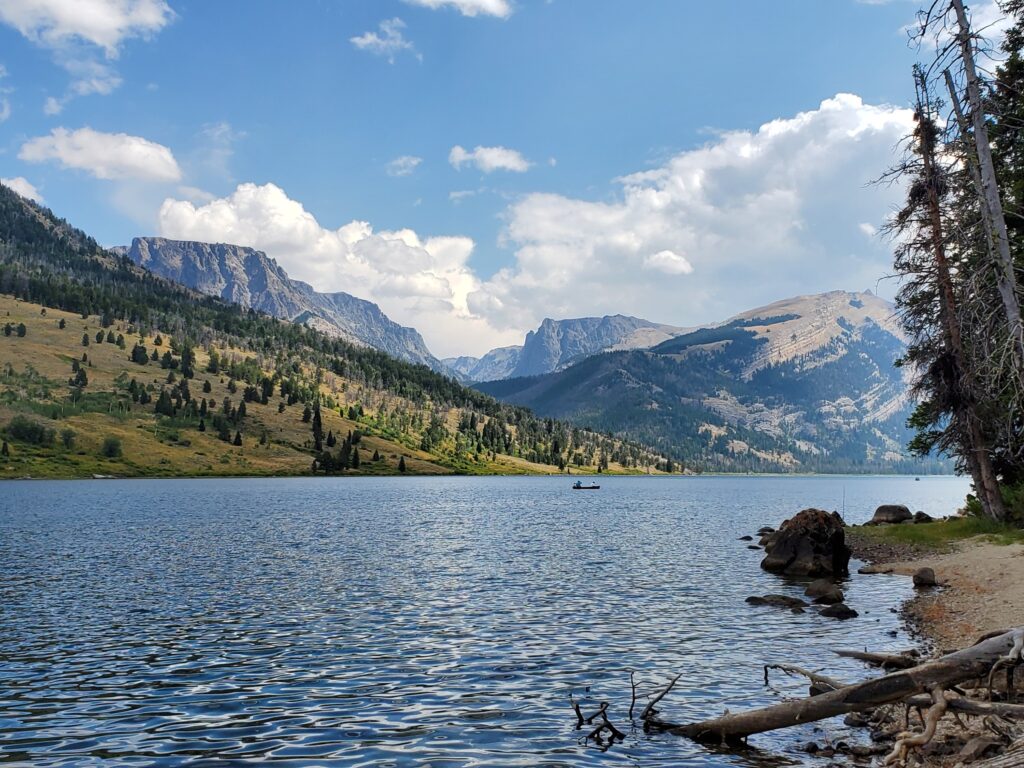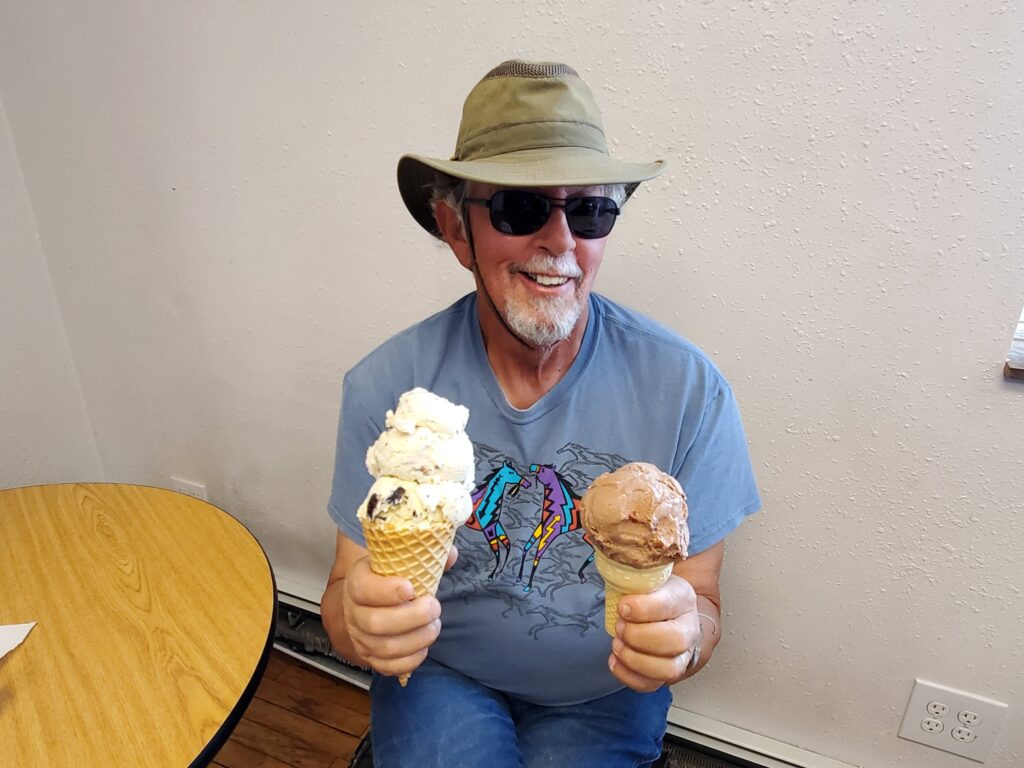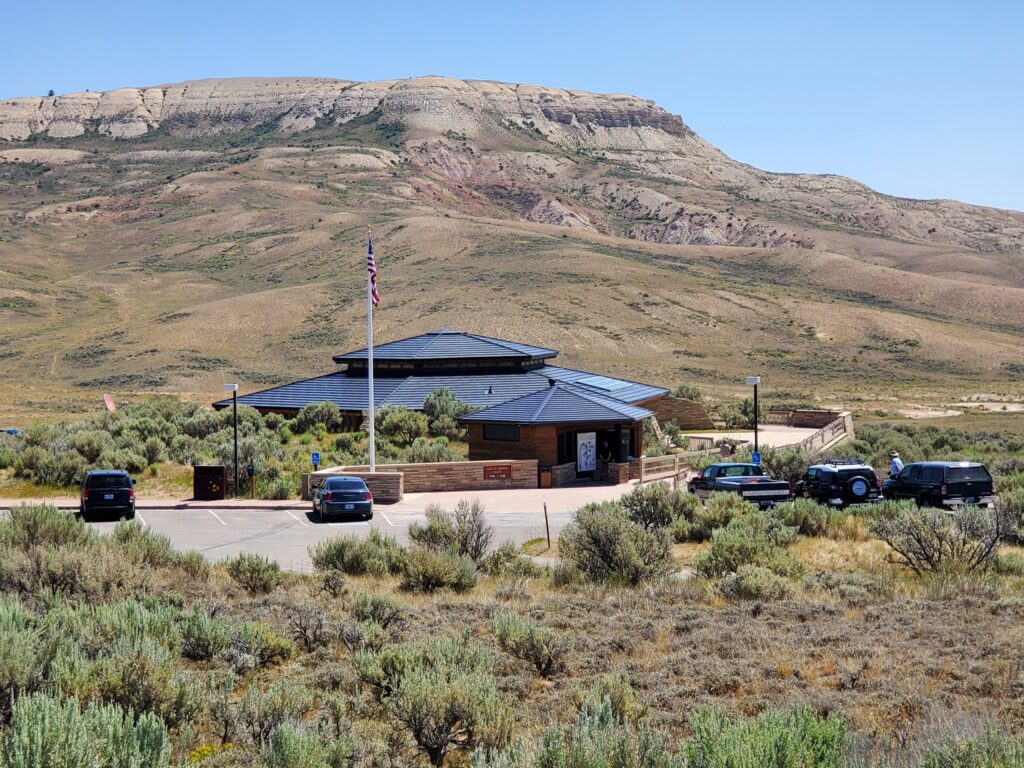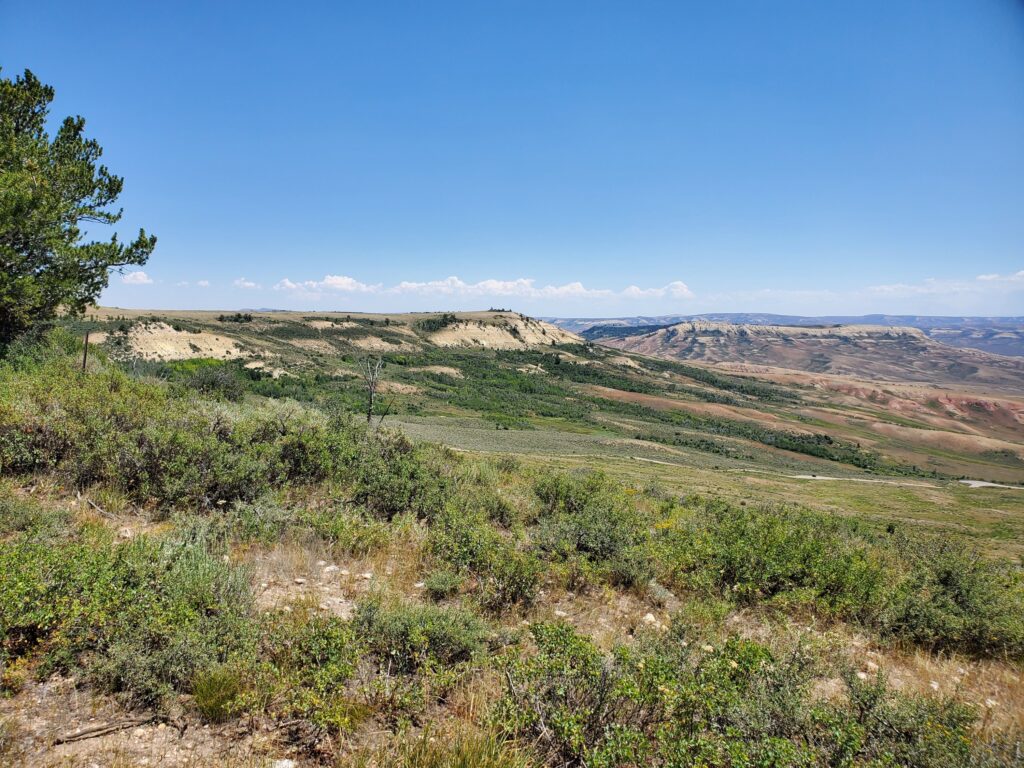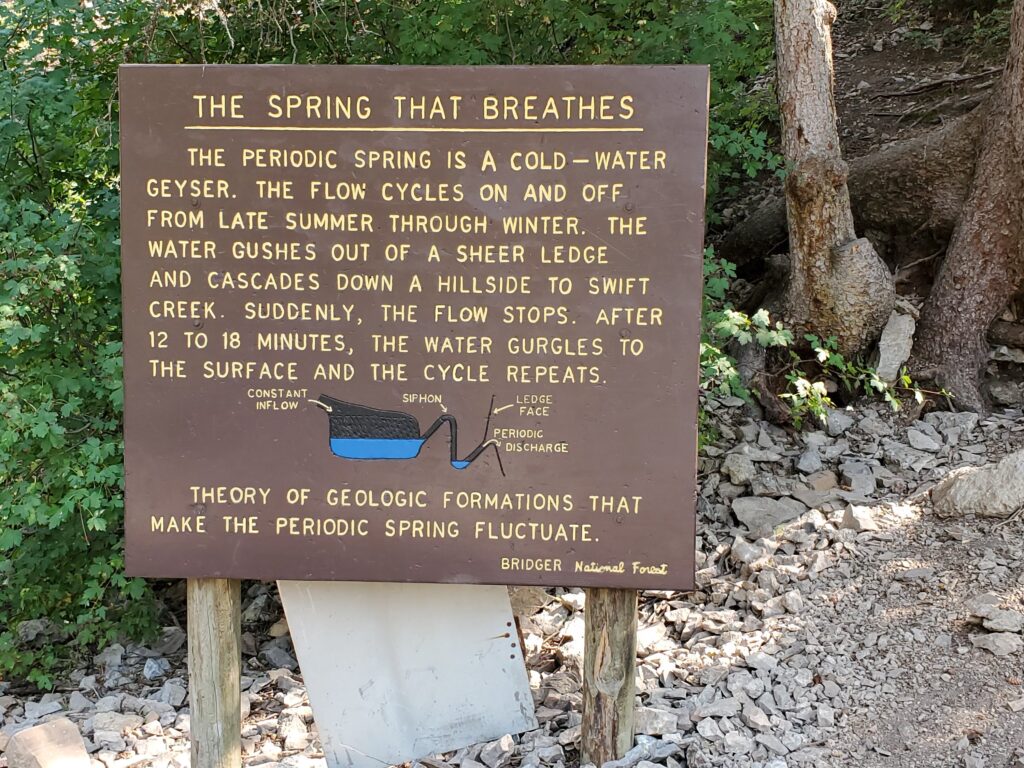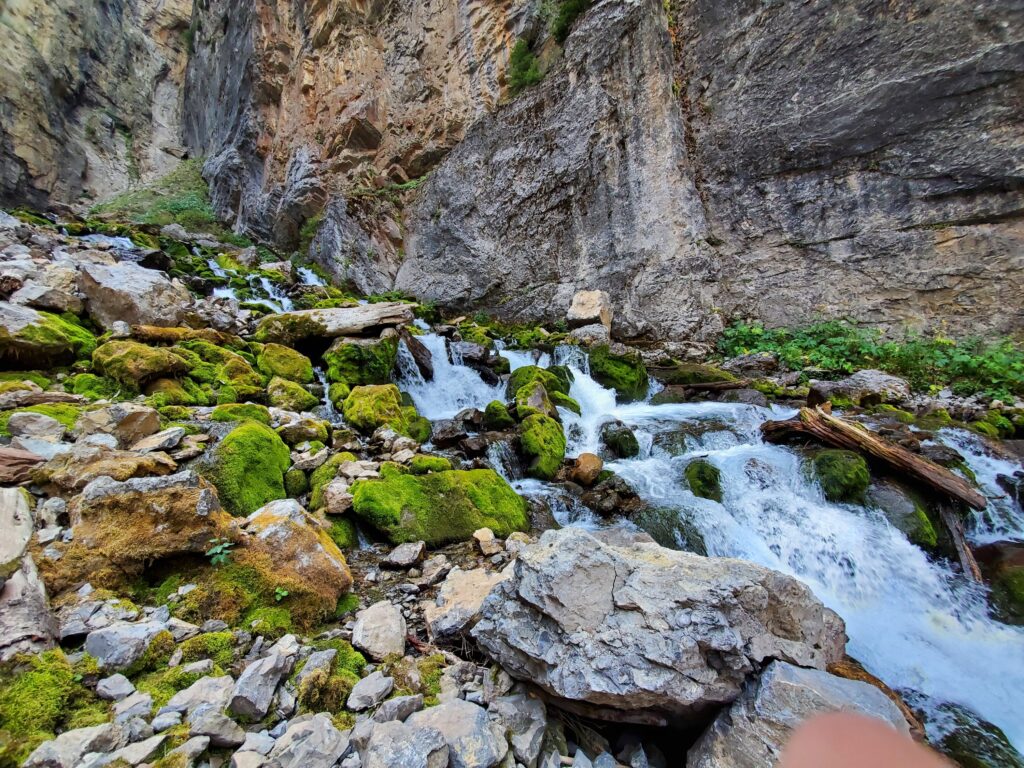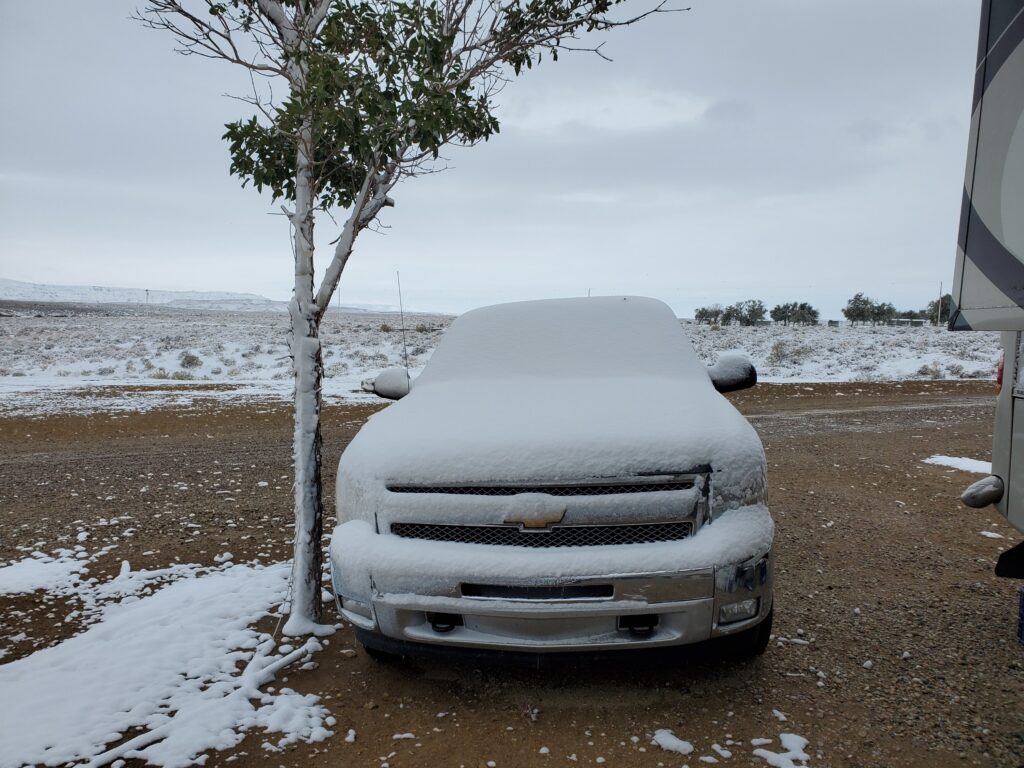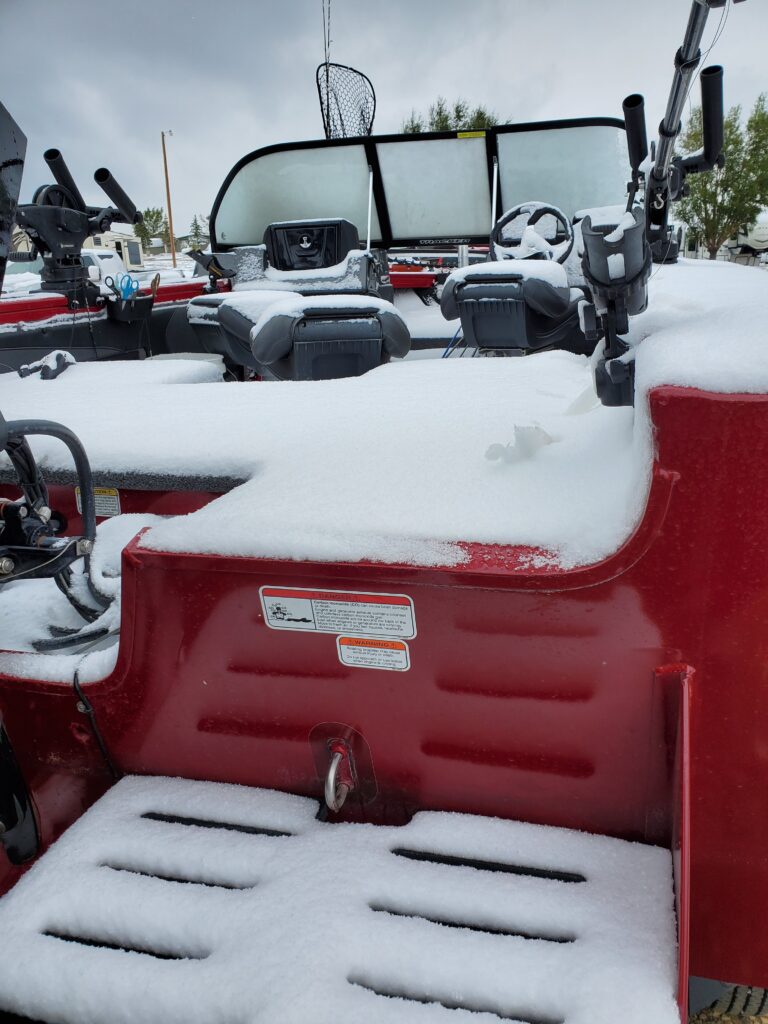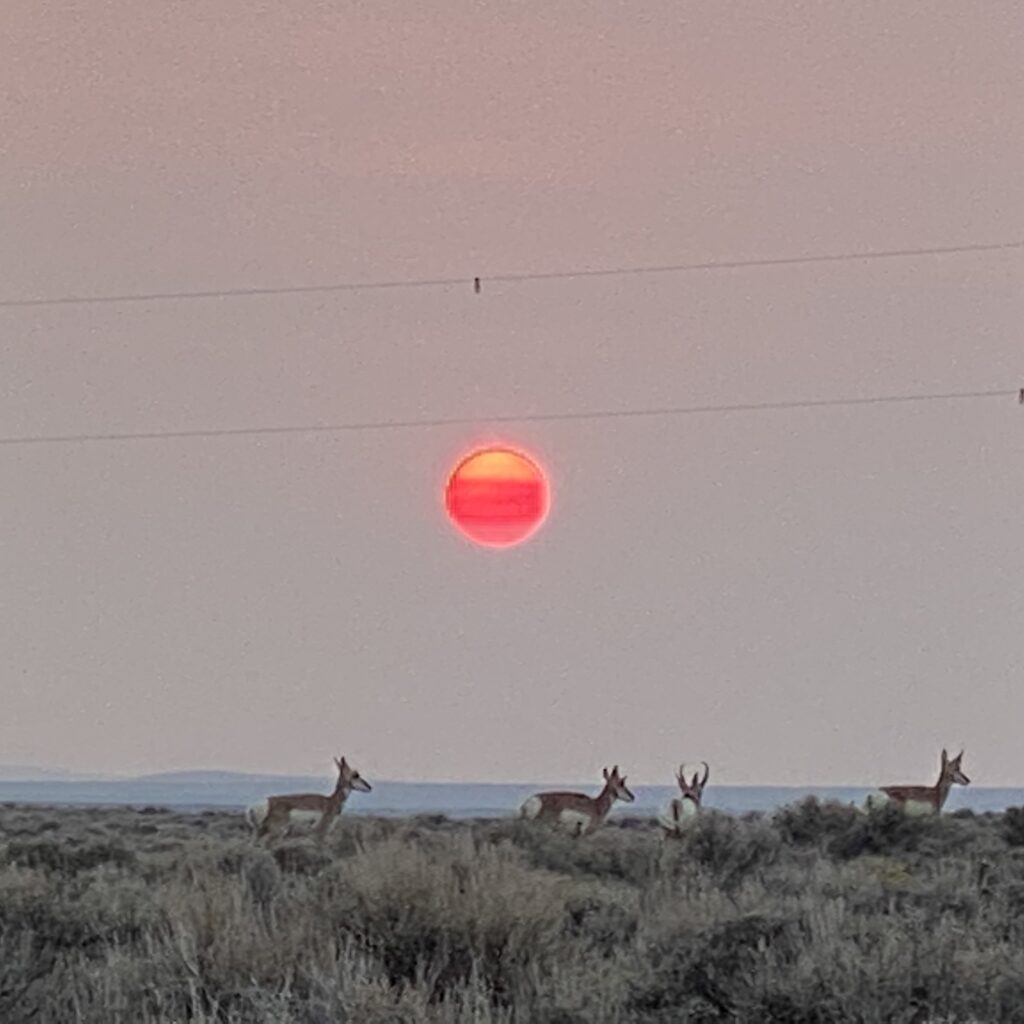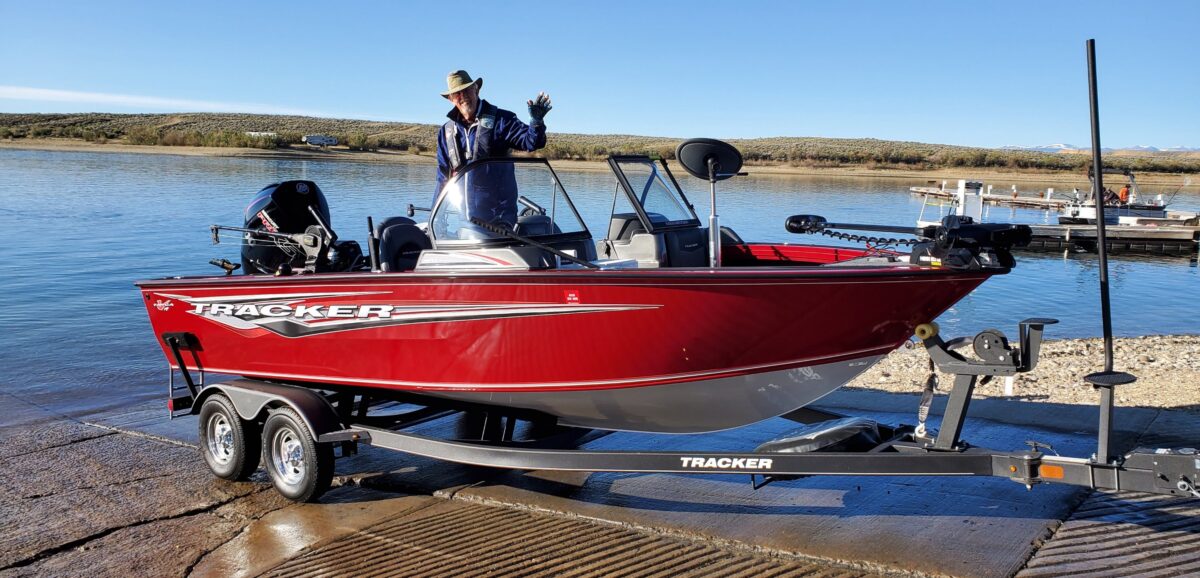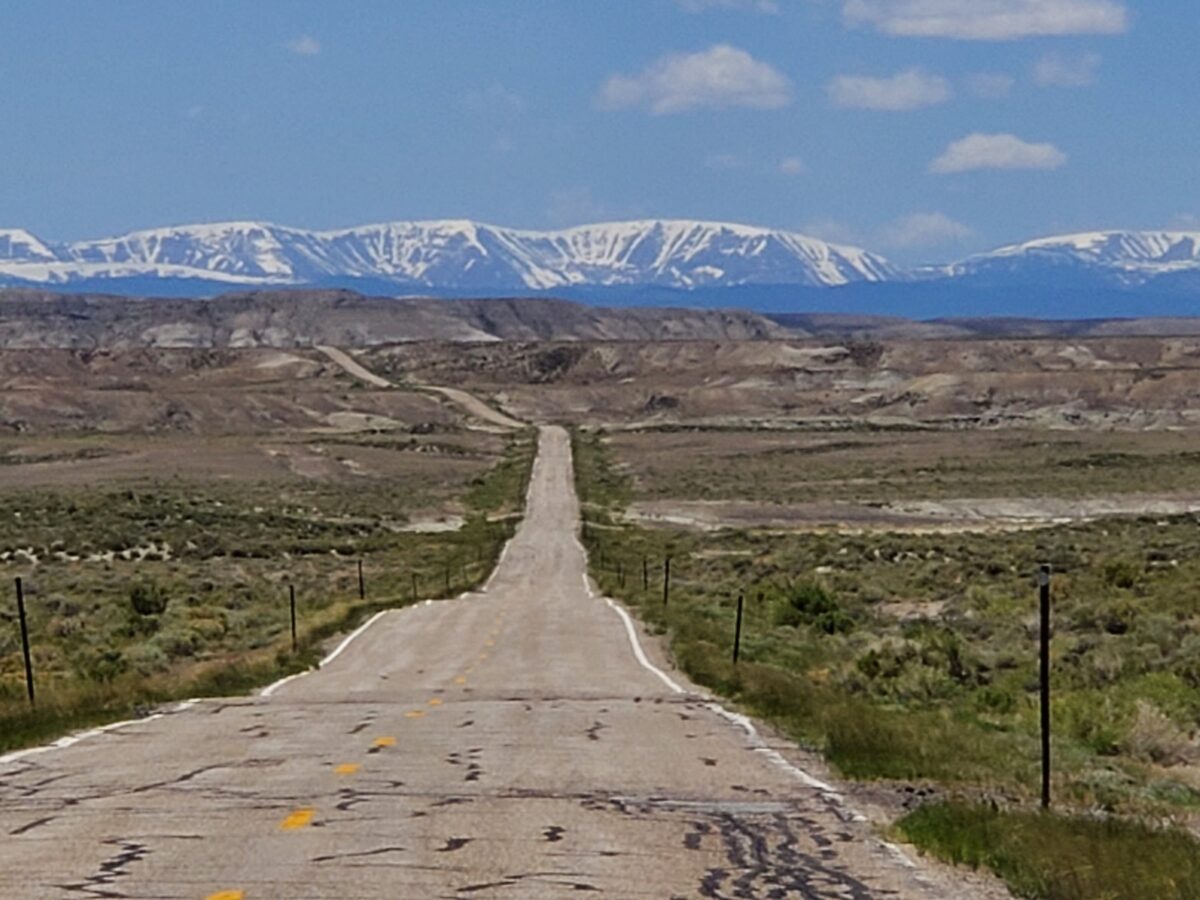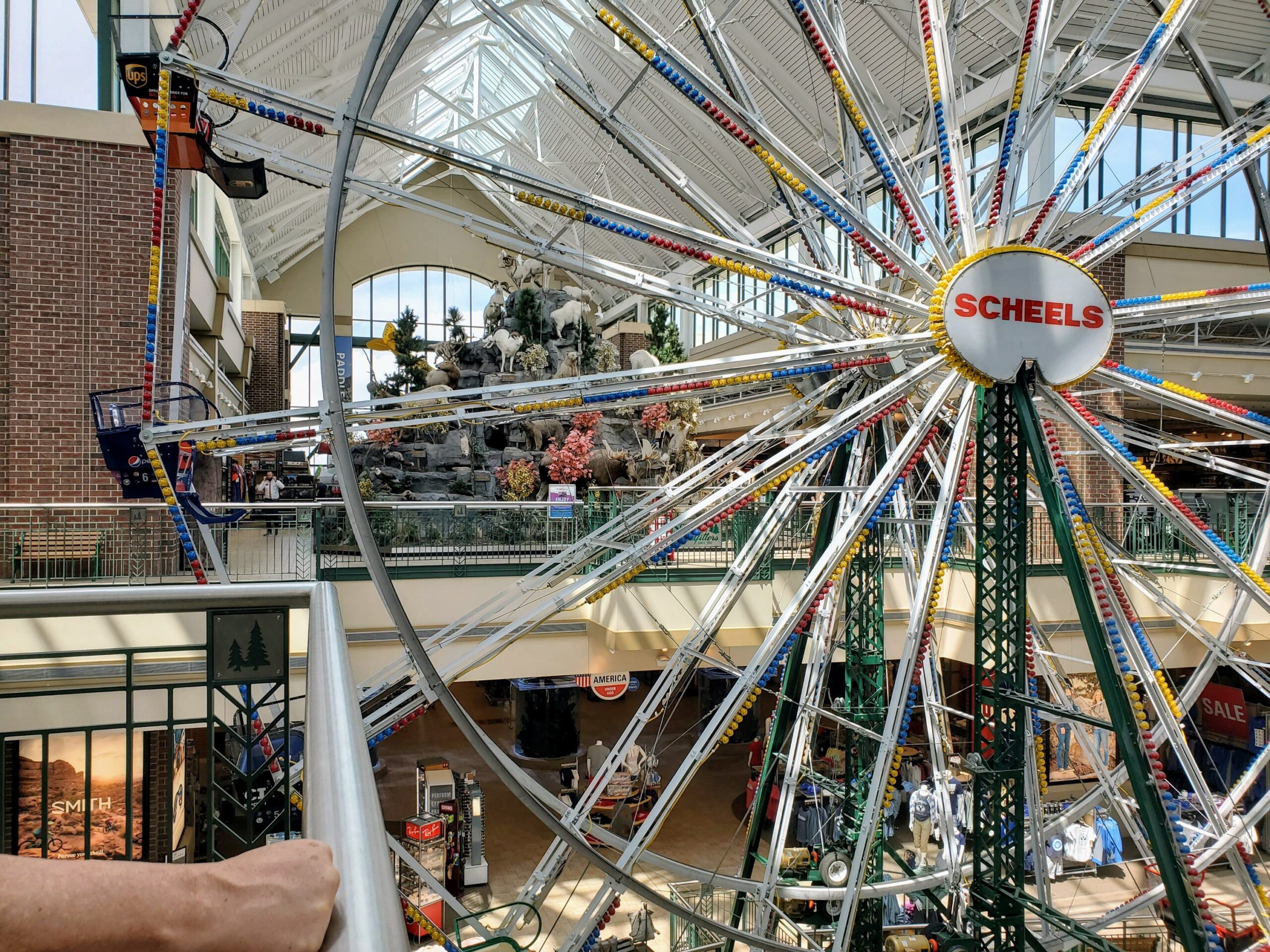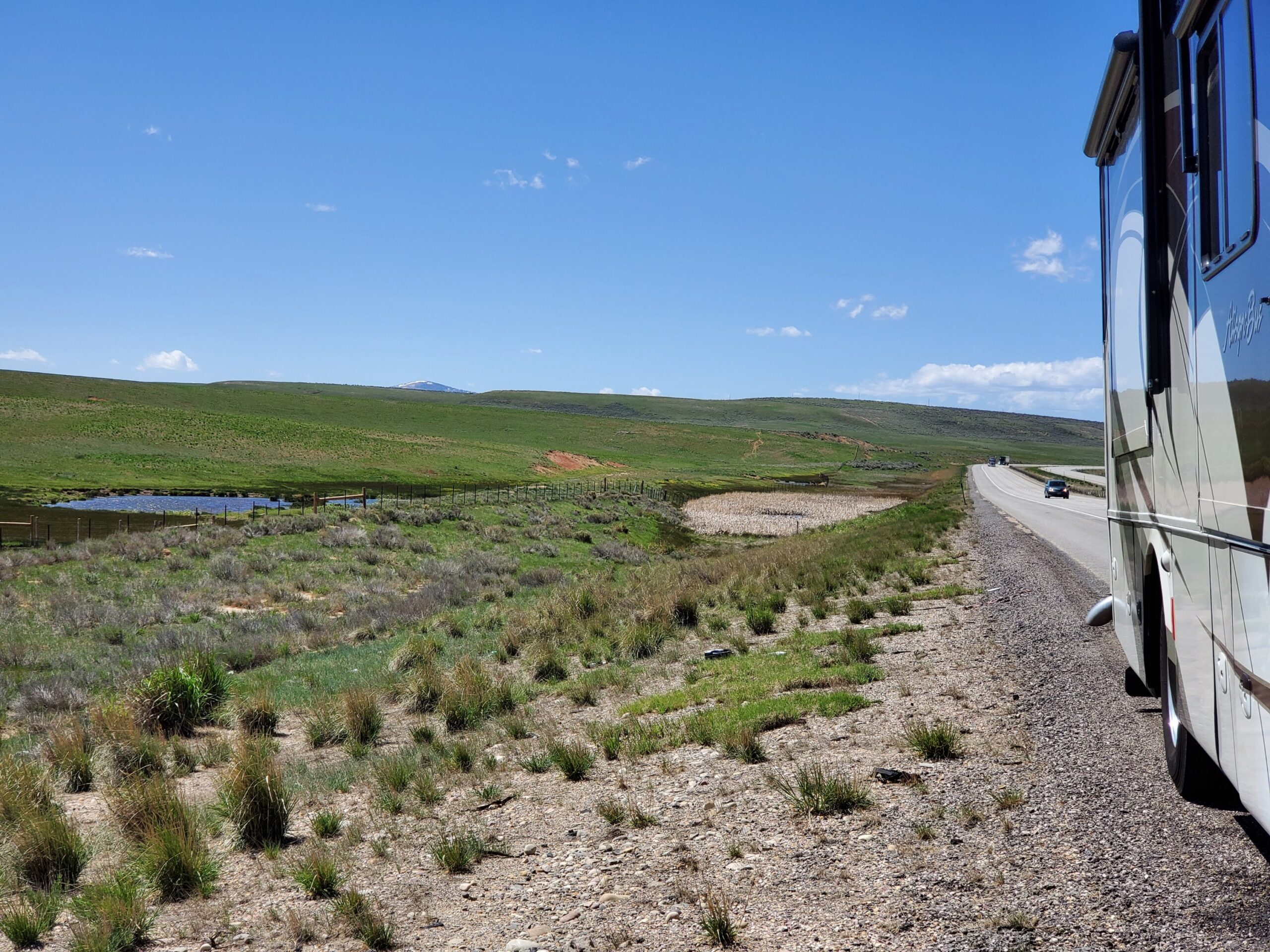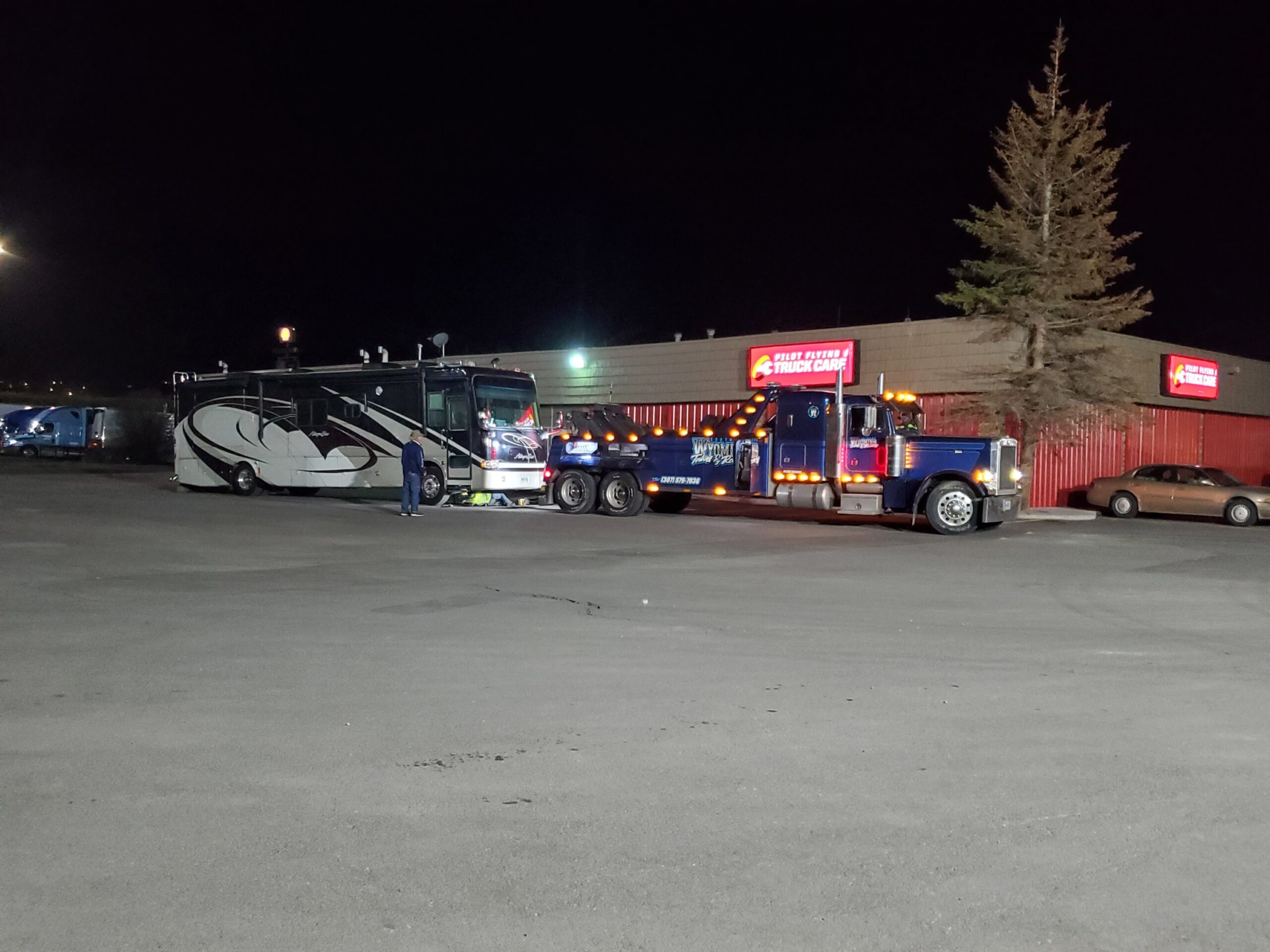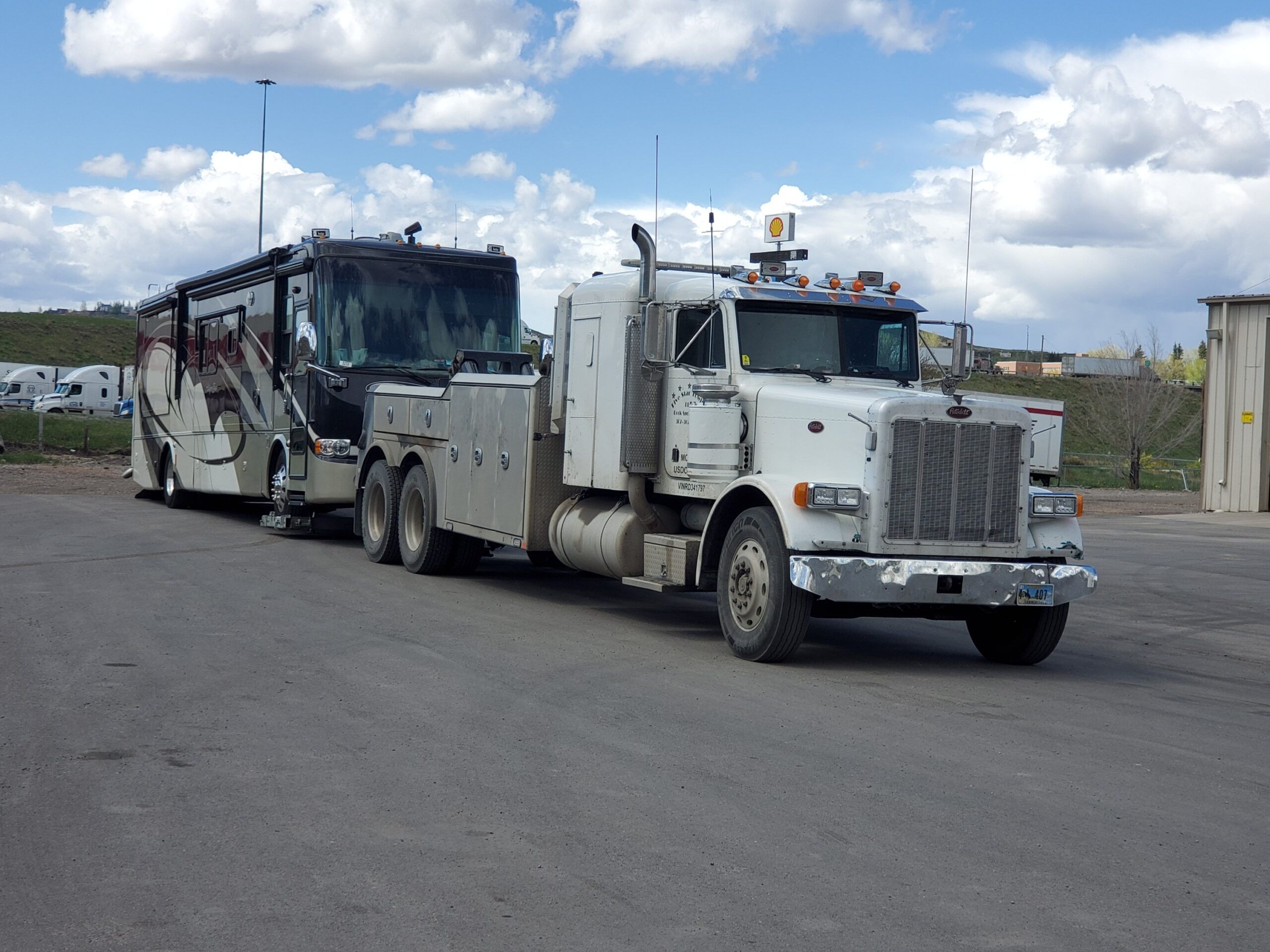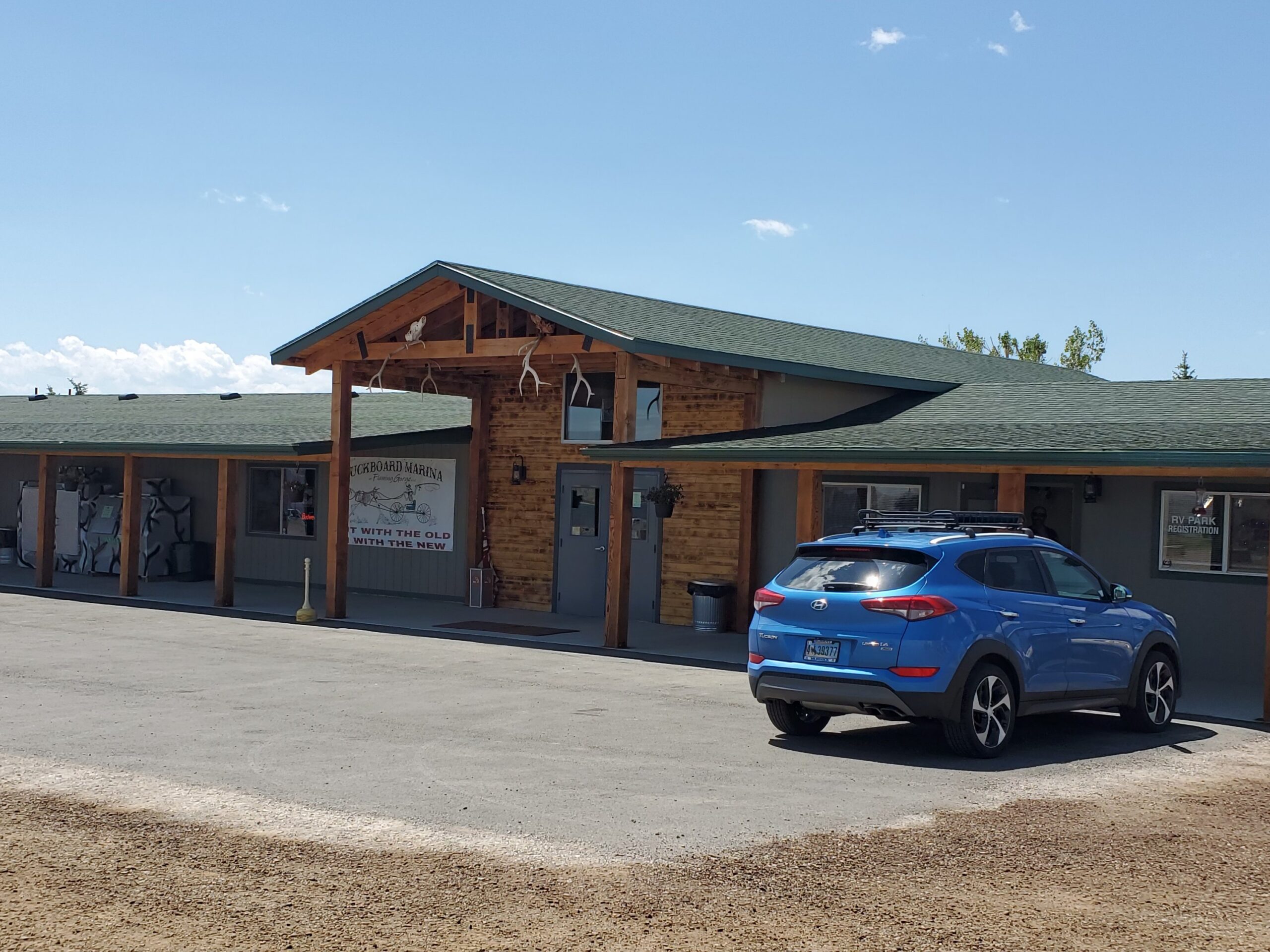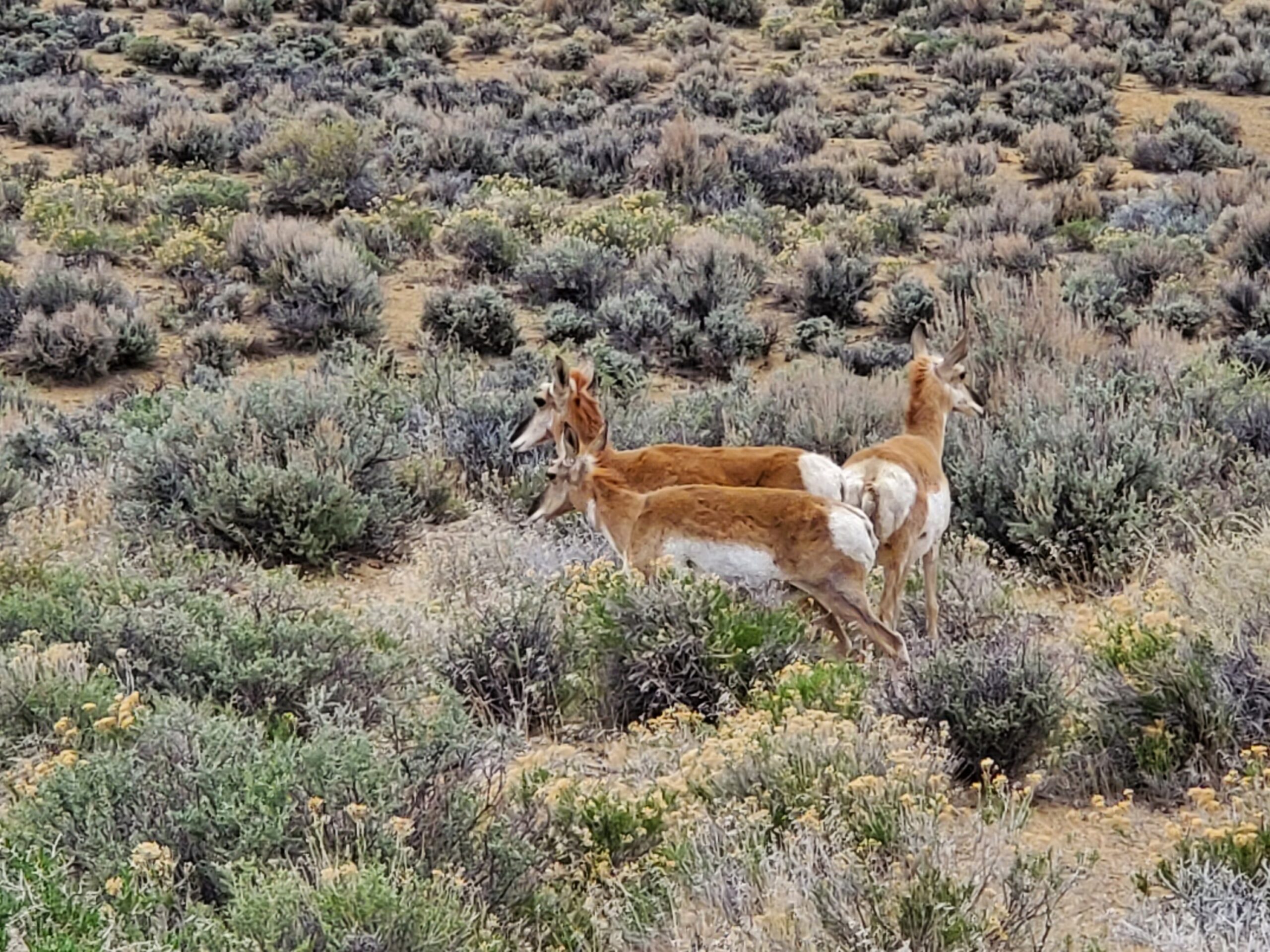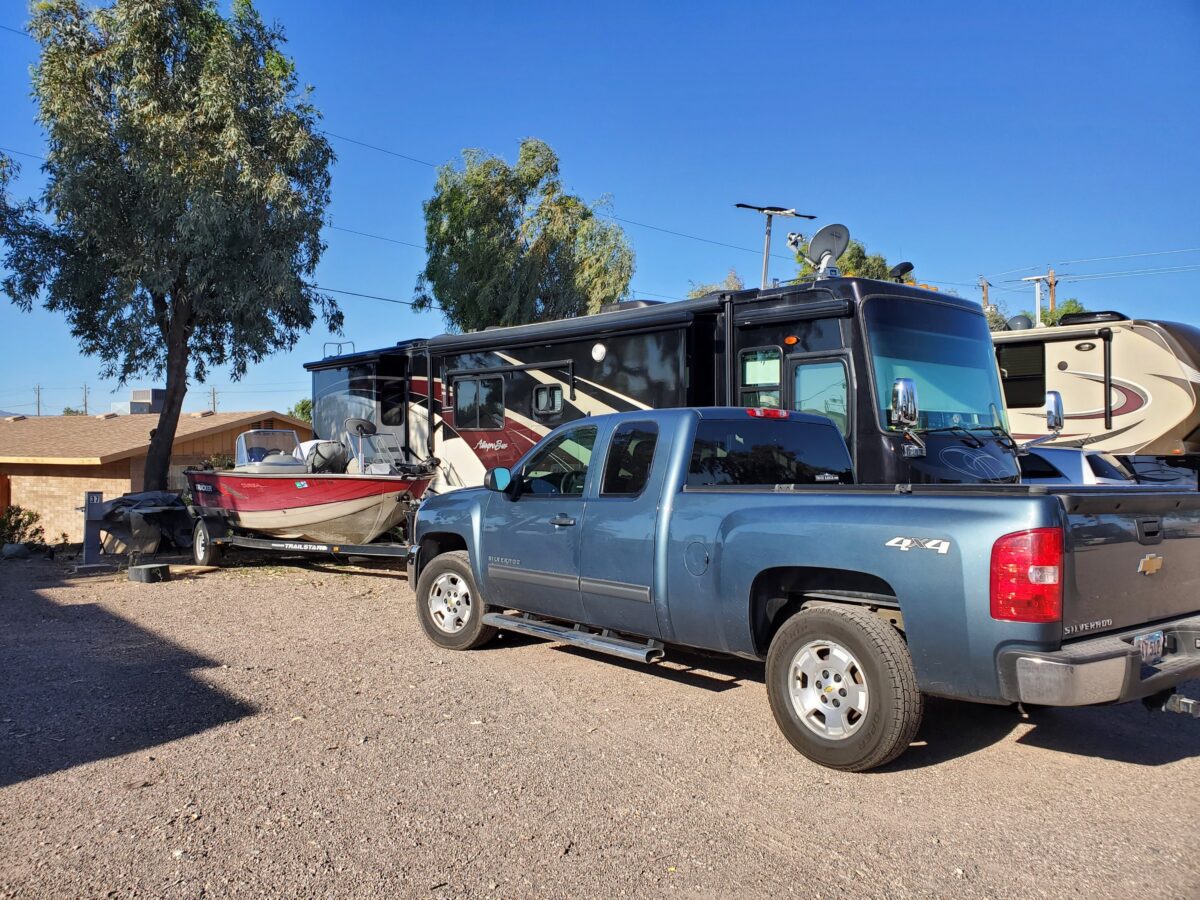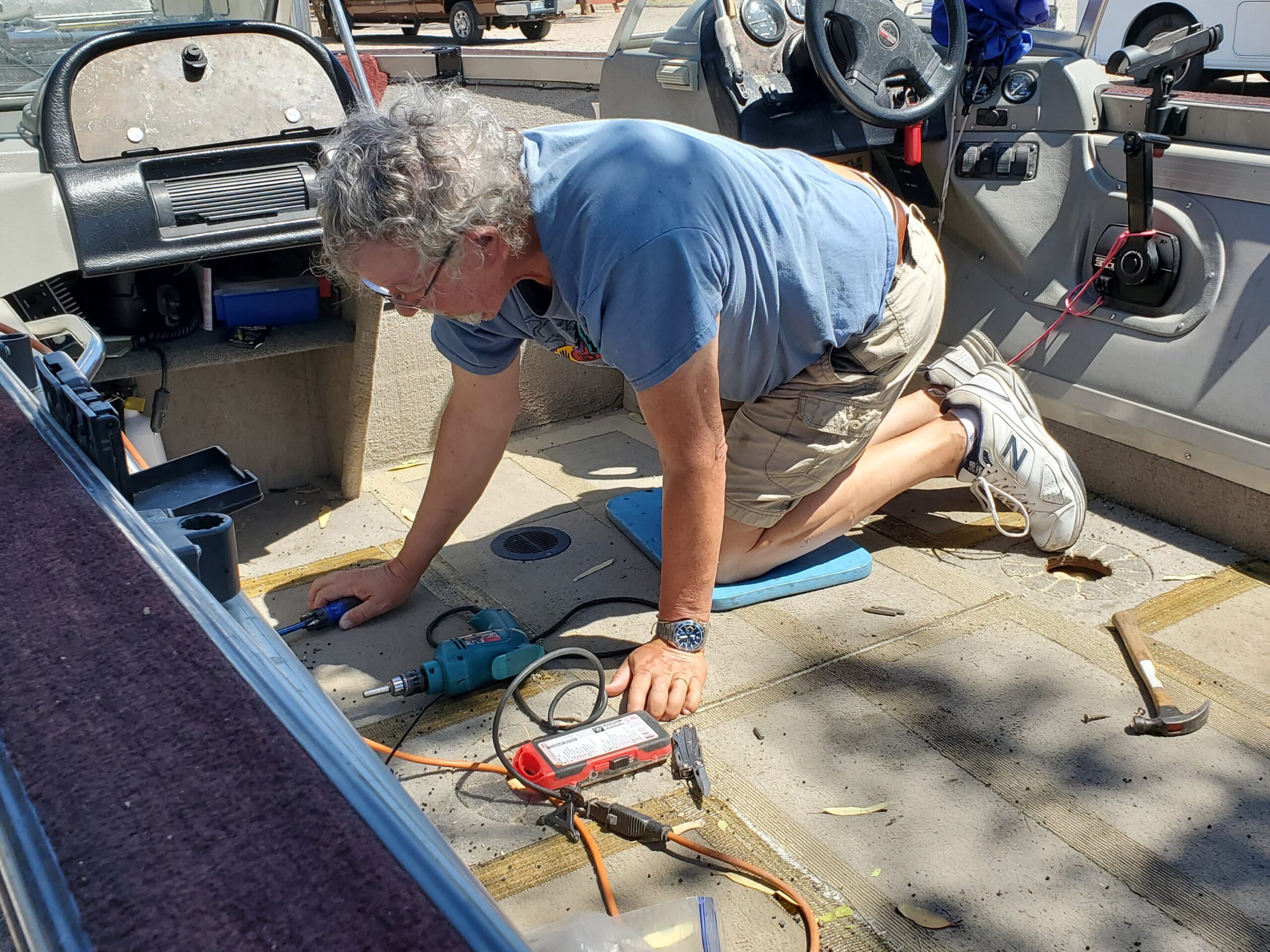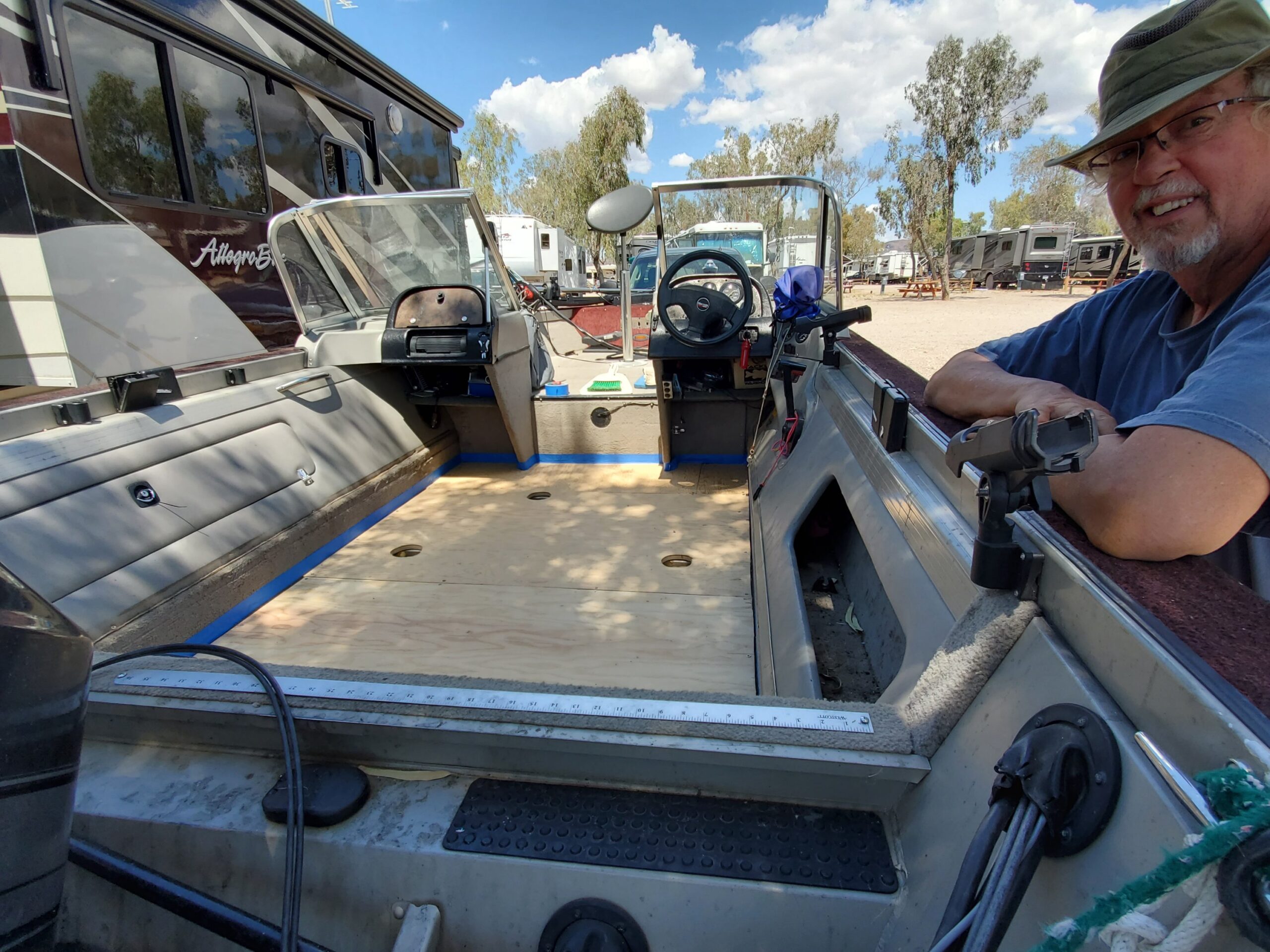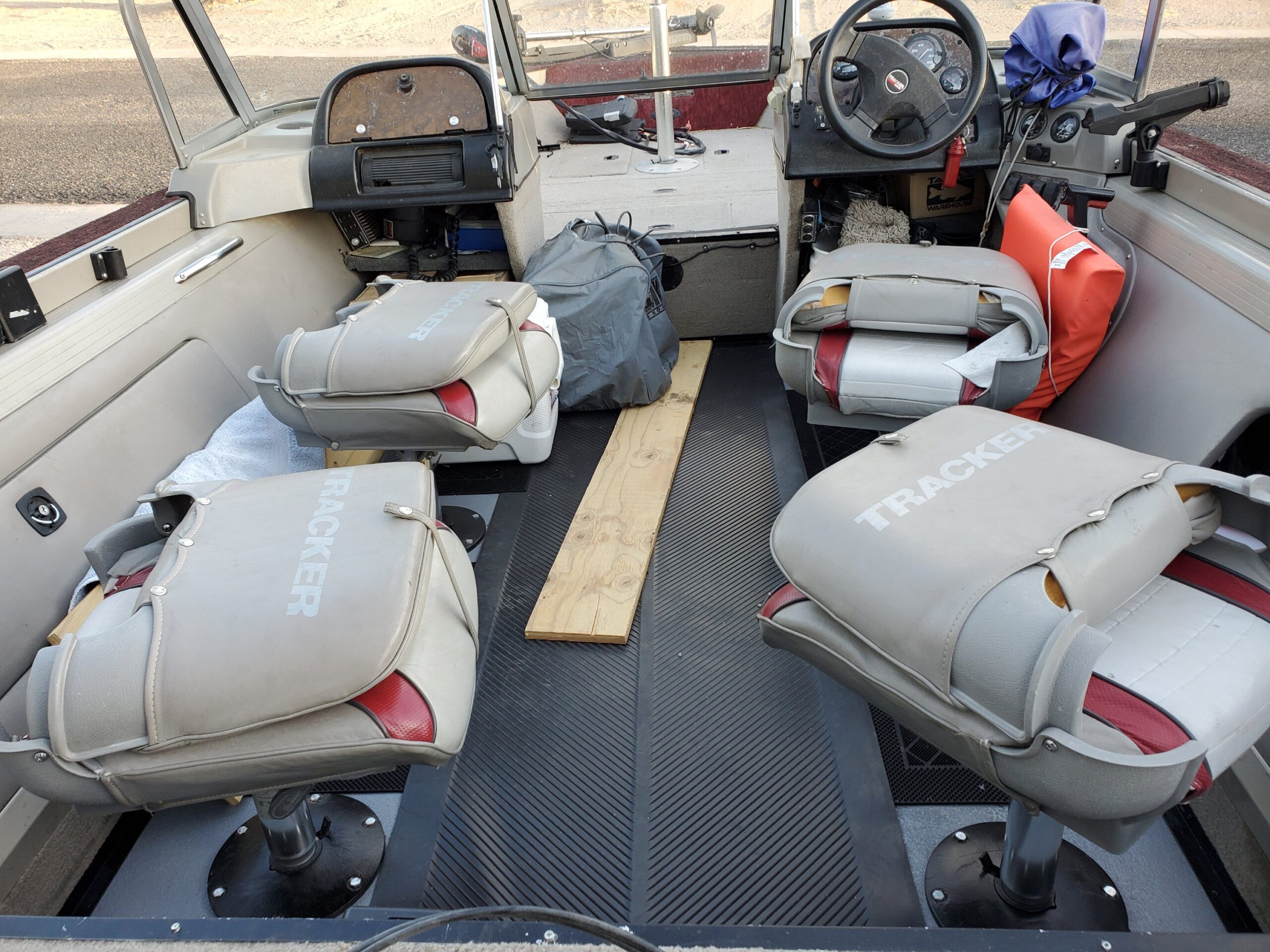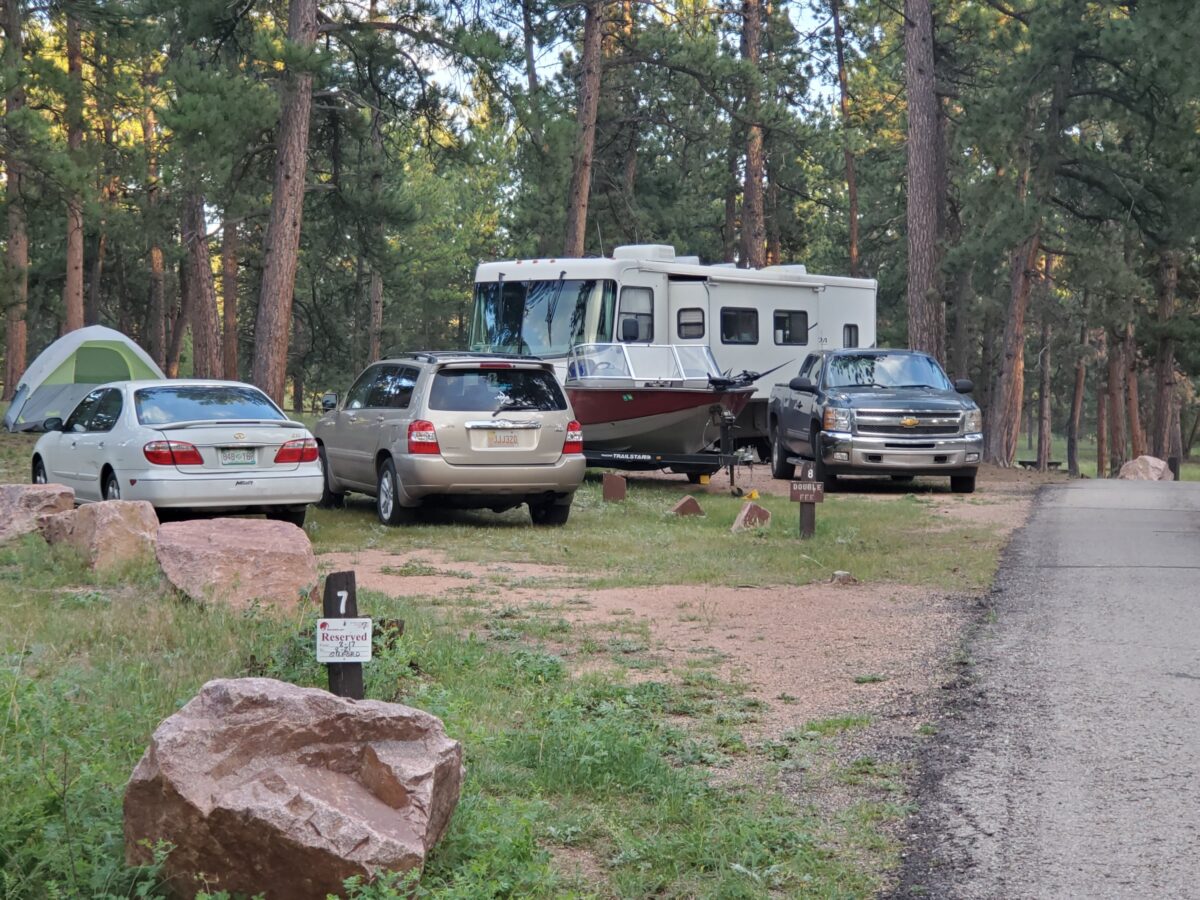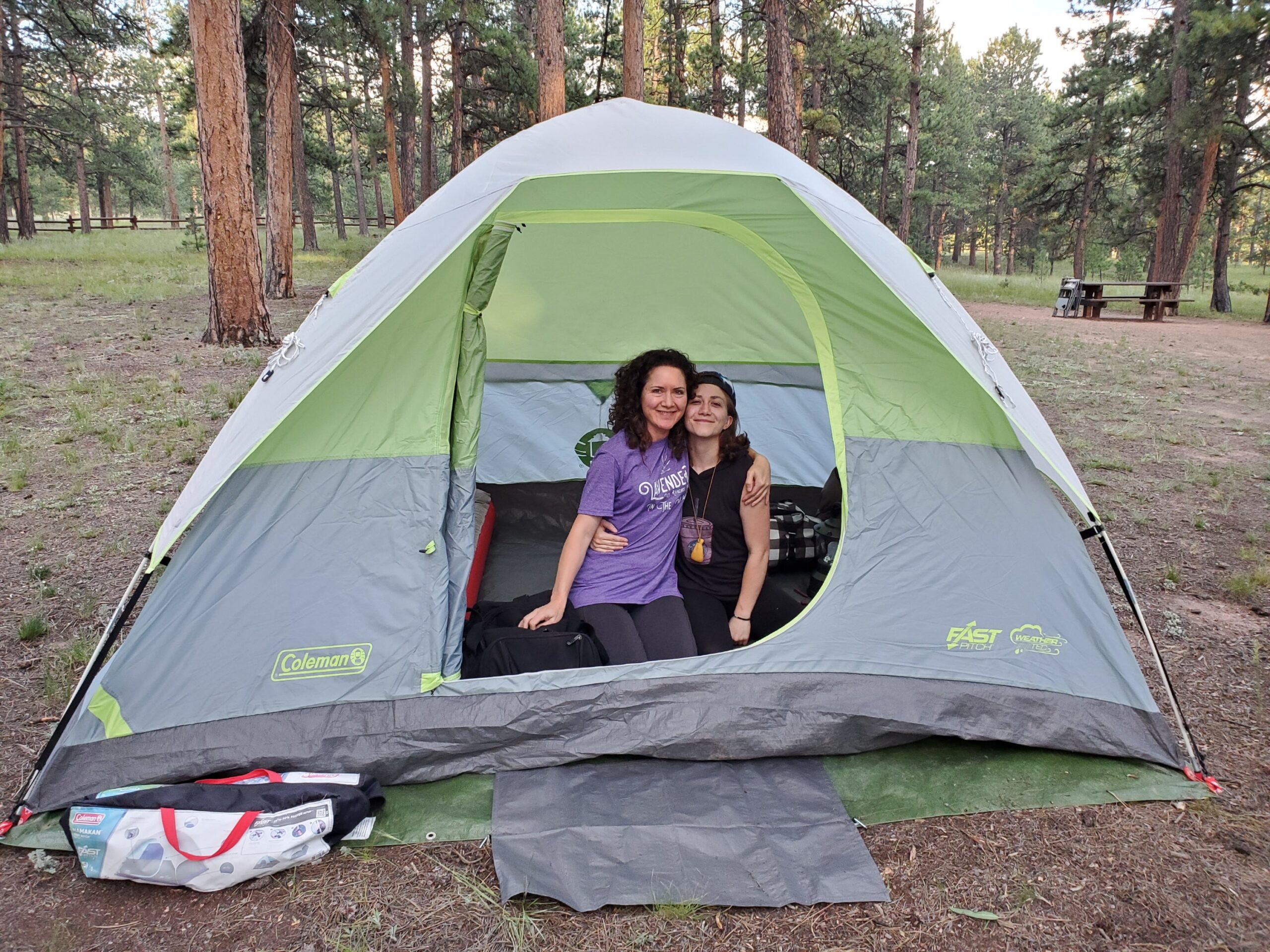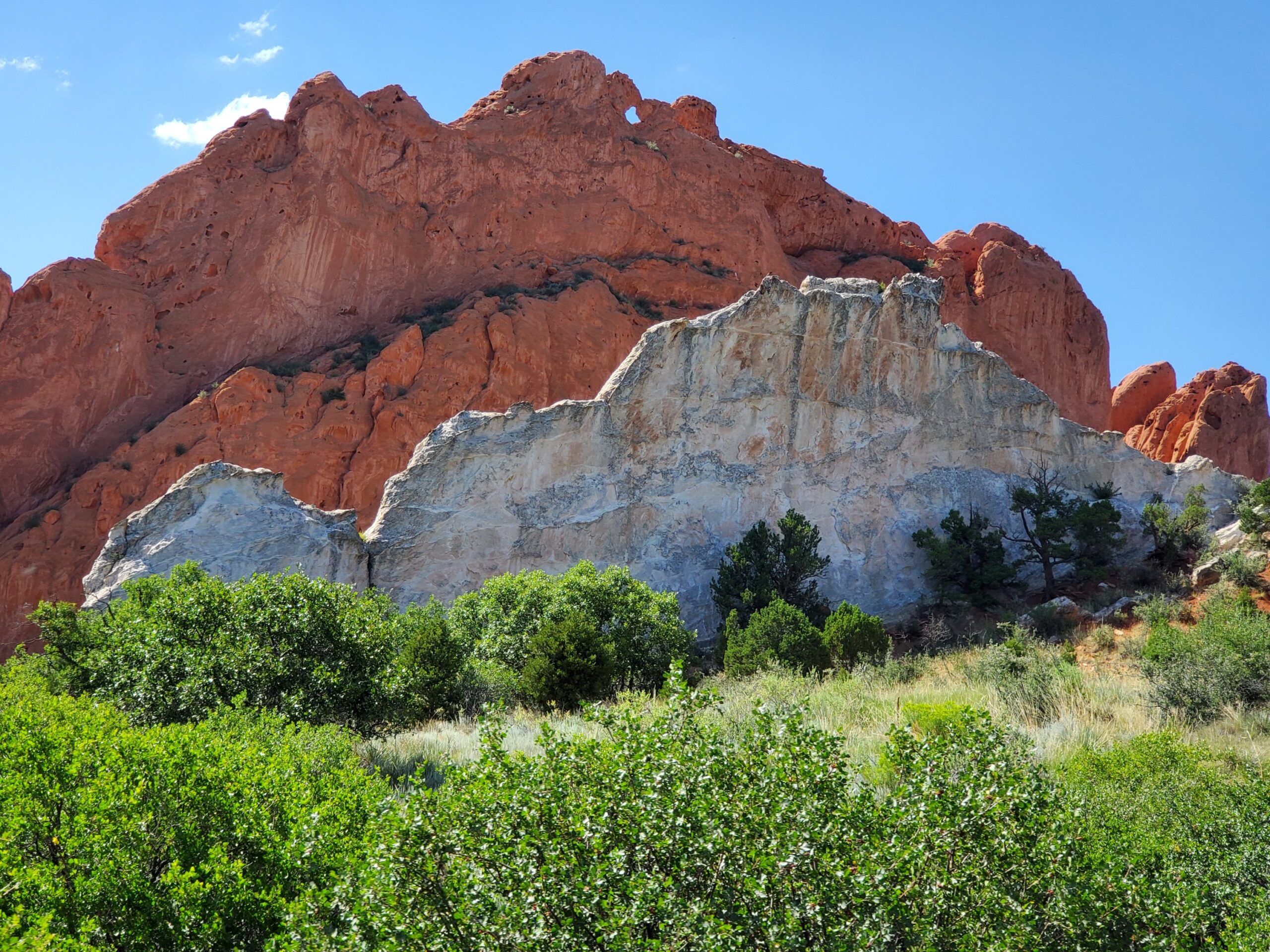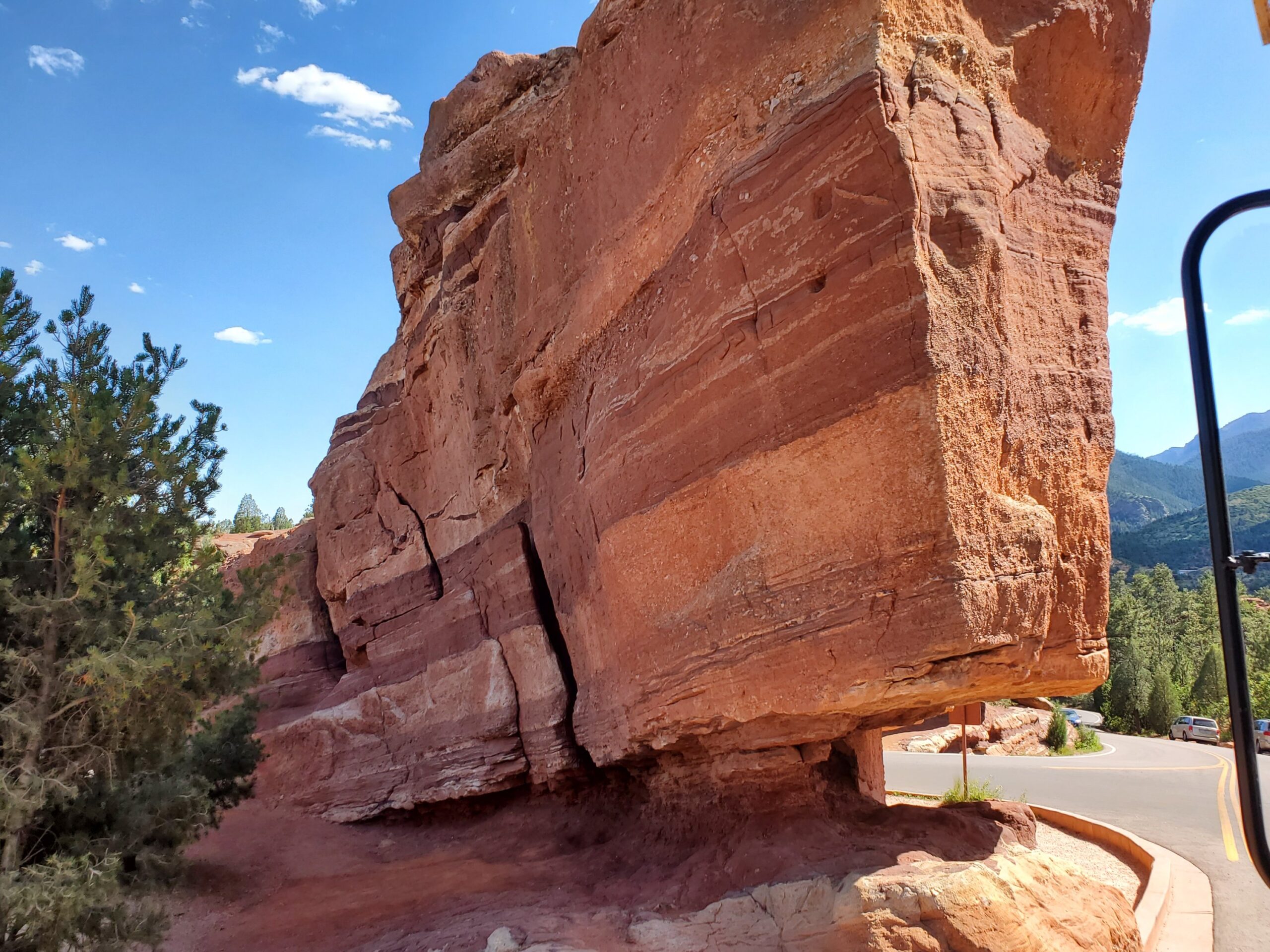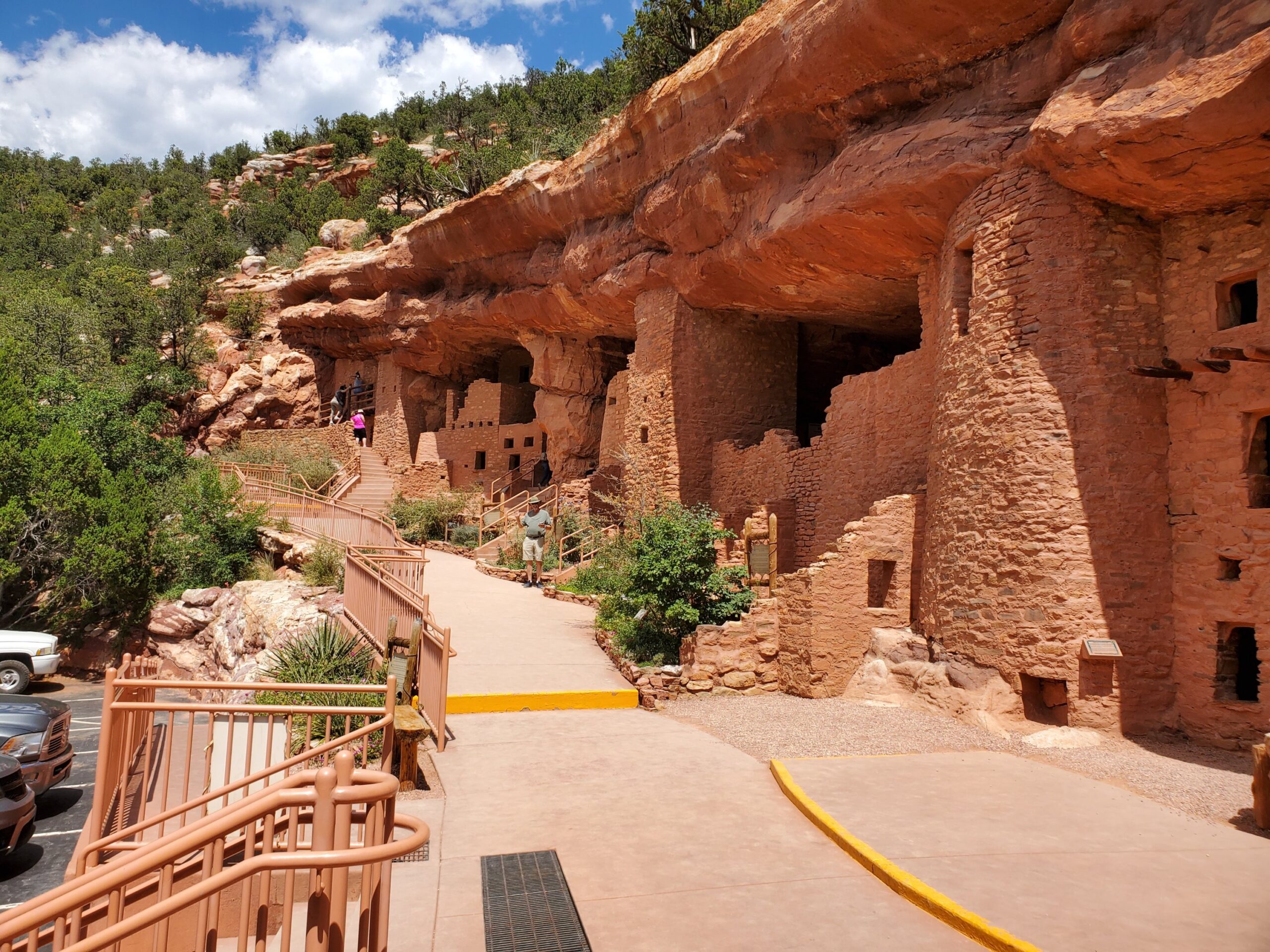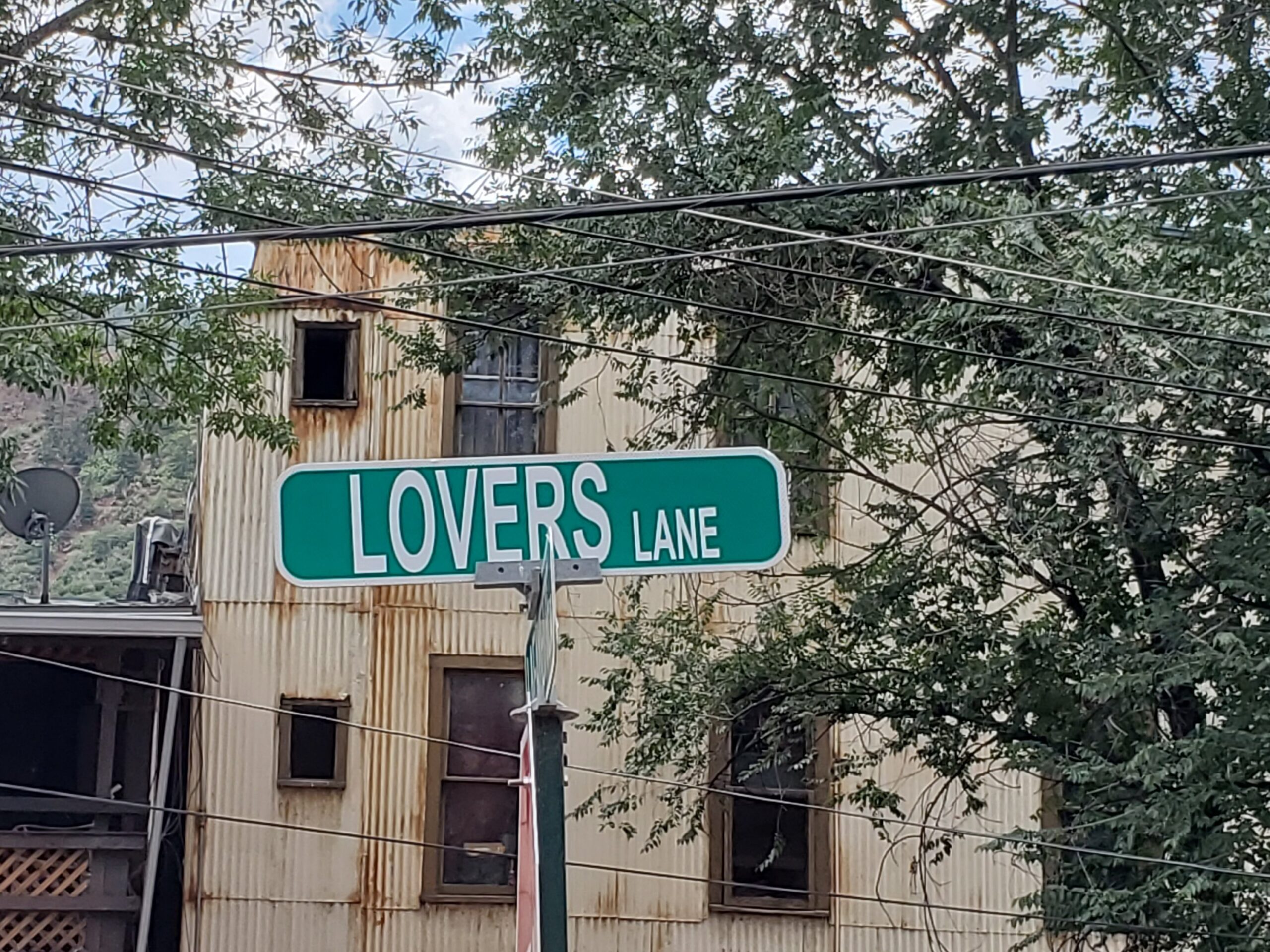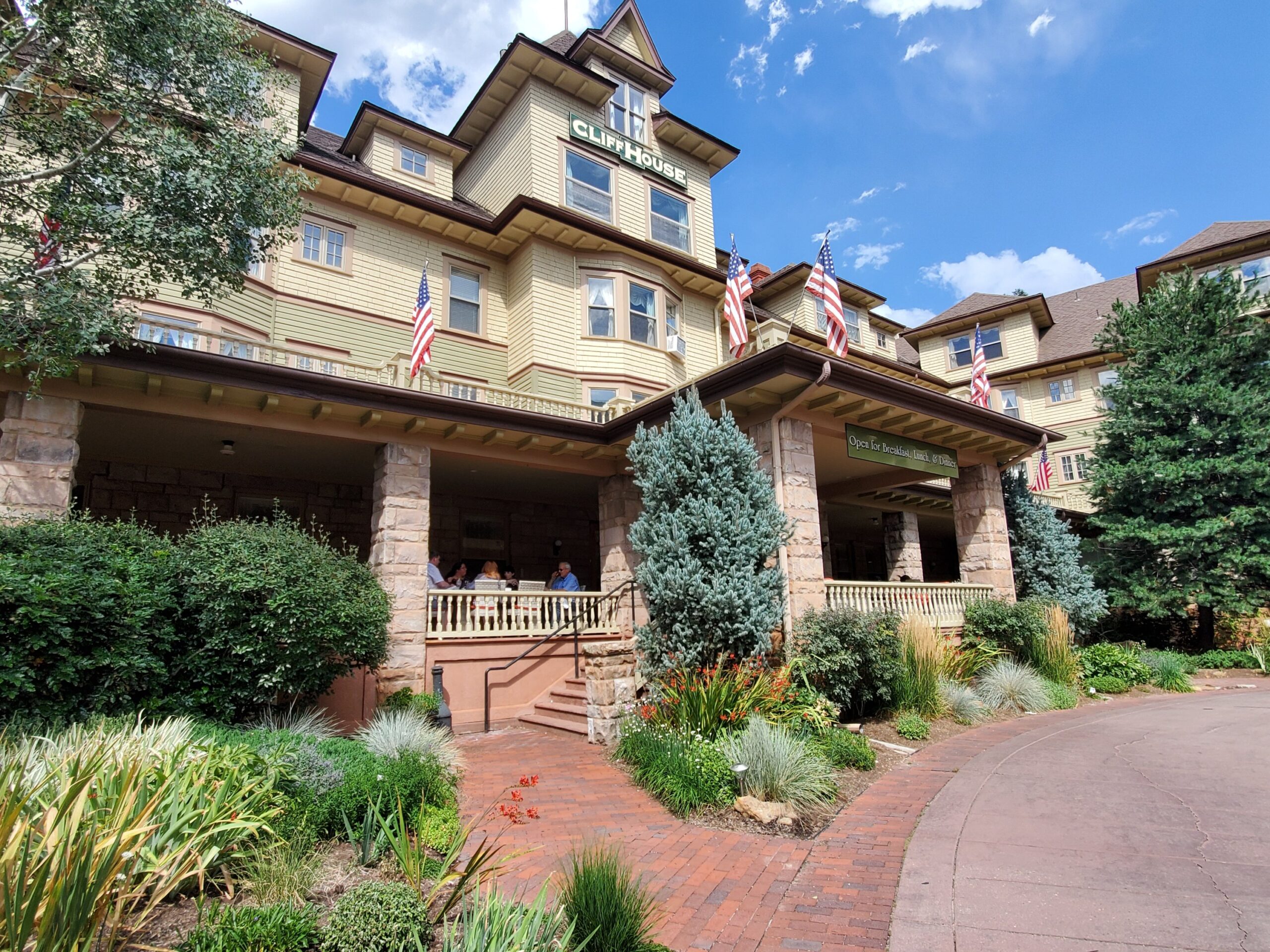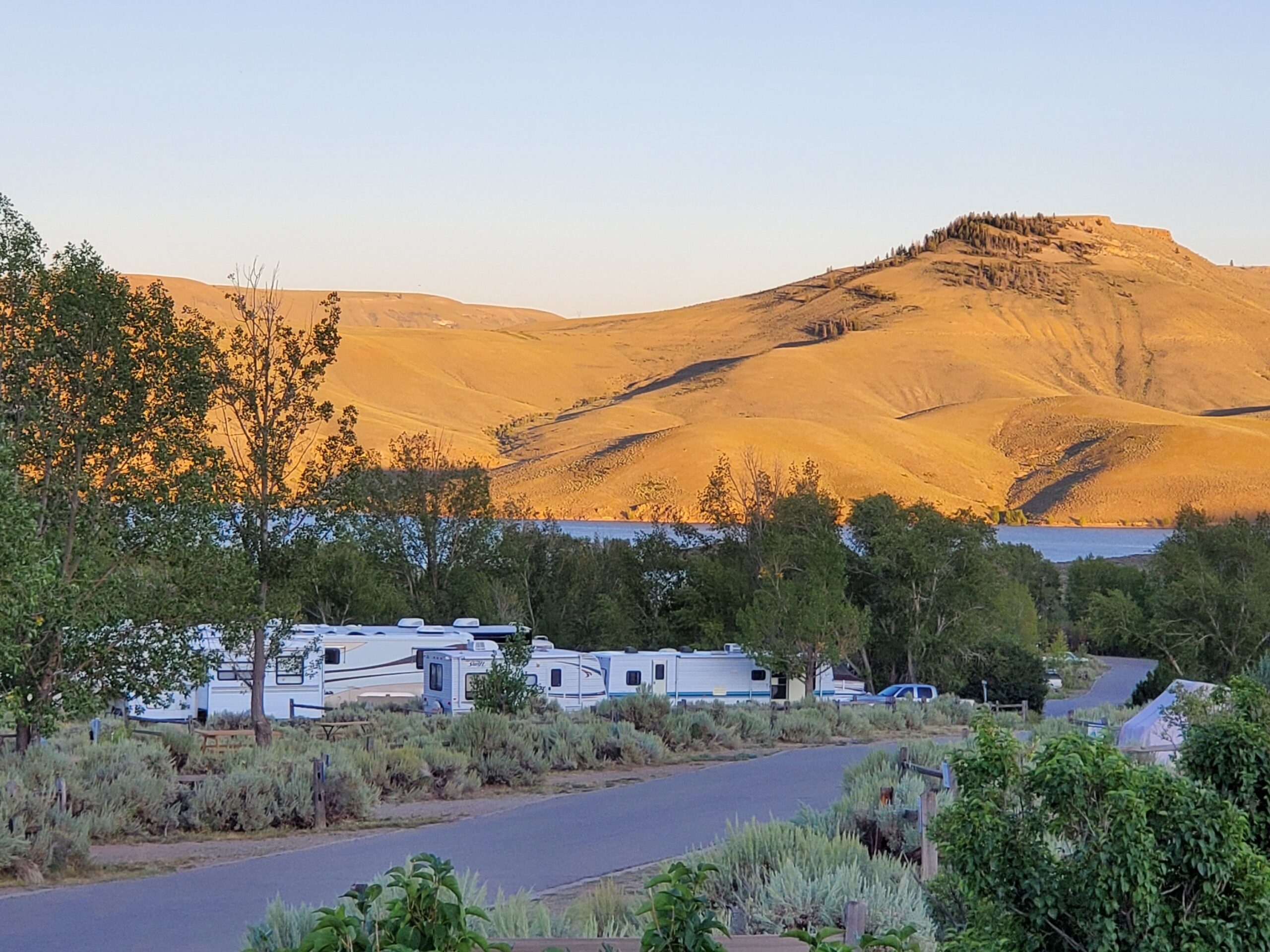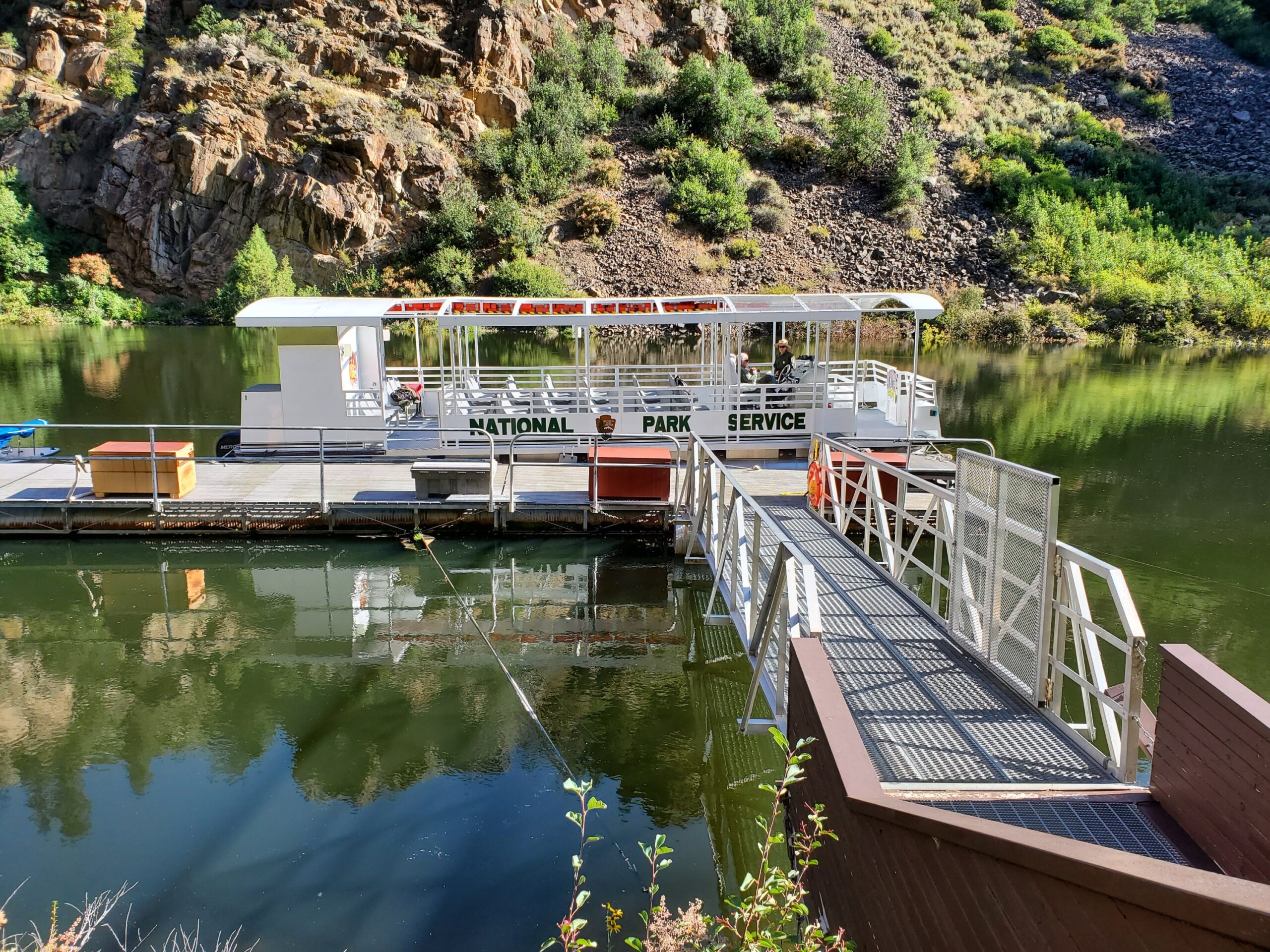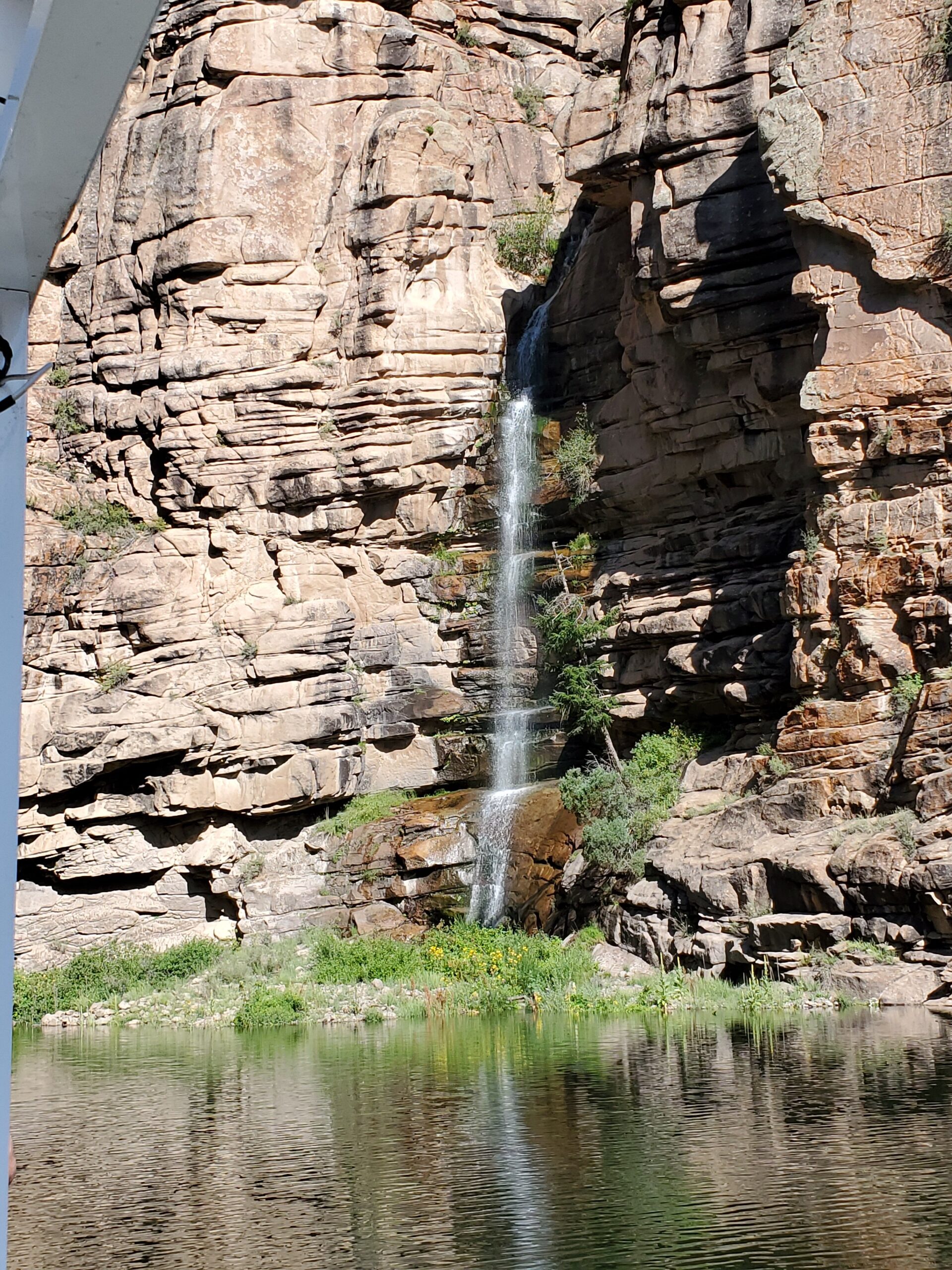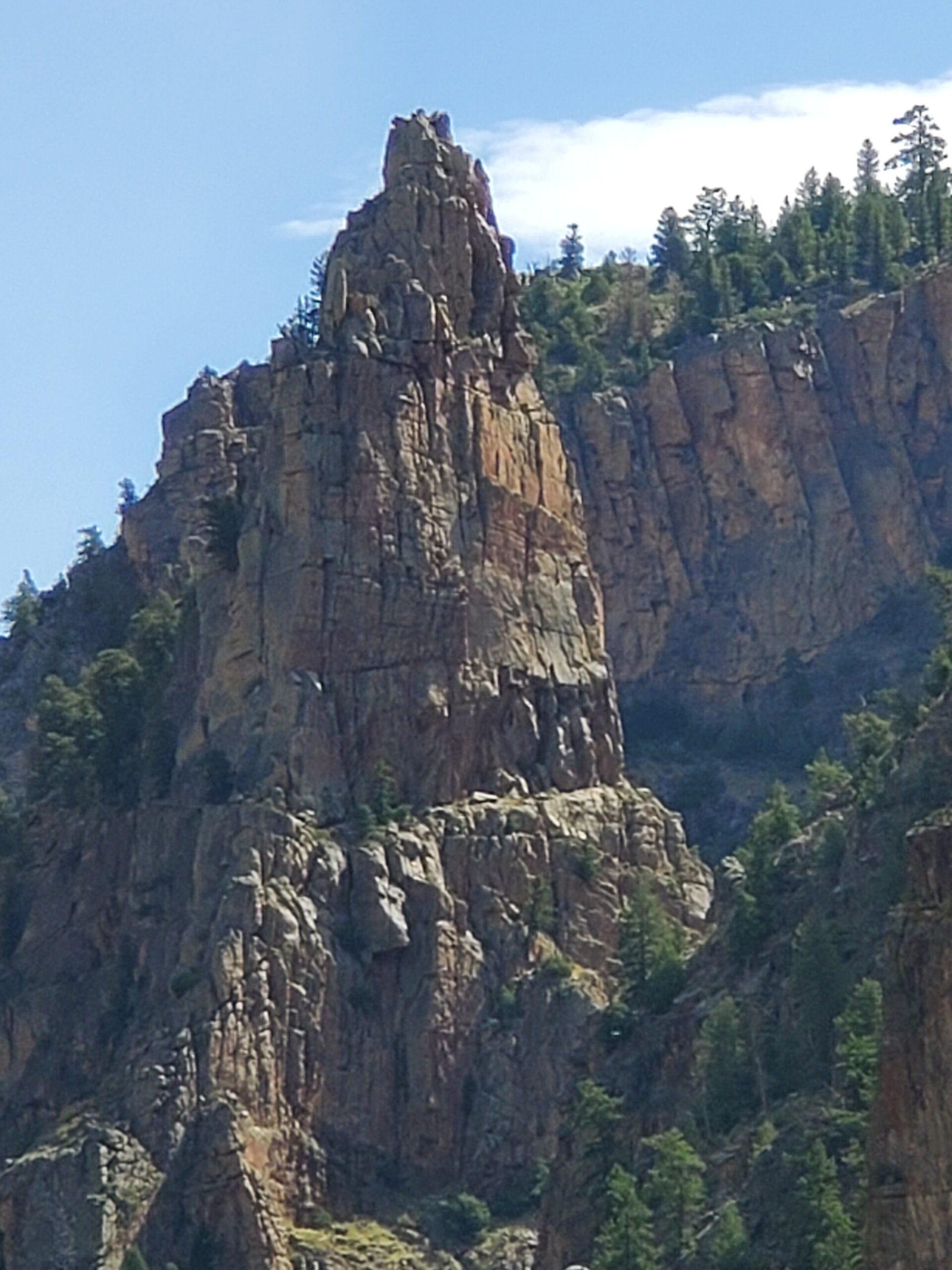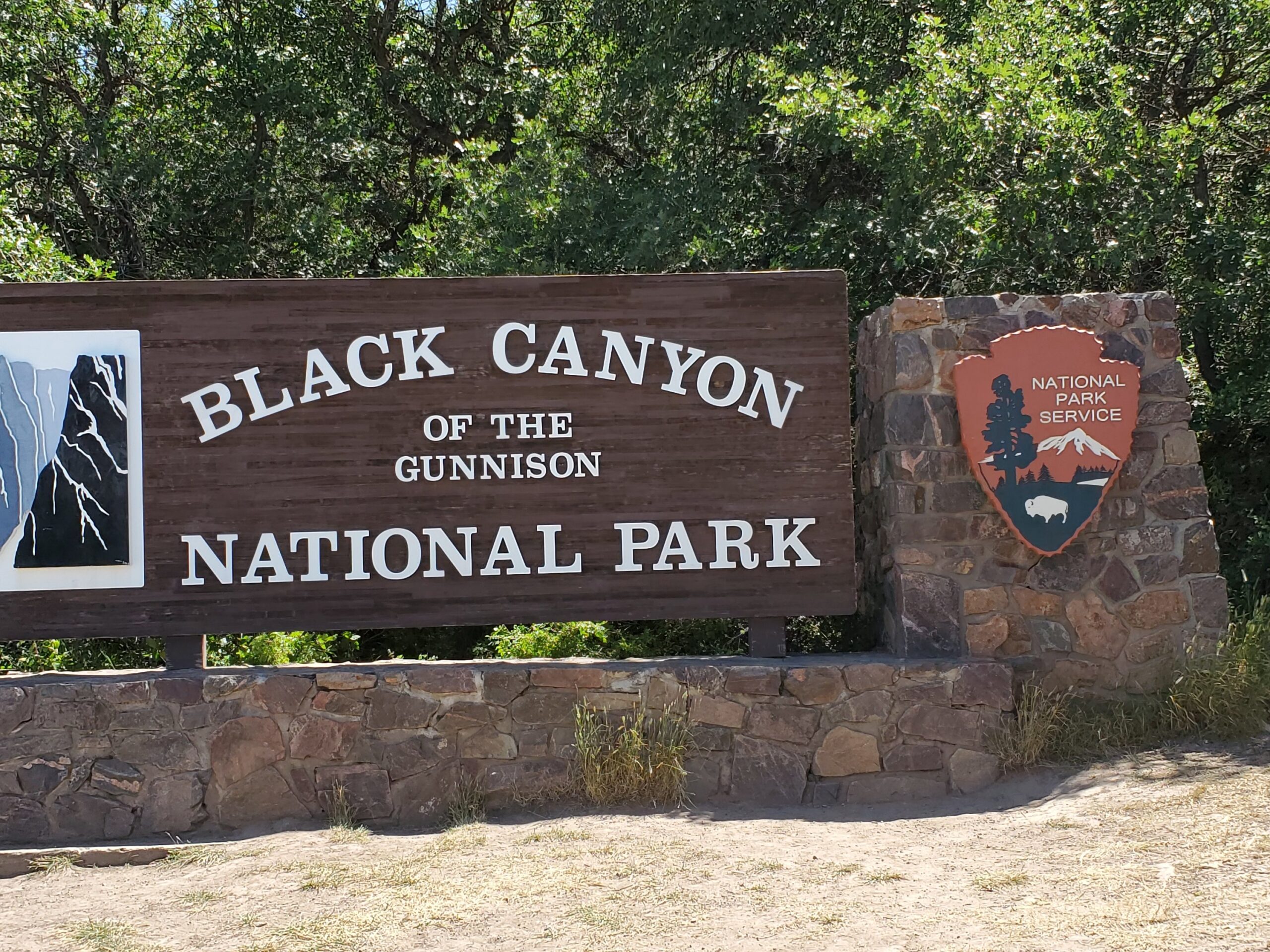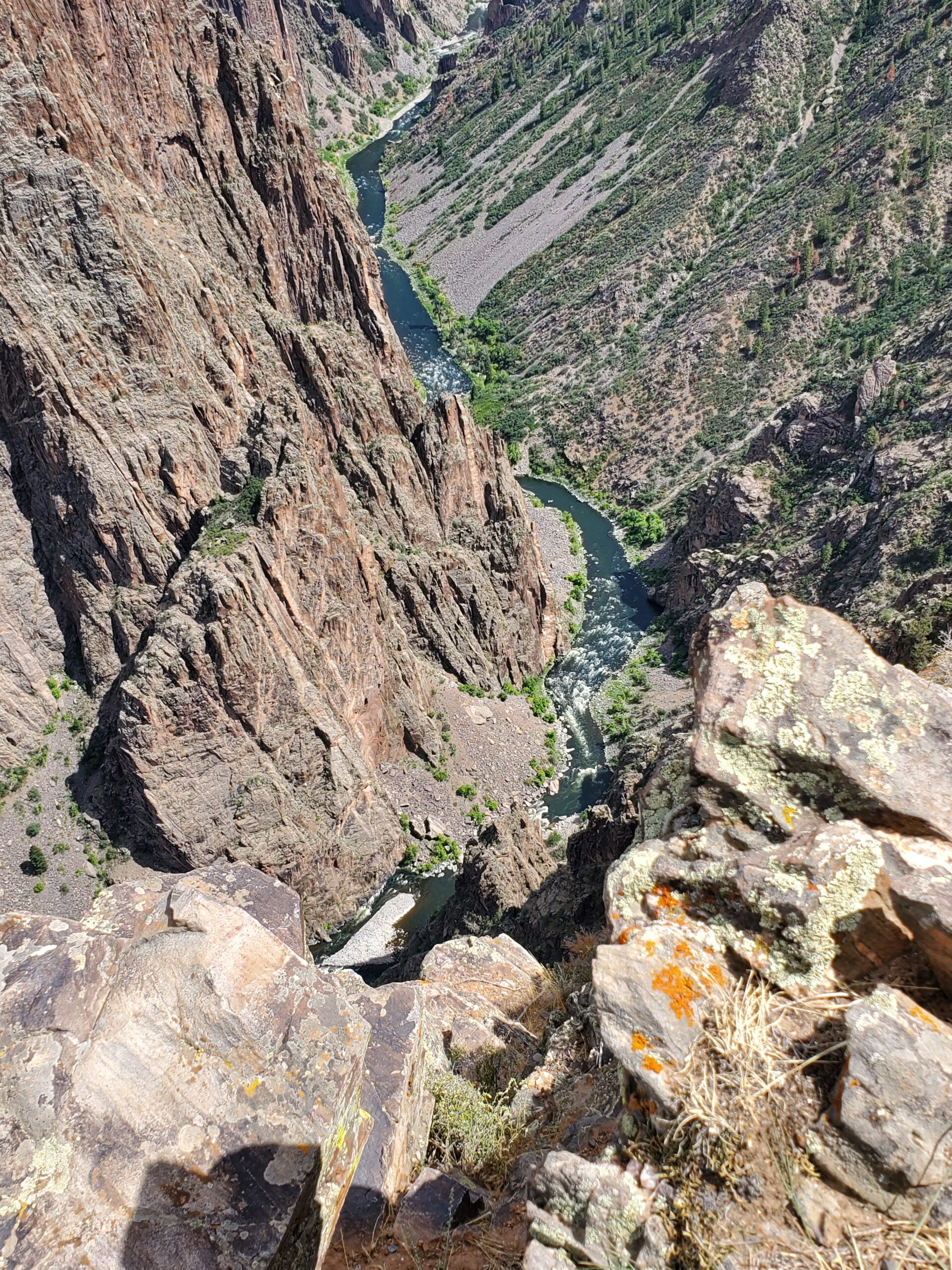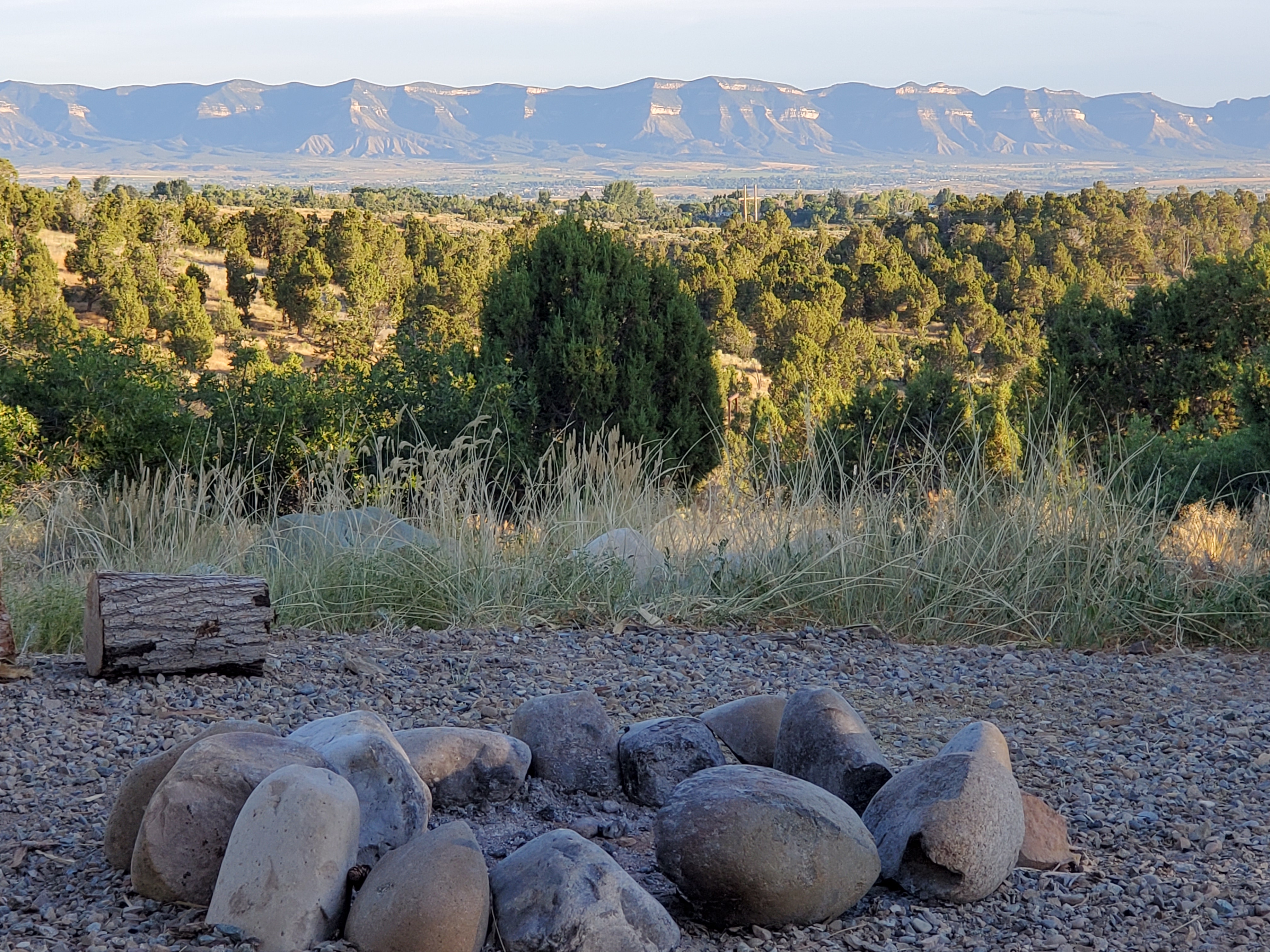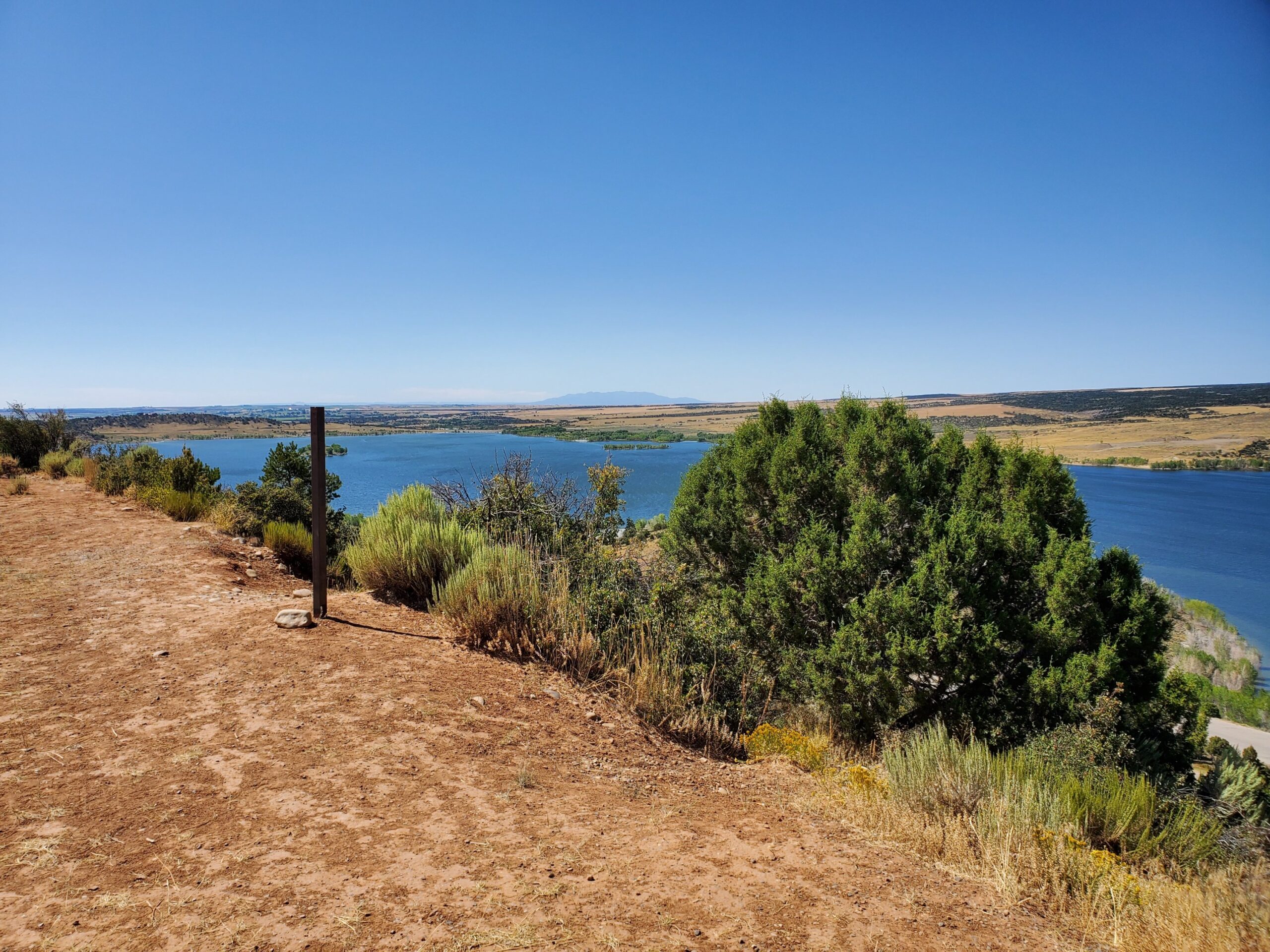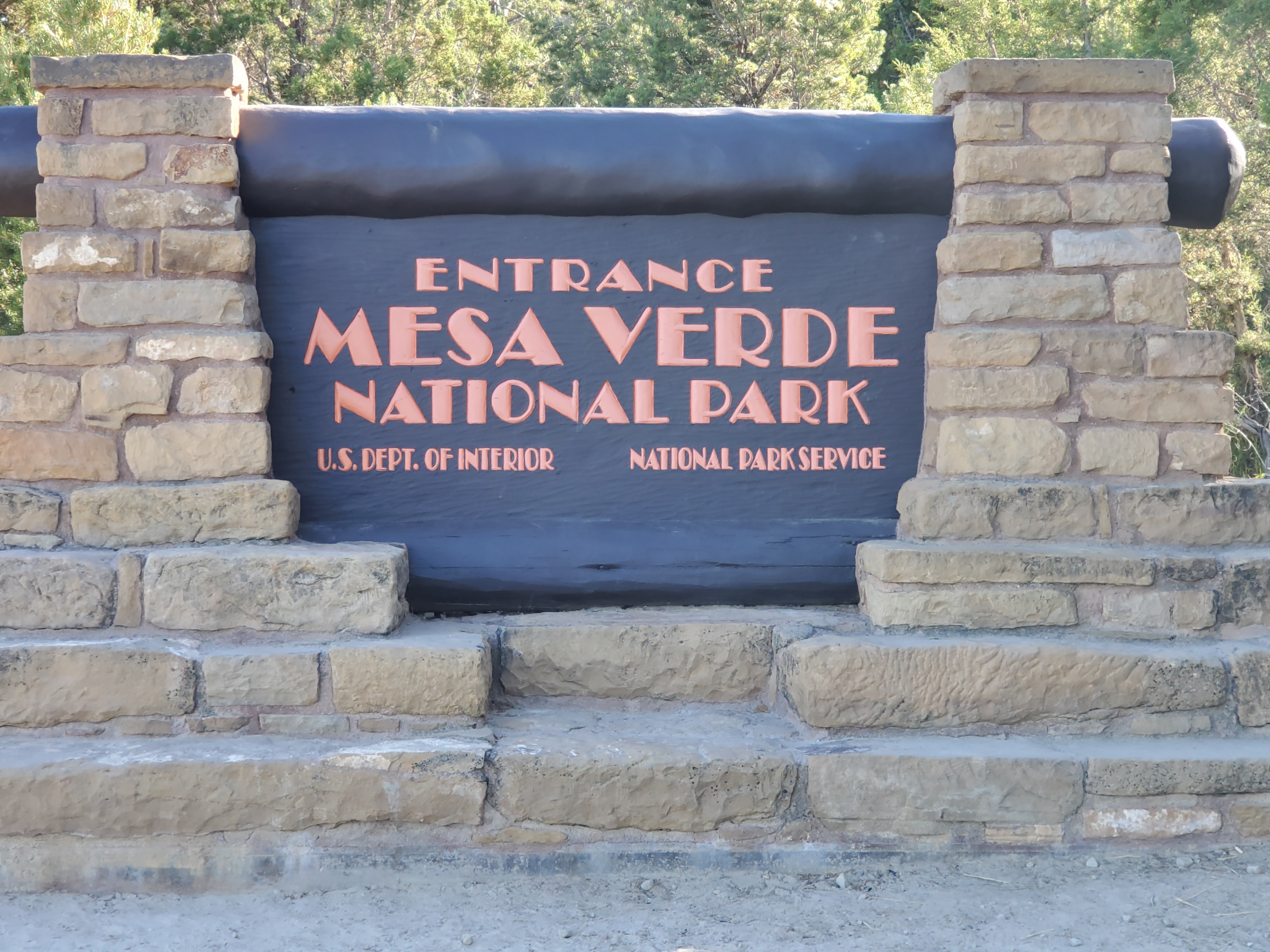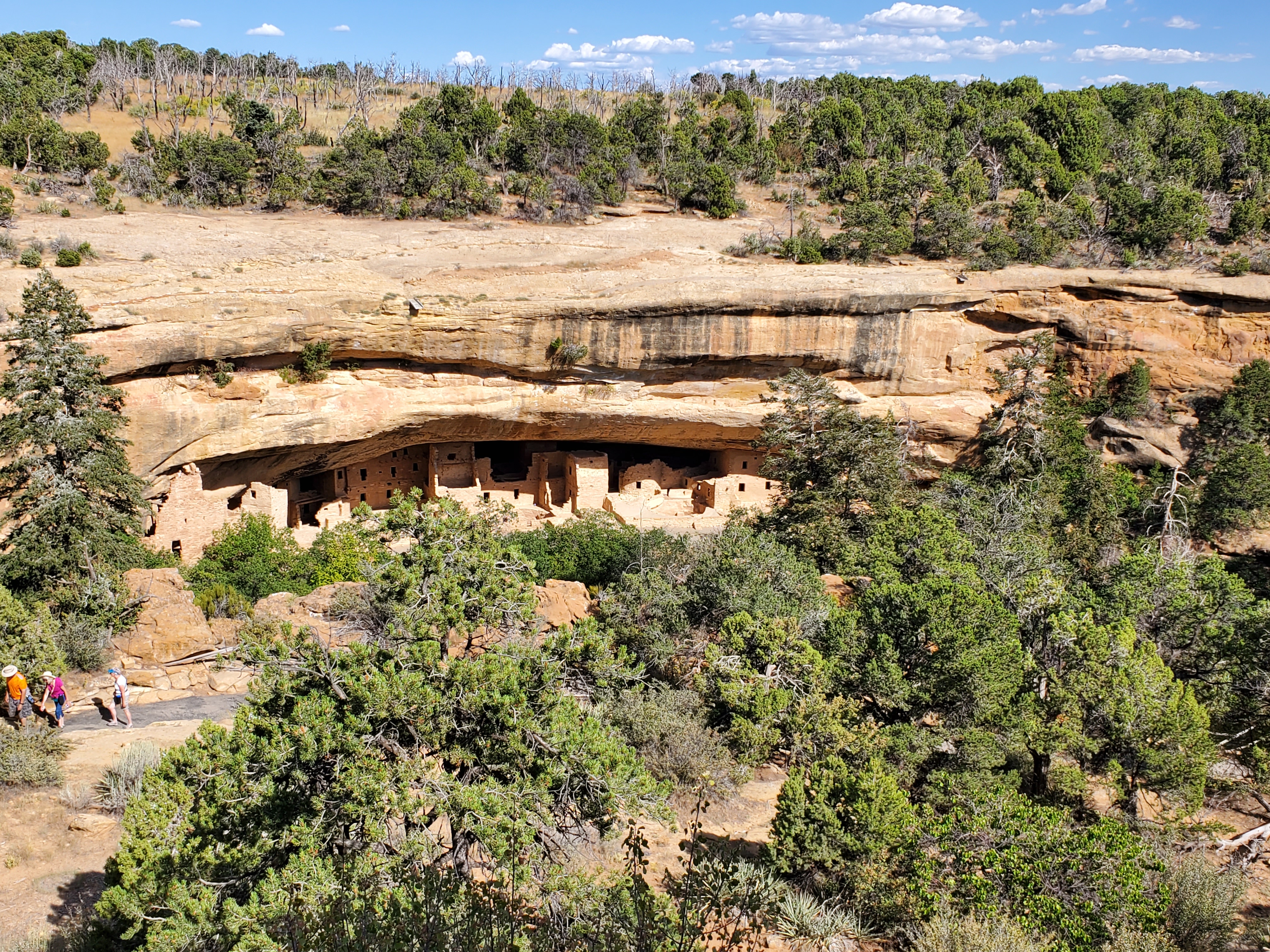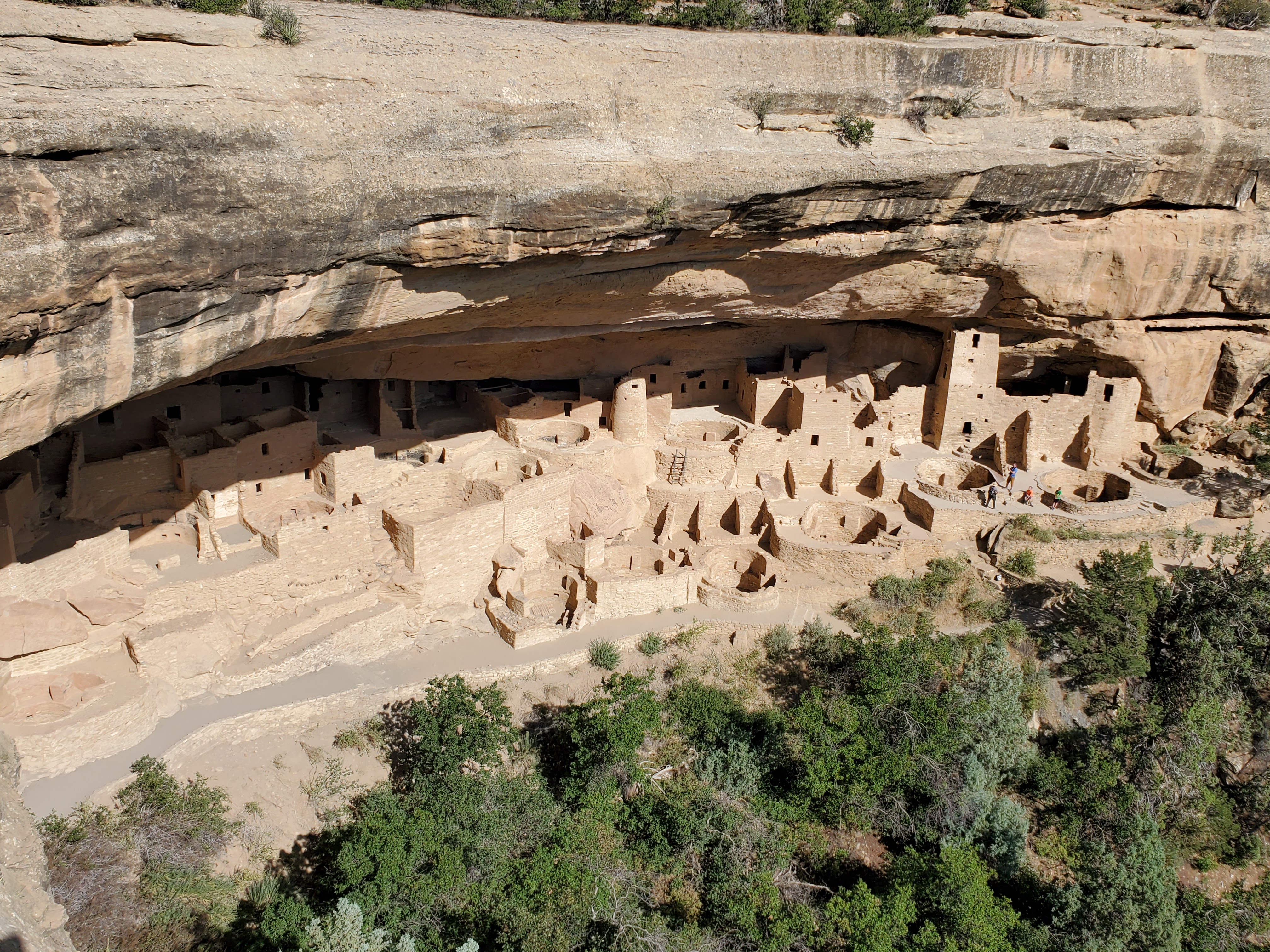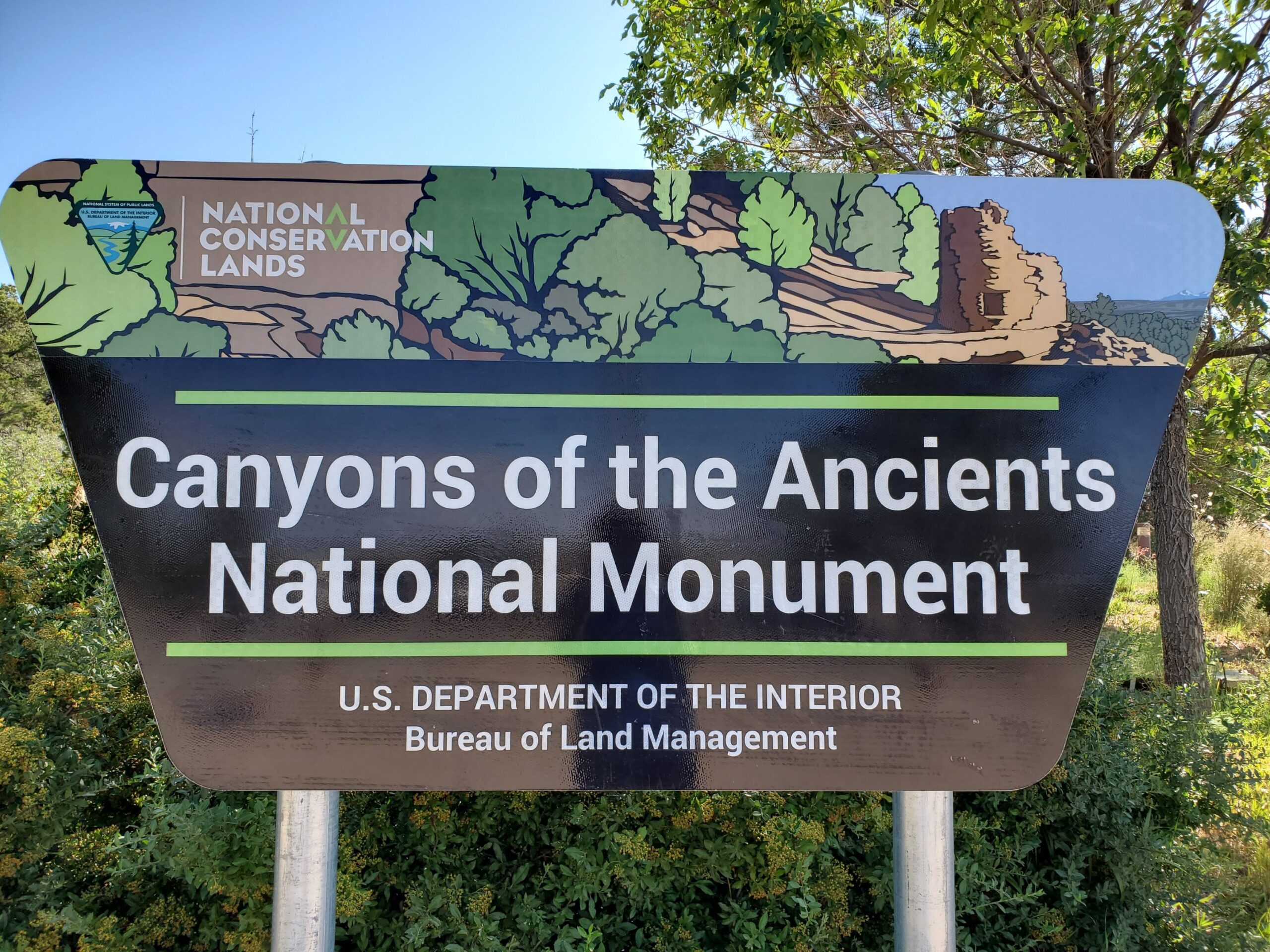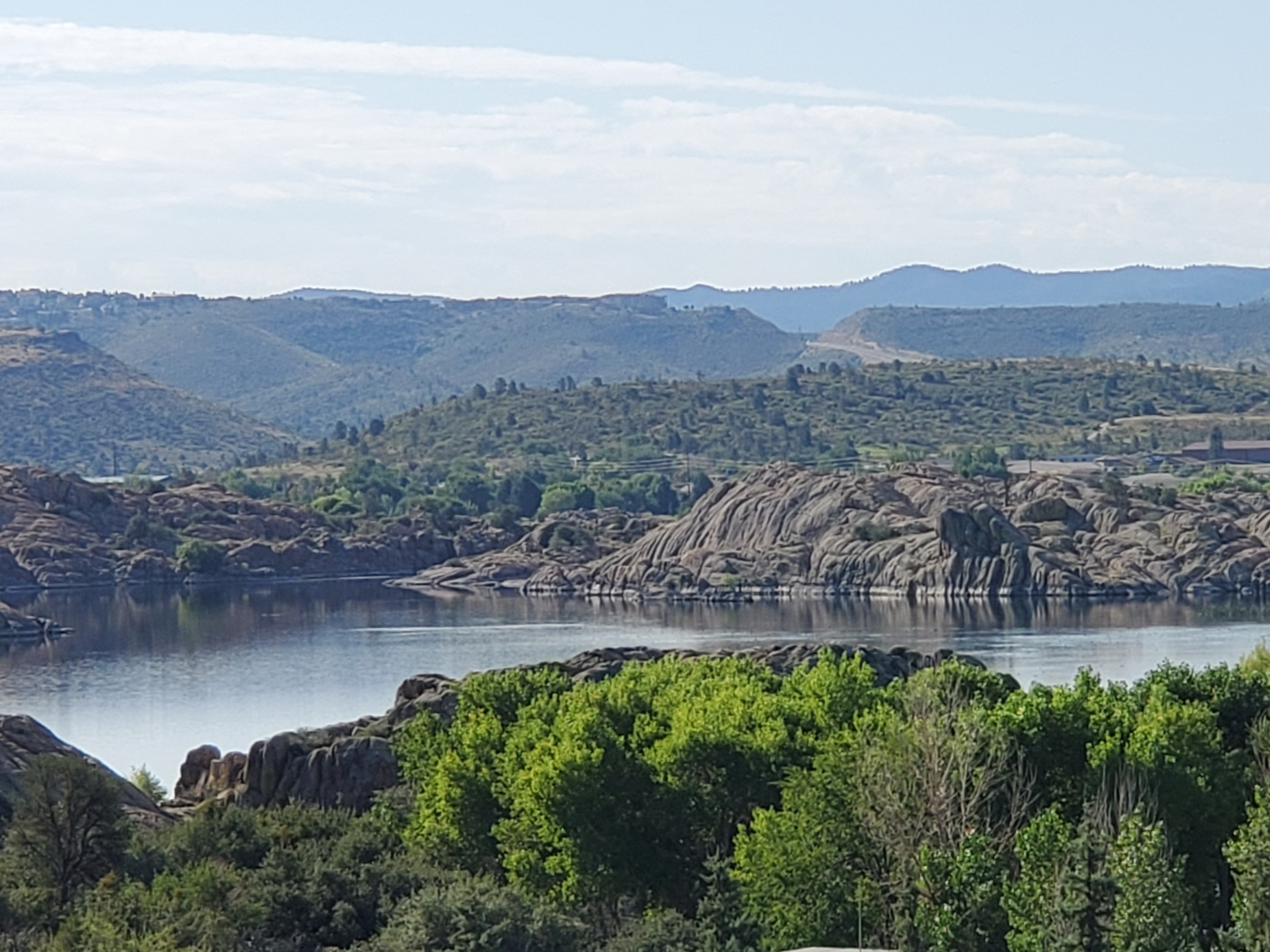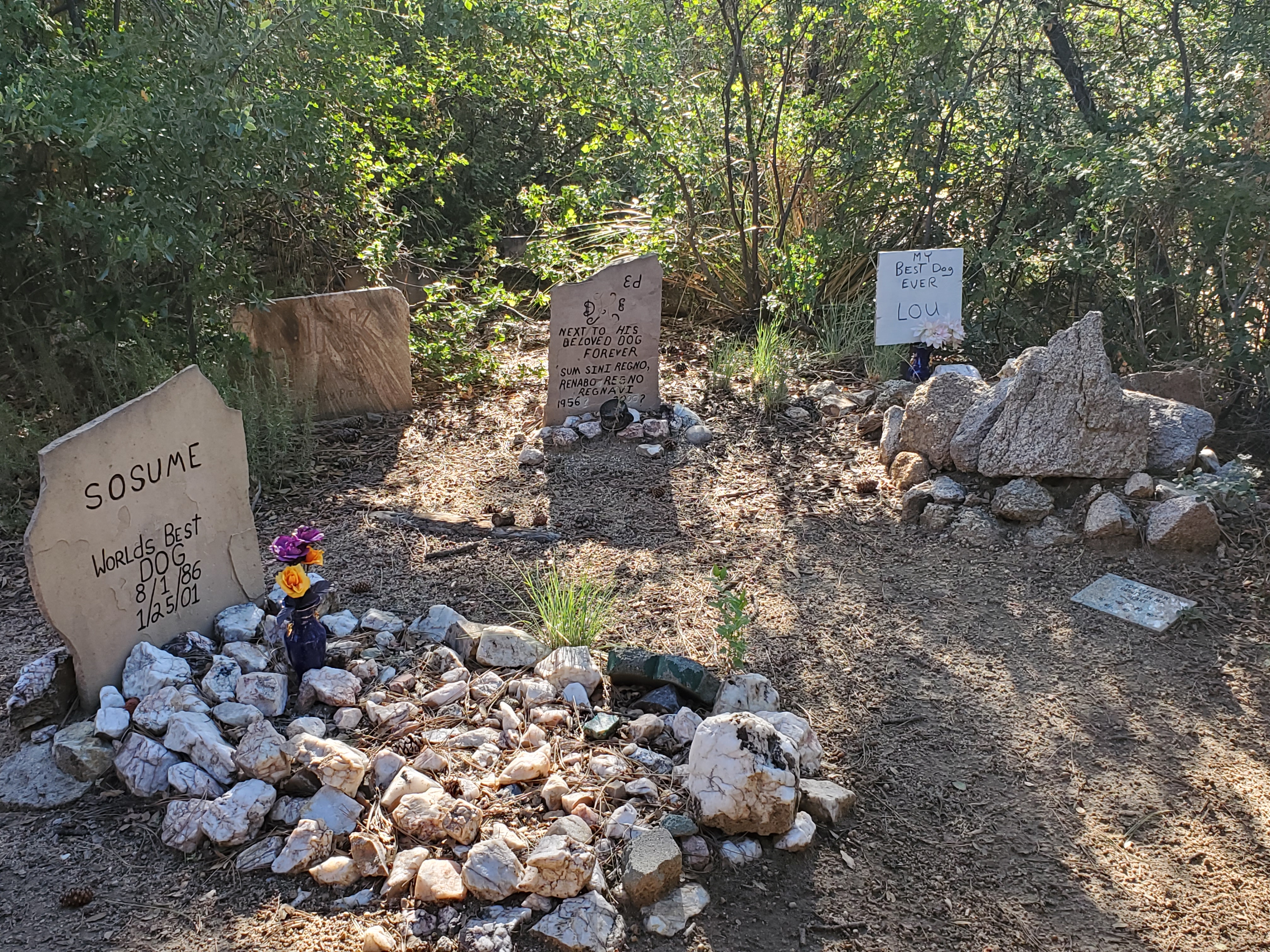First off, I think I should tell you what we look for in a RV campground when we are traveling. Our RV is our home (40′, 4 slides), so we don’t boondock or rough it. We look for the best spots we can find with full hookups (and overflow parking for our boat if it won’t fit in our spot). We avoid spots near major highways and train tracks when possible.
Arizona
Havasu Falls RV Resort, 928-764-0050, 877-843-3255, 3493 Highway 95 North, Lake Havasu City AZ 86404
We’ve stayed here before. About 80 Pull-thru and 50 Back-ins, all 30/50 AMP combos. Good location for all our errands as we kick-off or wrap-up our seasonal guided fishing at Havasu Springs Resort. This resort overlooks the lake, is not located on it. Nice pool and clubhouse and facilities are well maintained.
Would I recommend? Yes, absolutely.
Utah
Temple View RV Resort, 435-673-6400, 800-776-6410, 975 S. Main, St. George UT 84770
This park was highly recommended by friends and we were only there a couple of nights. An older park, it is well-maintained, with a lot of long-term sites. The sites were small and all back-ins. I didn’t have a real complaint here, just the thought we could do better on a return trip.
Would I recommend? No, unless the other parks I want to try are unavailable. At a minimum, it is clean and safe.
Circle L Manufactured Home Community, 801-544-8945, 231 North Main Street, Layton UT 84041 – Rate was $260/week
We chose this park because it was close to where we were having work done on our boat. We have family in Salt Lake City, so we always plan a stop to have time with them. The parks near Salt Lake City are far and few between. Last year we found one to the north, near Ogden, which was very nice. A note about that one follows this.
Circle L is about 40 years old. One area is for short term and one is for long-term. The long-term is on the seedy side. (I’m always looking for good places to walk nearby our stays.) We were there a week and though we don’t know why, there was police activity in the park every day!
Would I recommend? No. (Next time I will try Pony Express, which is closer to Salt Lake City.)
A note on Century Mobile Home & RV Park, 801-731-3800, 1483 West 2100 S, West Haven, UT 84401. We stayed about a week in the summer of 2020 and it was an excellent choice. It’s closer to Ogden, which means further from Salt Lake City. We would definitely stay again.
Idaho
Oregon Trail RV Park & Campground, 208-733-0853, 2733 Kimberly Road, Twin Falls ID 83301 – Rate was $35/night
Friends who stay here in summer recommended this location. We were visiting other friends in Twin Falls and decided to stay here so we could easily see both sets of friends. Most of the sites are pull-through and they are good size. The managers are a young couple who could not be more pleasant or more helpful.
Would I recommend? Absolutely!
Boise Riverside RV Park, 208-375-7432, 6000 N. Glenwood, Garden City, ID 83714
A friend who we were going to visit in Boise recommended this one. I called some time ahead of our arrival for a two-week reservation and learned they only had one spot, which happened to be a back-in site with no sewer connection. They told me they had a weekly service to dump the tanks, so I reserved the site. They also told me they had overflow parking for our boat.
On arrival, the manager looked out the window at our pick-up towing the boat and said, “What are you going to do with that?” I thought it was a joke, but it wasn’t. Fortunately, our friends were with us and said they could store the boat at their house.
We planned on being in the park for the first week, and then traveling around the state for the second week. When I finally got around to visiting the office to clarify arrangements about dumping the water tanks, the manager said you did not have to be present if you would vent the tank before you left. I wasn’t sure about this term, but she meant to prop the toilet in the open position when we left. She added casually, “It may stink when you return!” Ha ha. I don’t think so. By then I had learned there were 100 pull-through sites with sewer connections – but they didn’t have one available on such short notice. We checked out after one week.
Would I recommend? Absolutely! And here’s why. This park is located on the Boise River Greenbelt which runs four miles to the north and five miles to the south. It is GORGEOUS. (The park has bike rentals, and the walking was awesome.) I would love to have more time to explore that greenbelt. Next time though, I’d make sure I had a pull-through spot and I would make a reservation for boat-parking at the same time.
Wyoming
All this traveling was taking us to our summer destination, Buckboard Marina, on Flaming Gorge, which would be our home base for the next four months. The first year we visited, it was more of a fish camp than an RV resort, but that’s the year I discovered Kokanee (landlocked Sockeye Salmon), and my life has never been the same!
Turns out, new owners were taking over as we left that season, so we had a big surprise on arrival at the end of May 2021. Improvements were significant and included a bar and restaurant. It was sliding nicely to the RV resort side of the equation.
Buckboard is halfway between Green River, WY, and Manila, UT. A short drive through Manila puts you further into Ashley National Forest, Sheep Creek Geological Loop, and Flaming Gorge Visitor Center – some of the most spectacular scenery we’ve ever seen.
Would I recommend? Absolutely!
